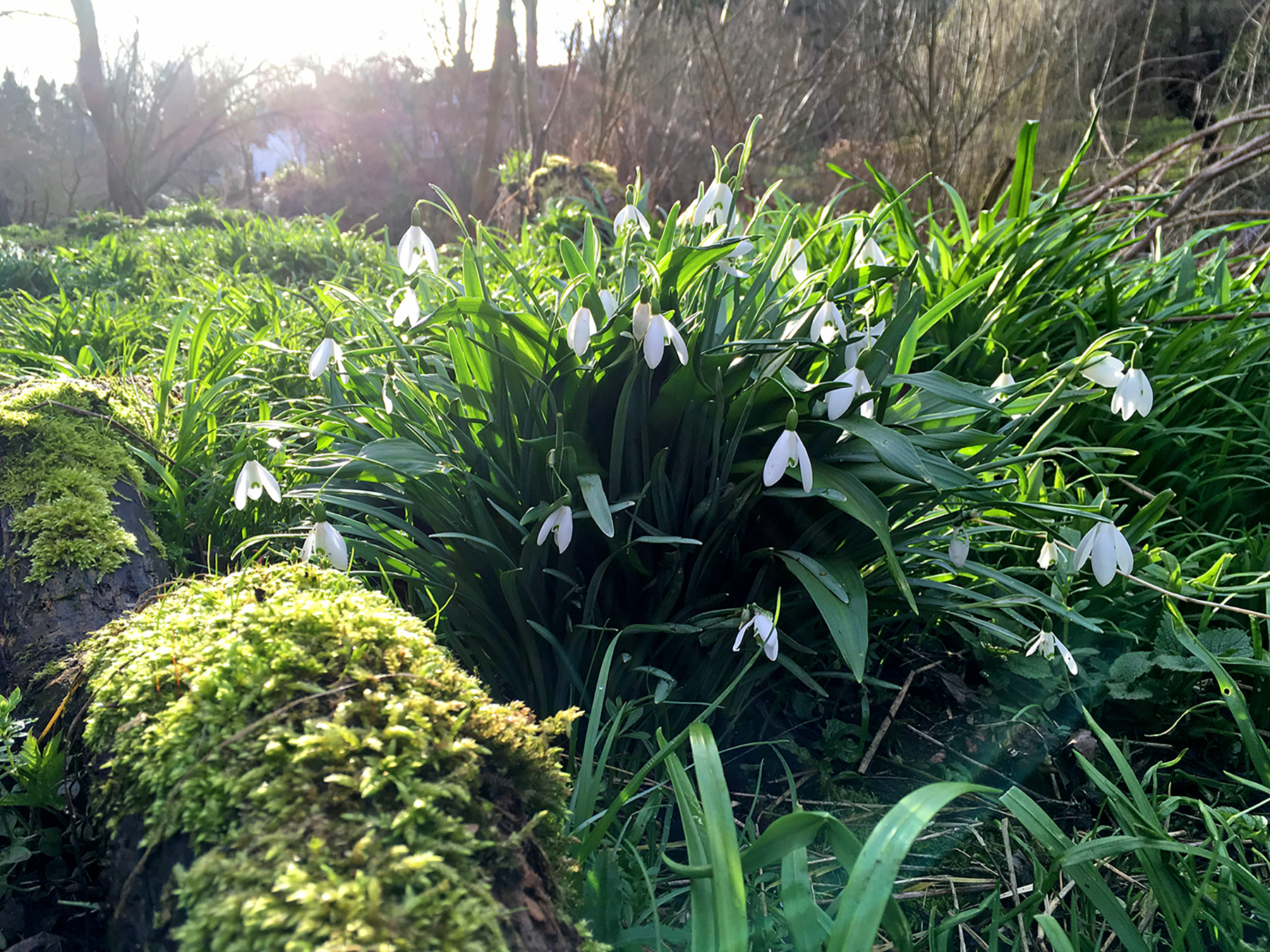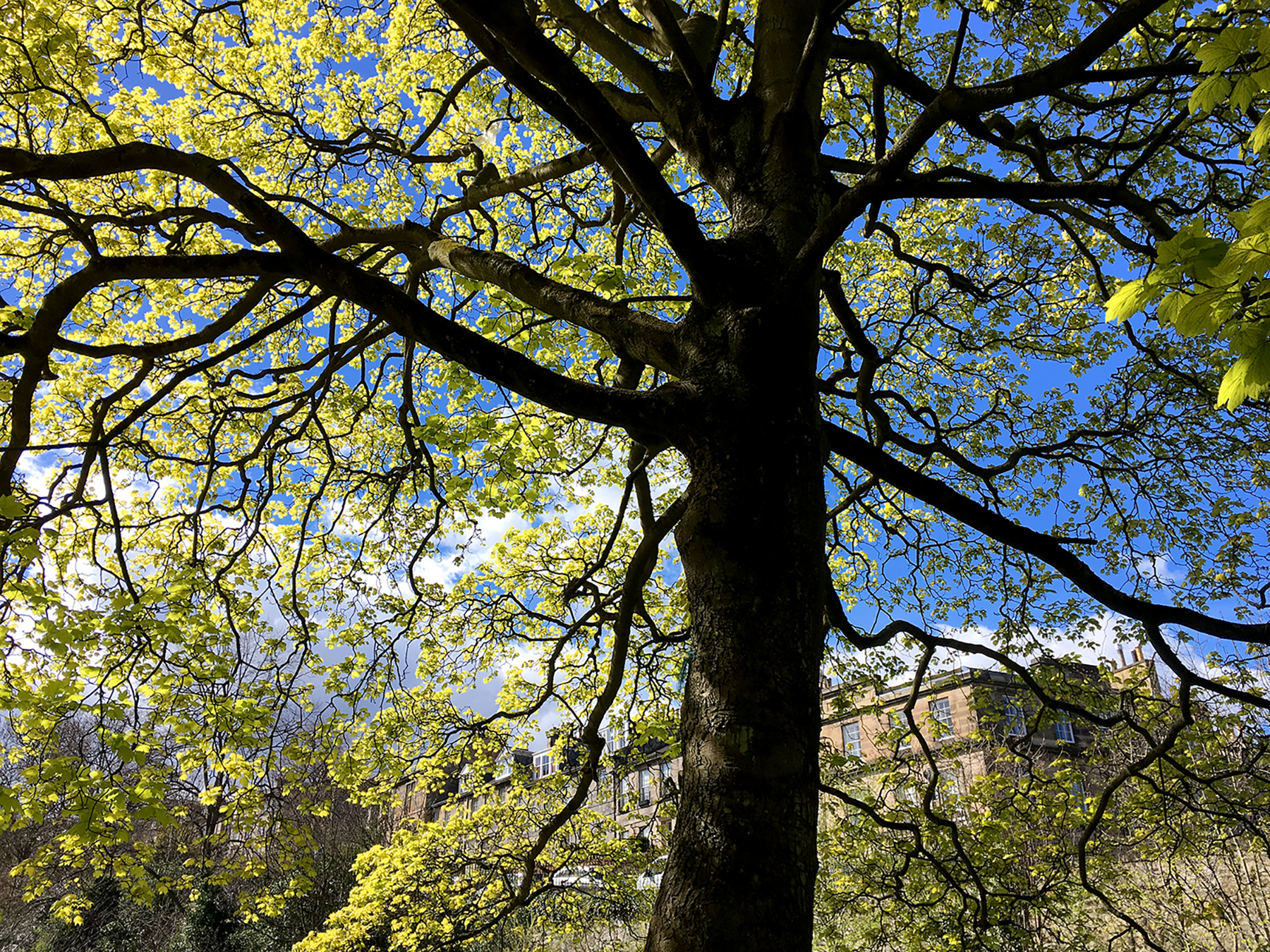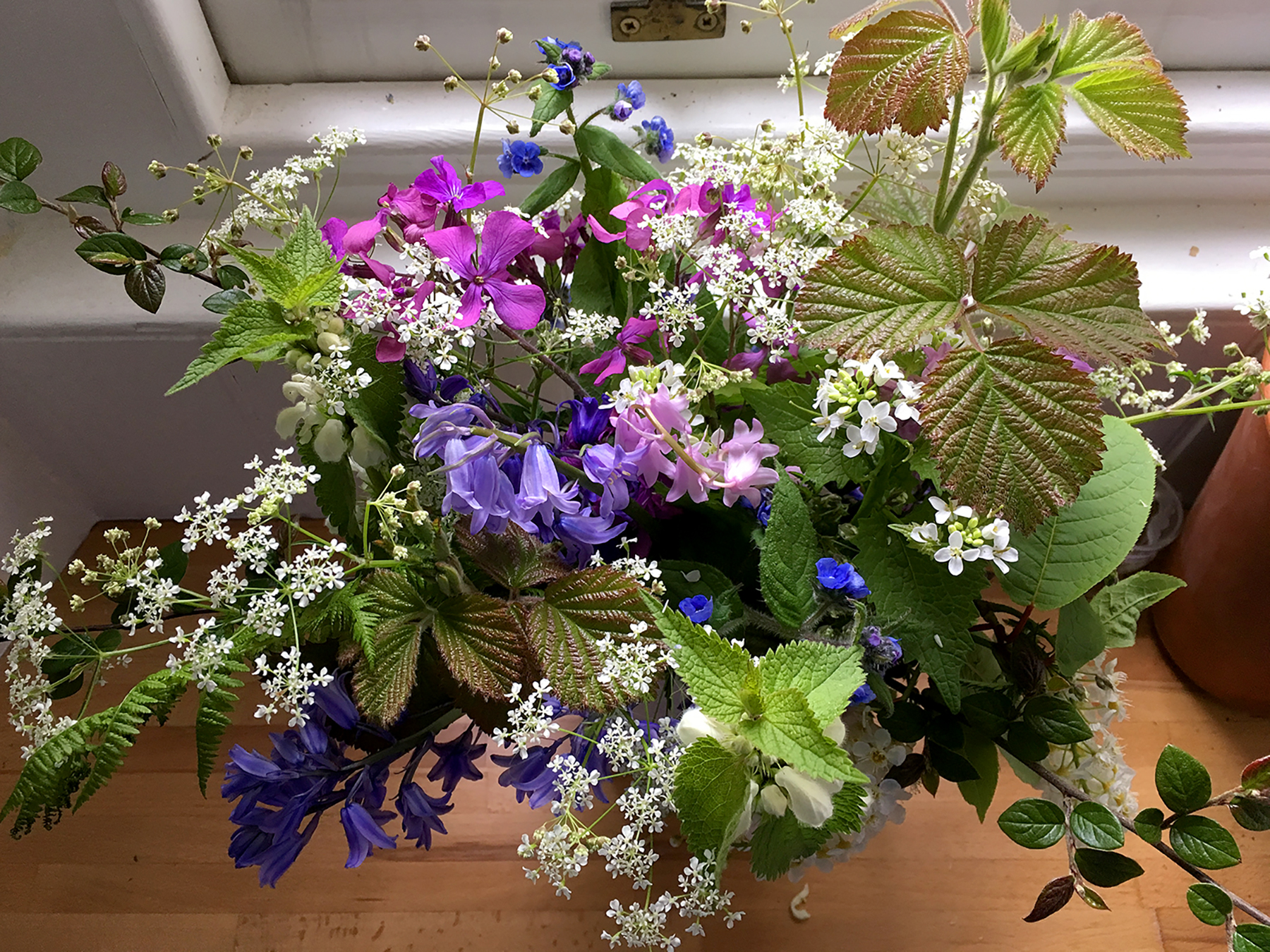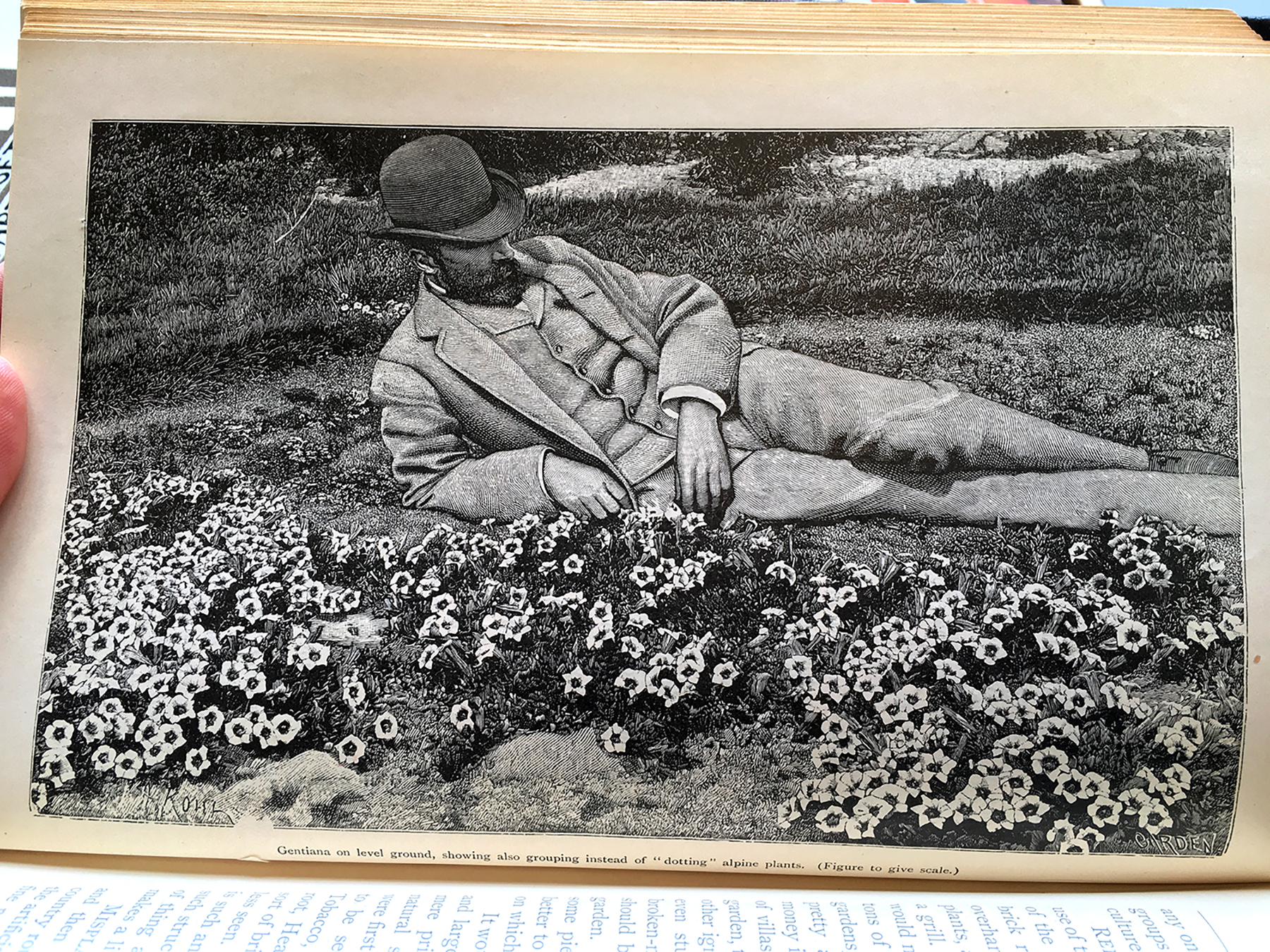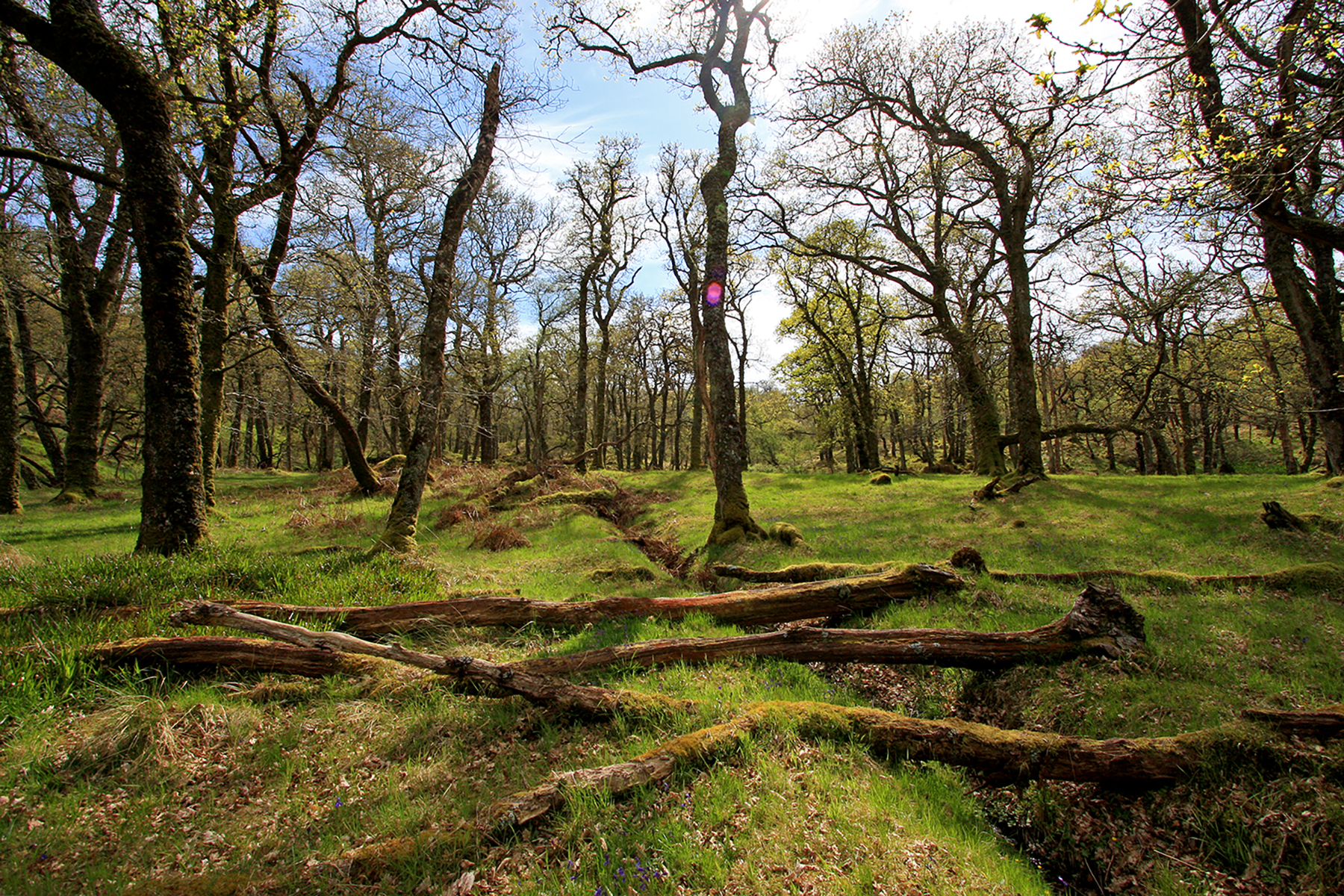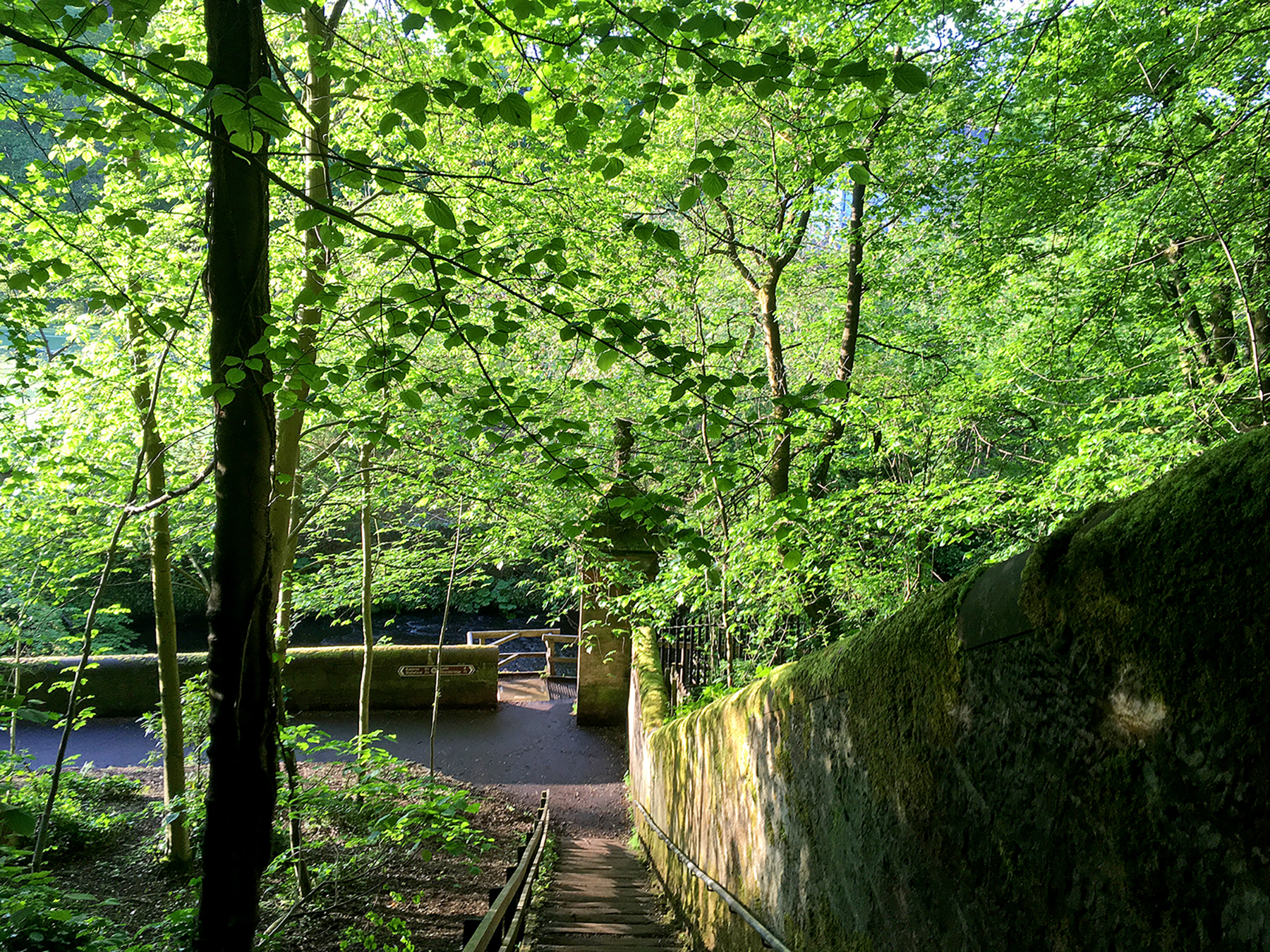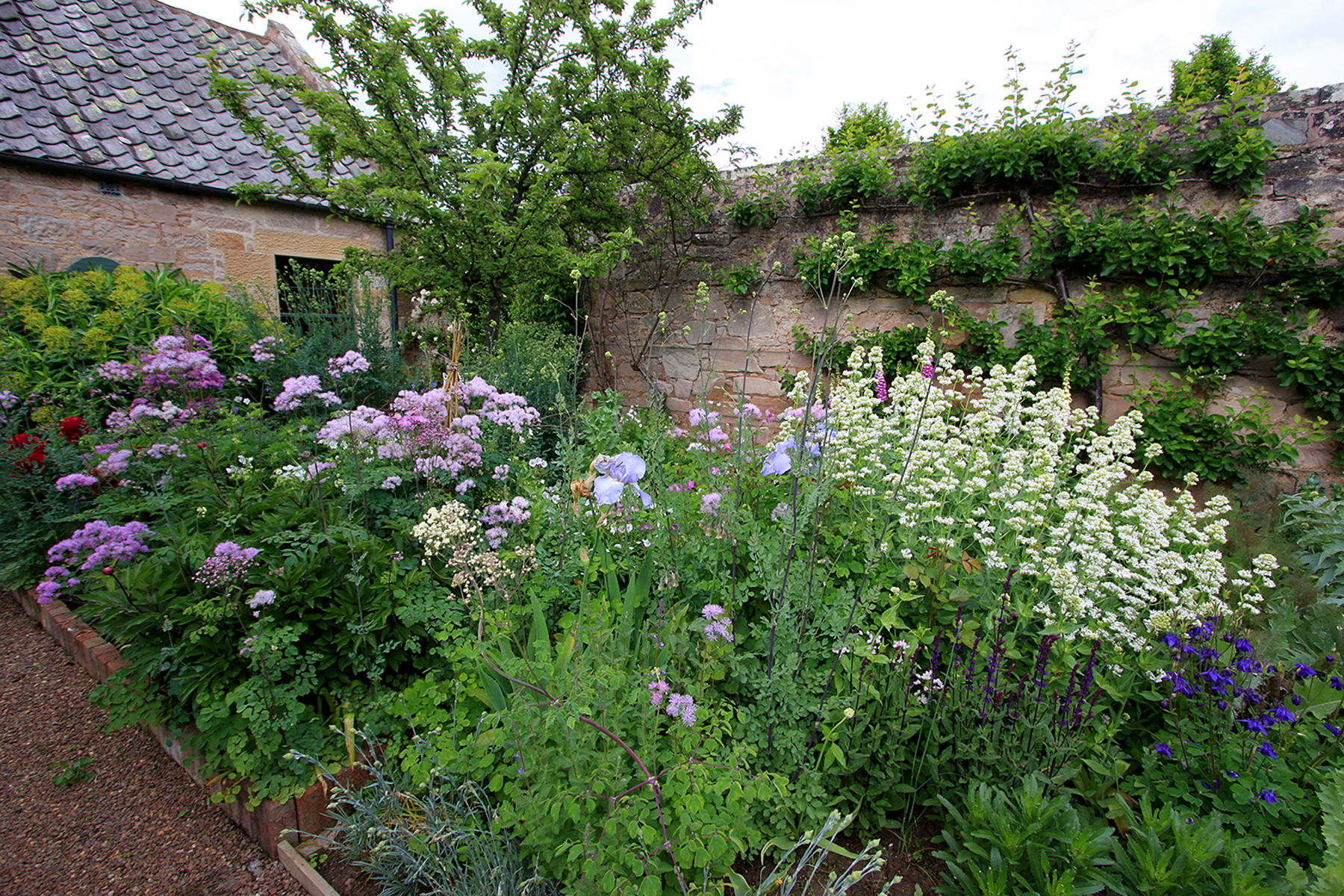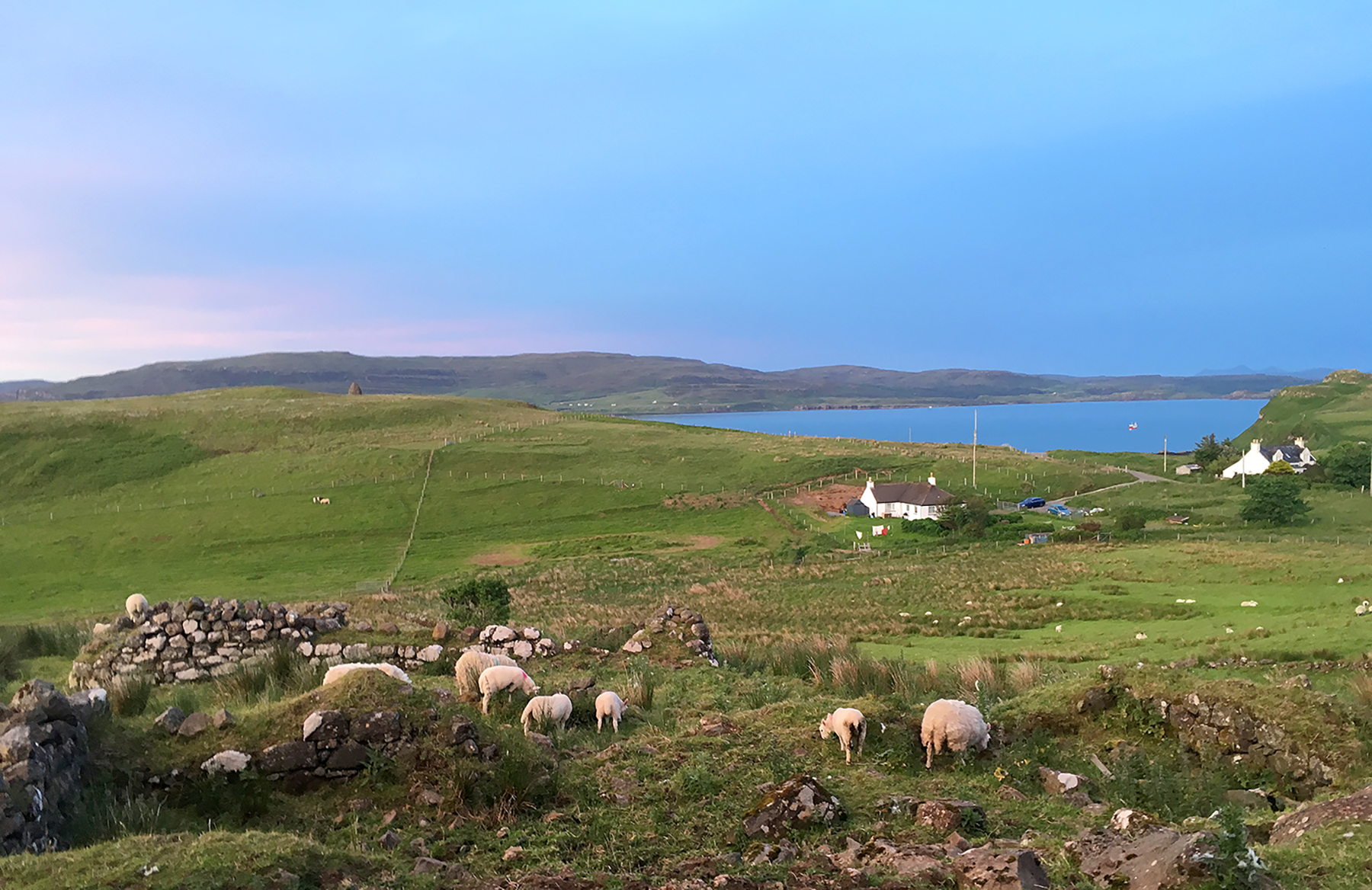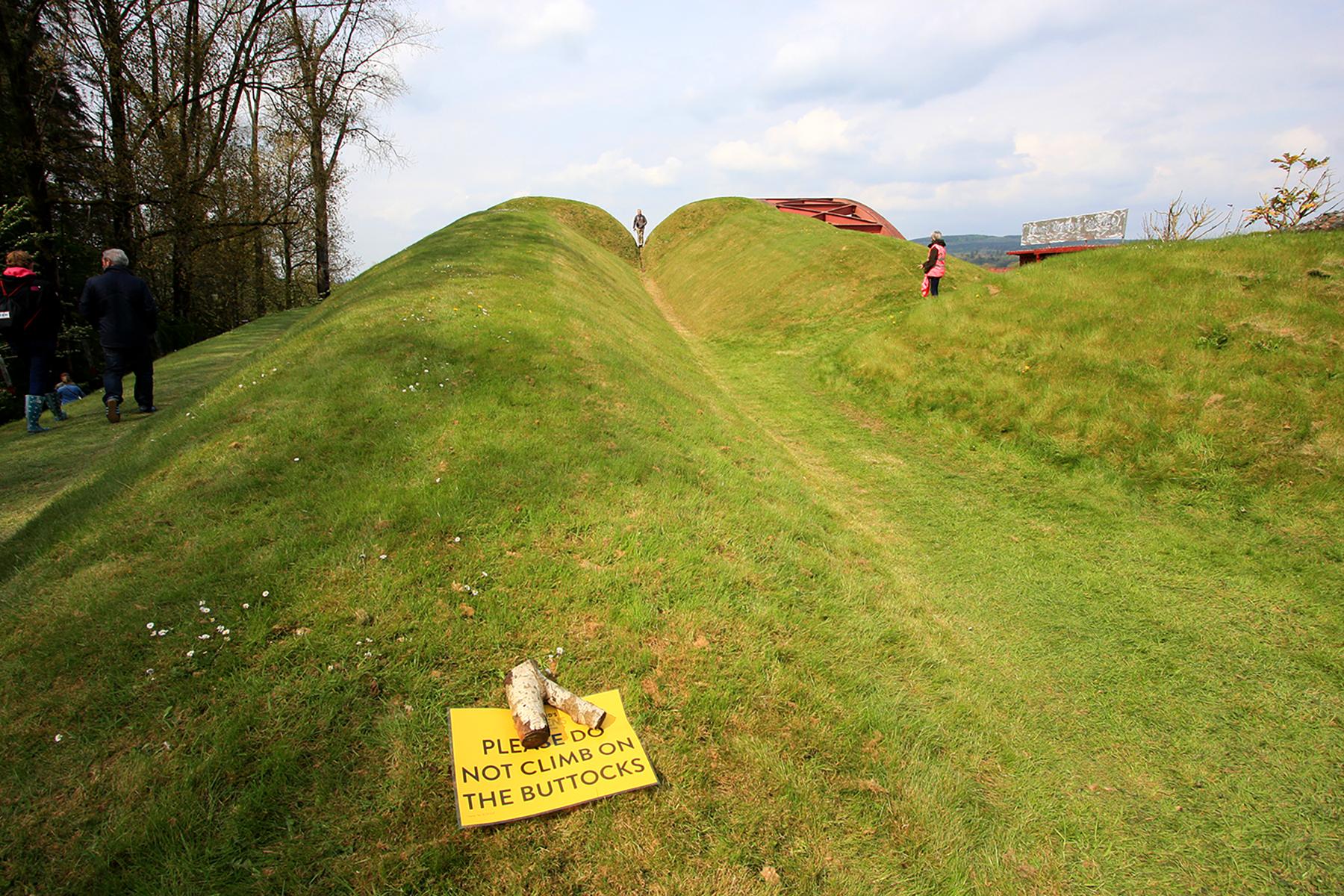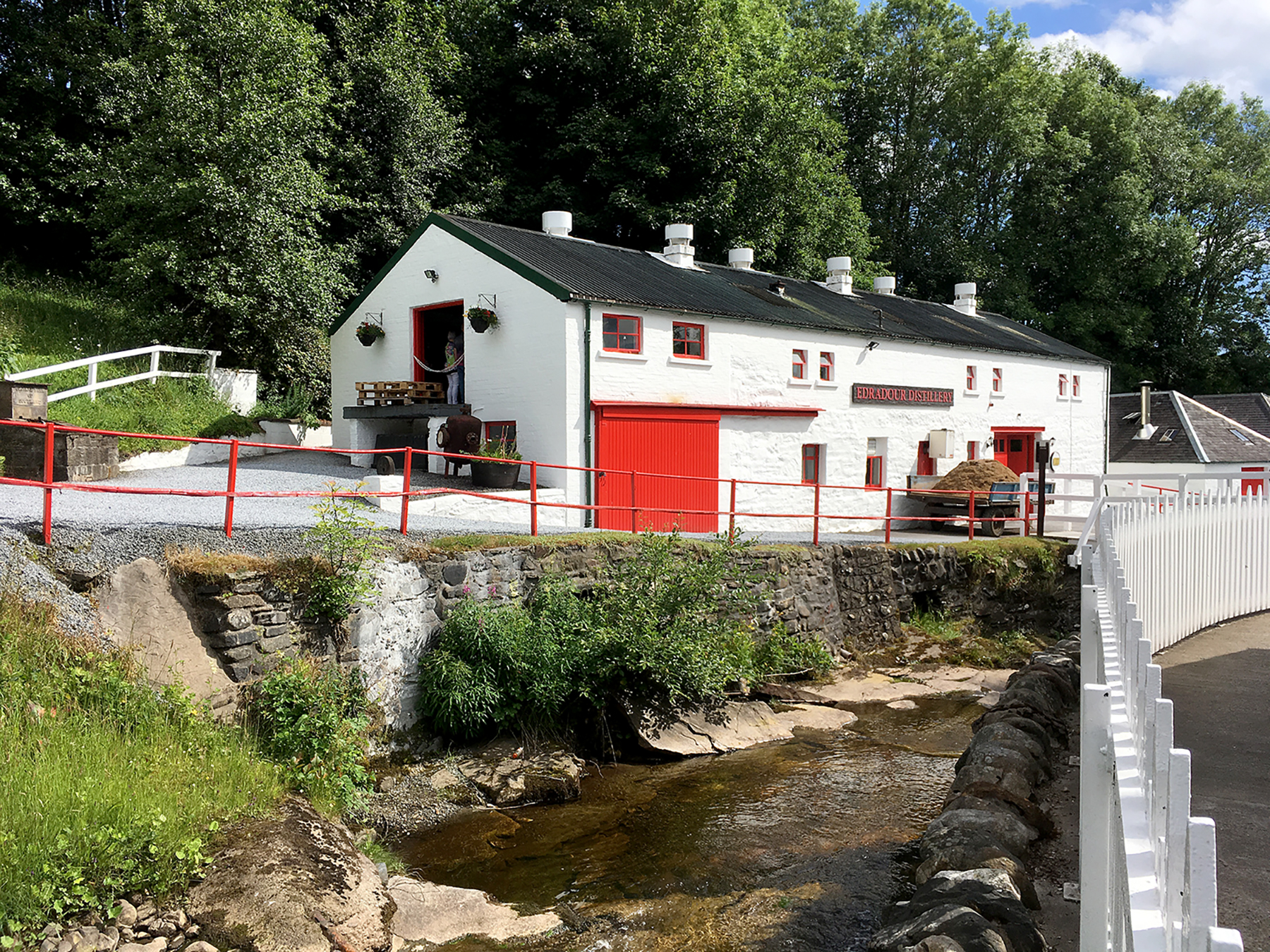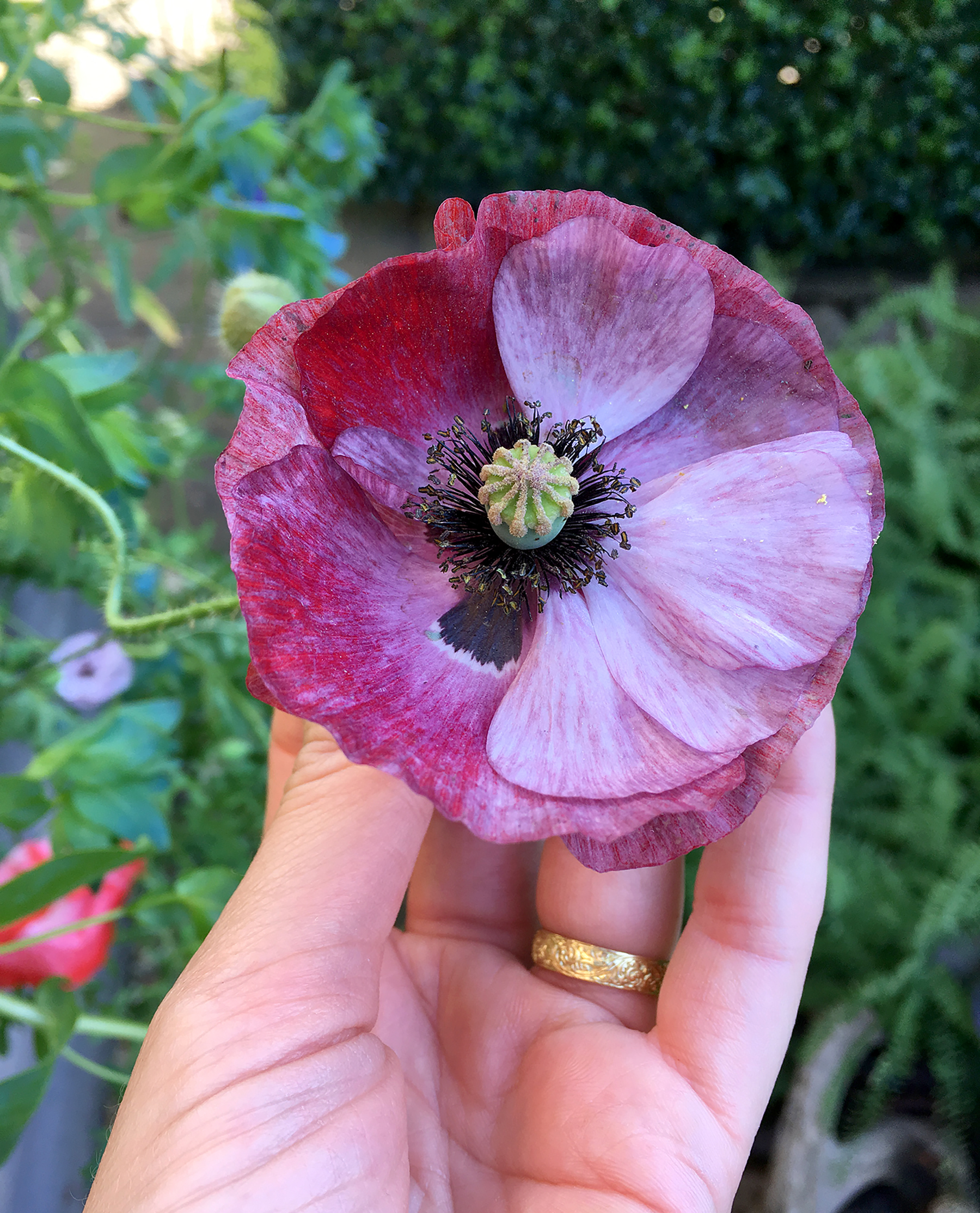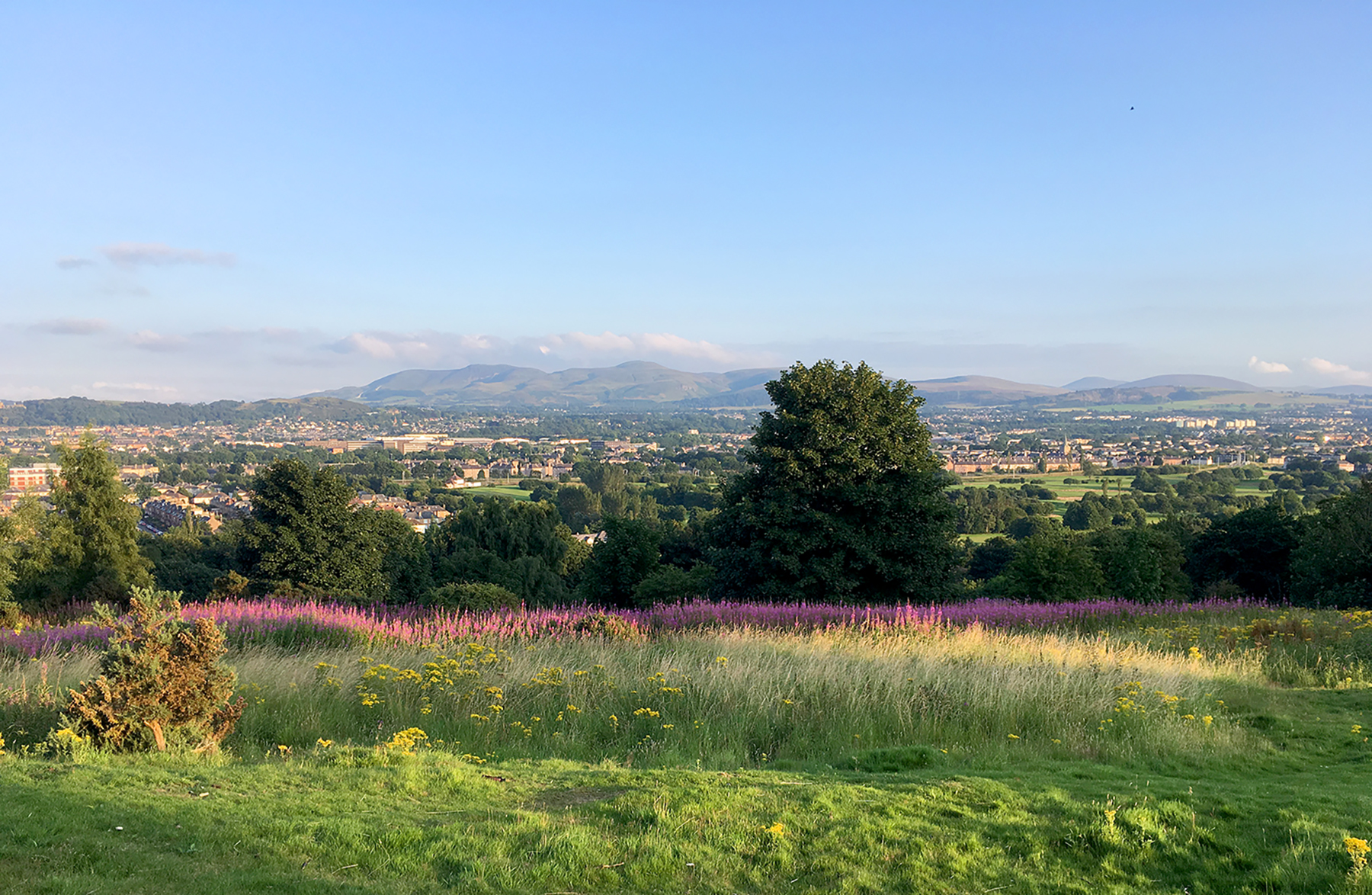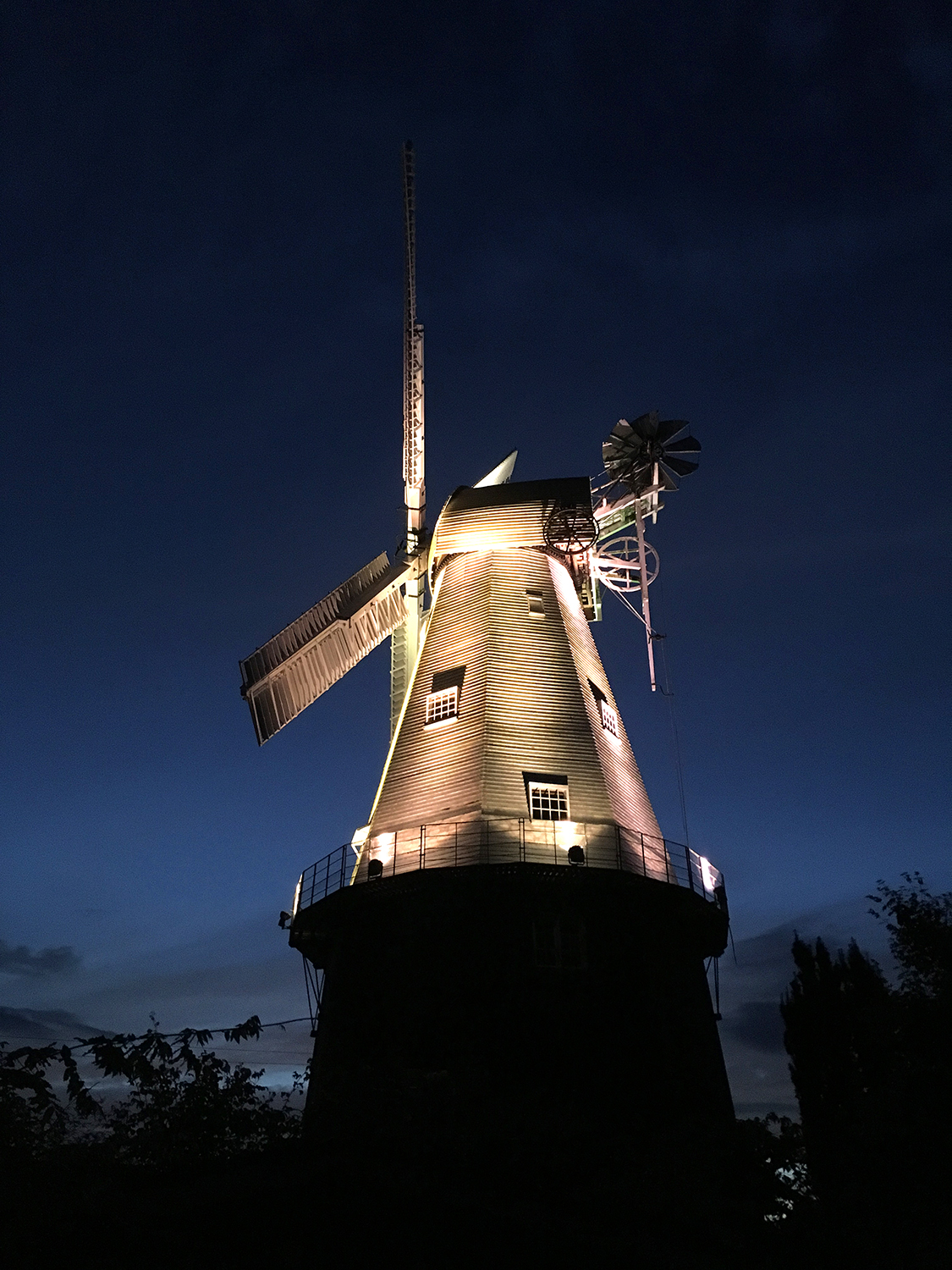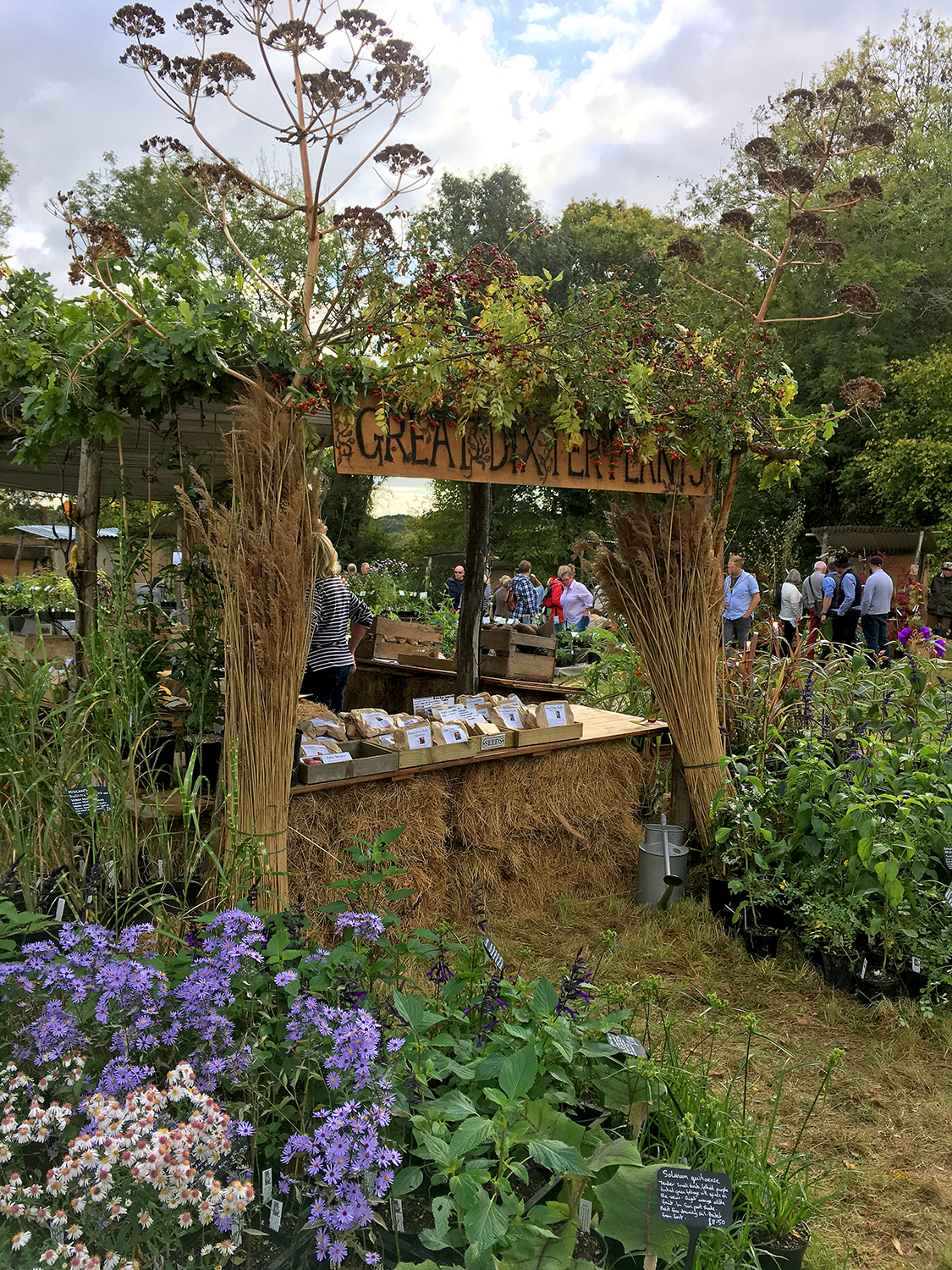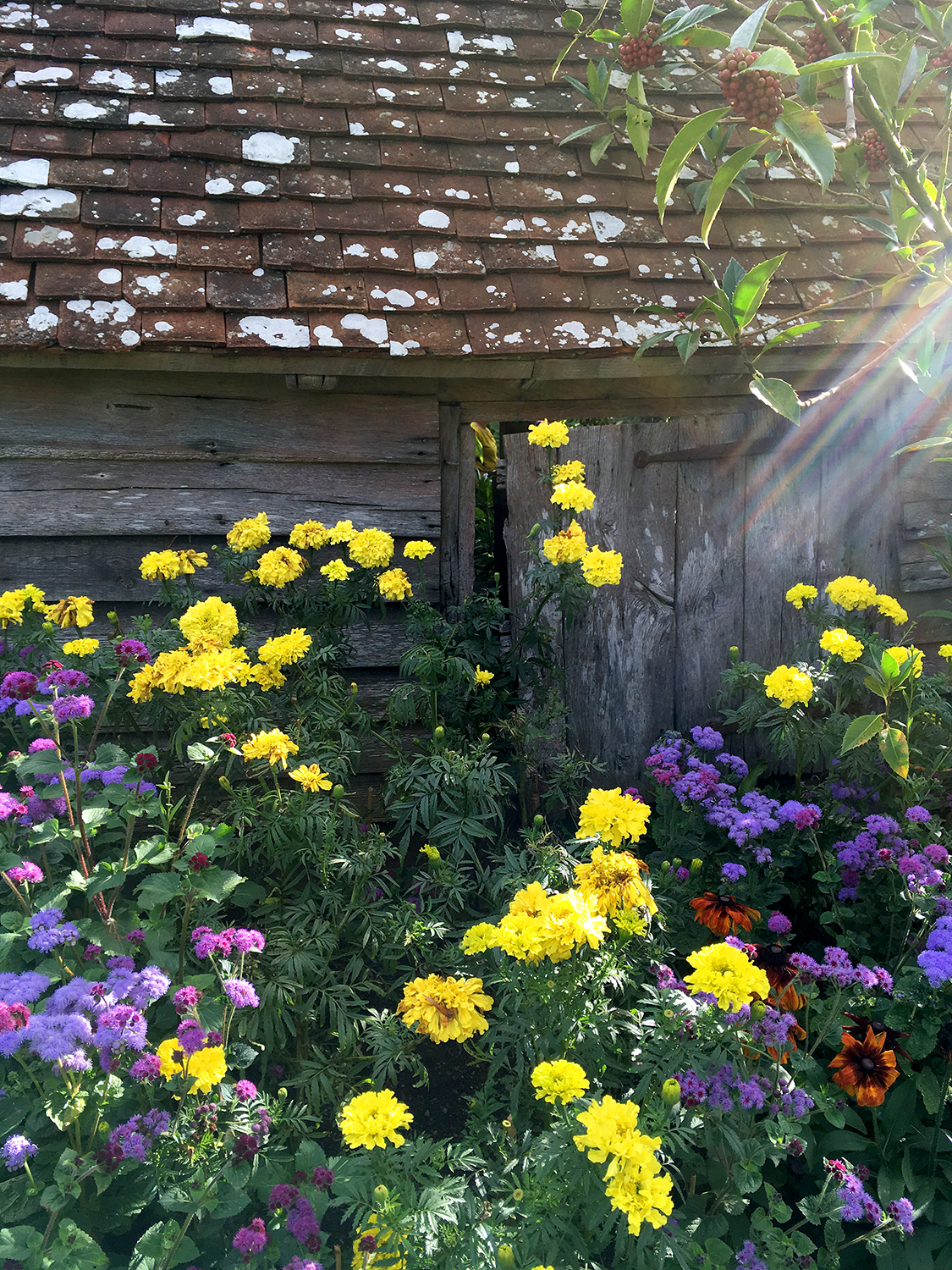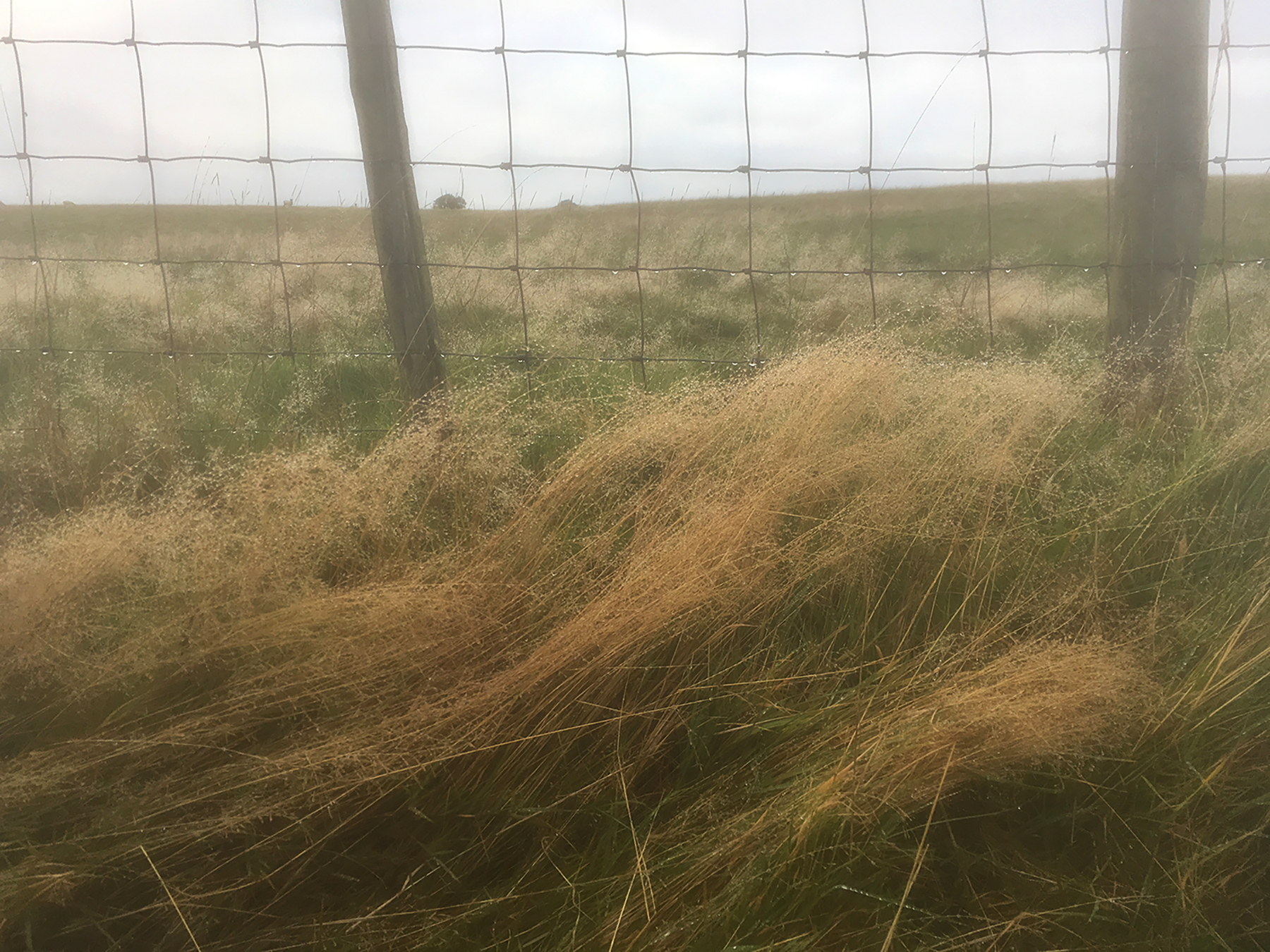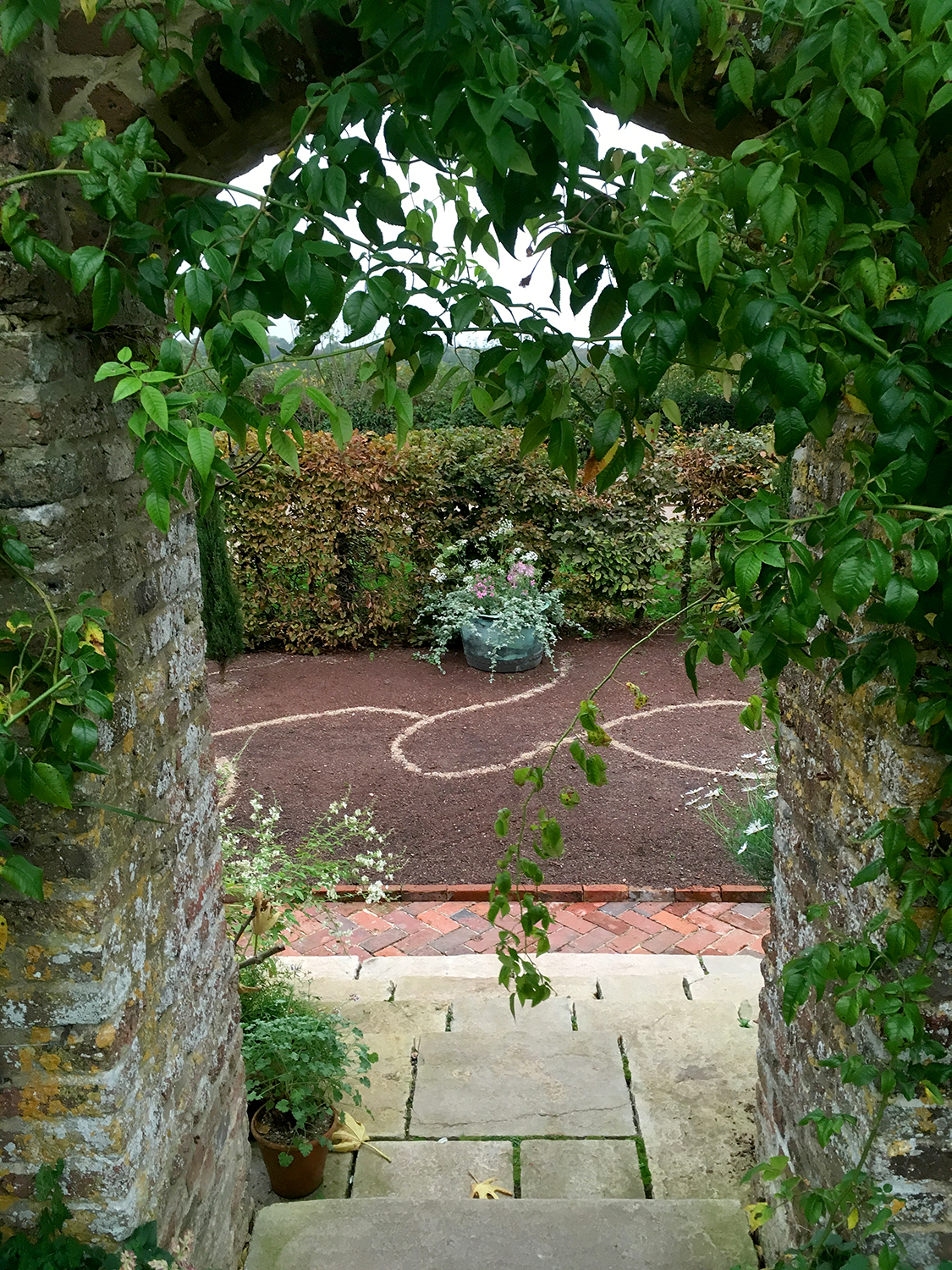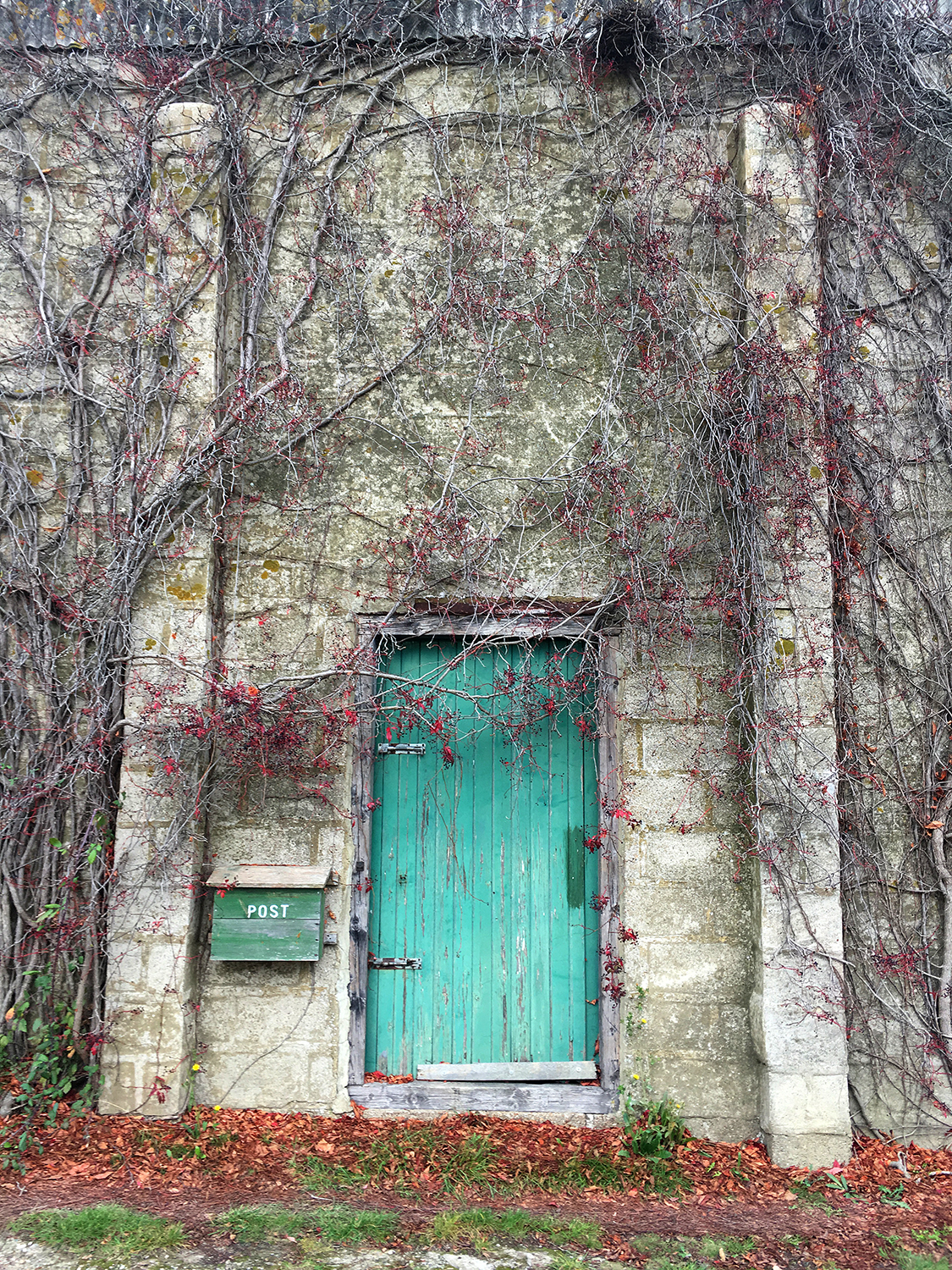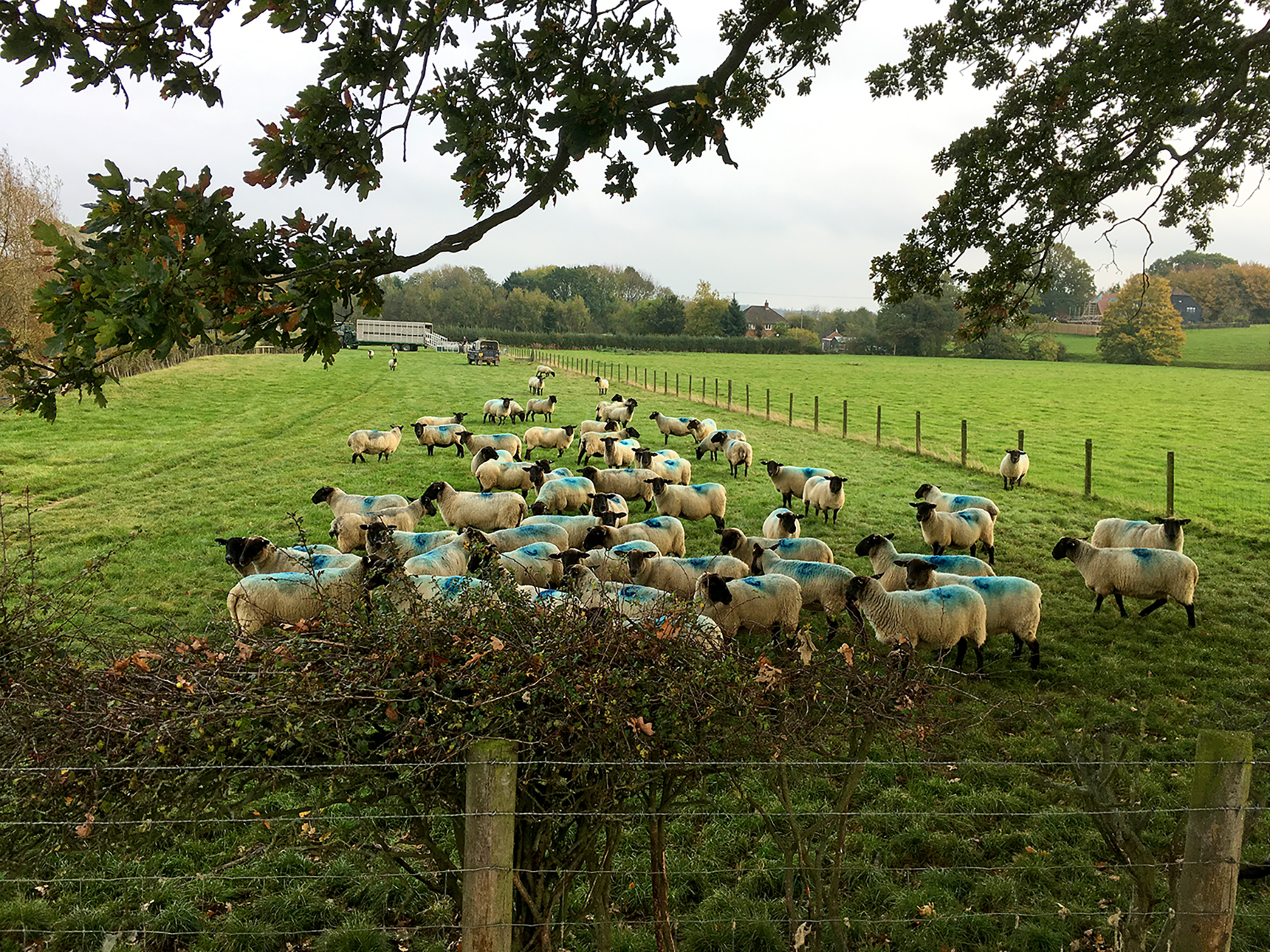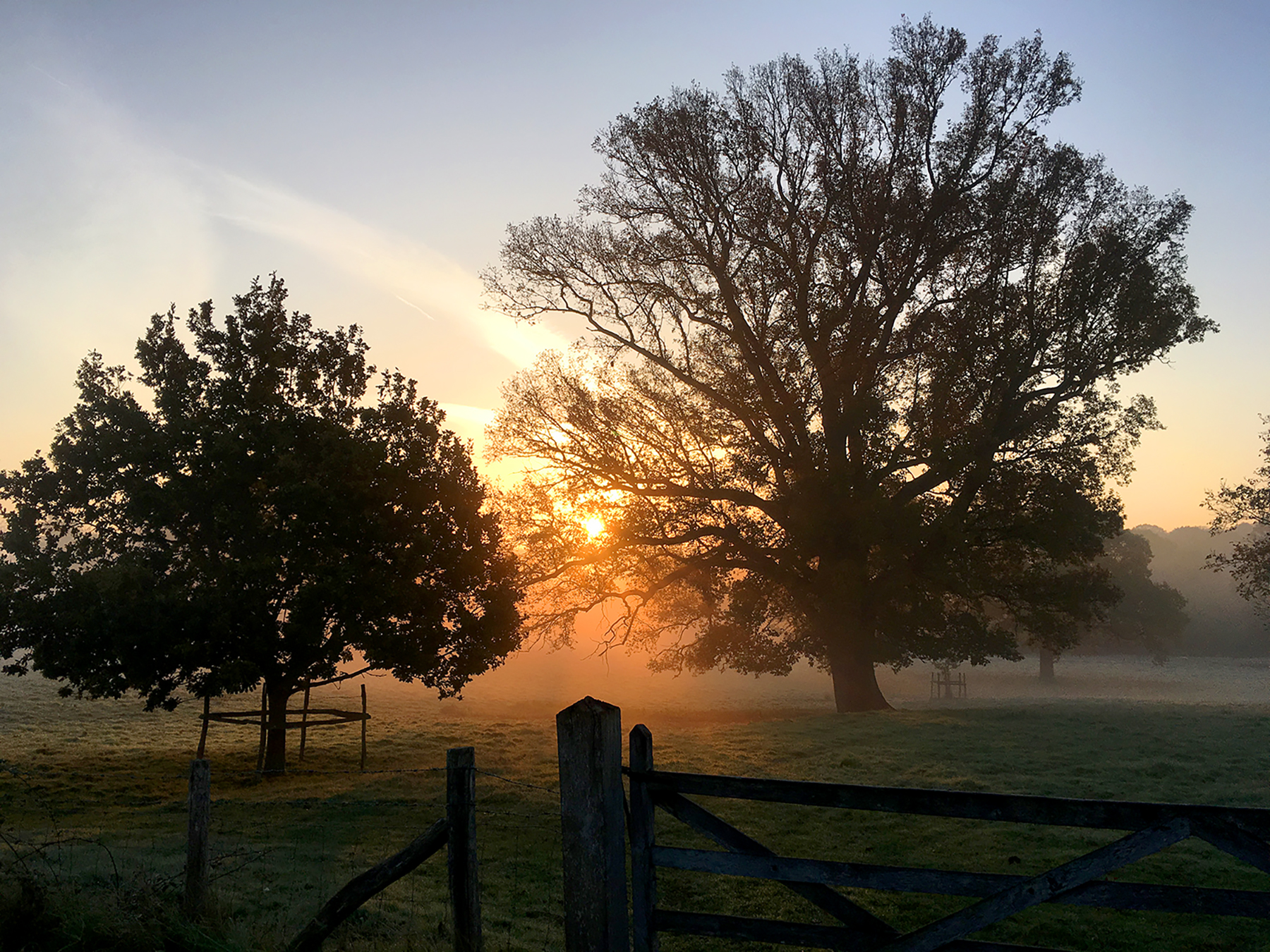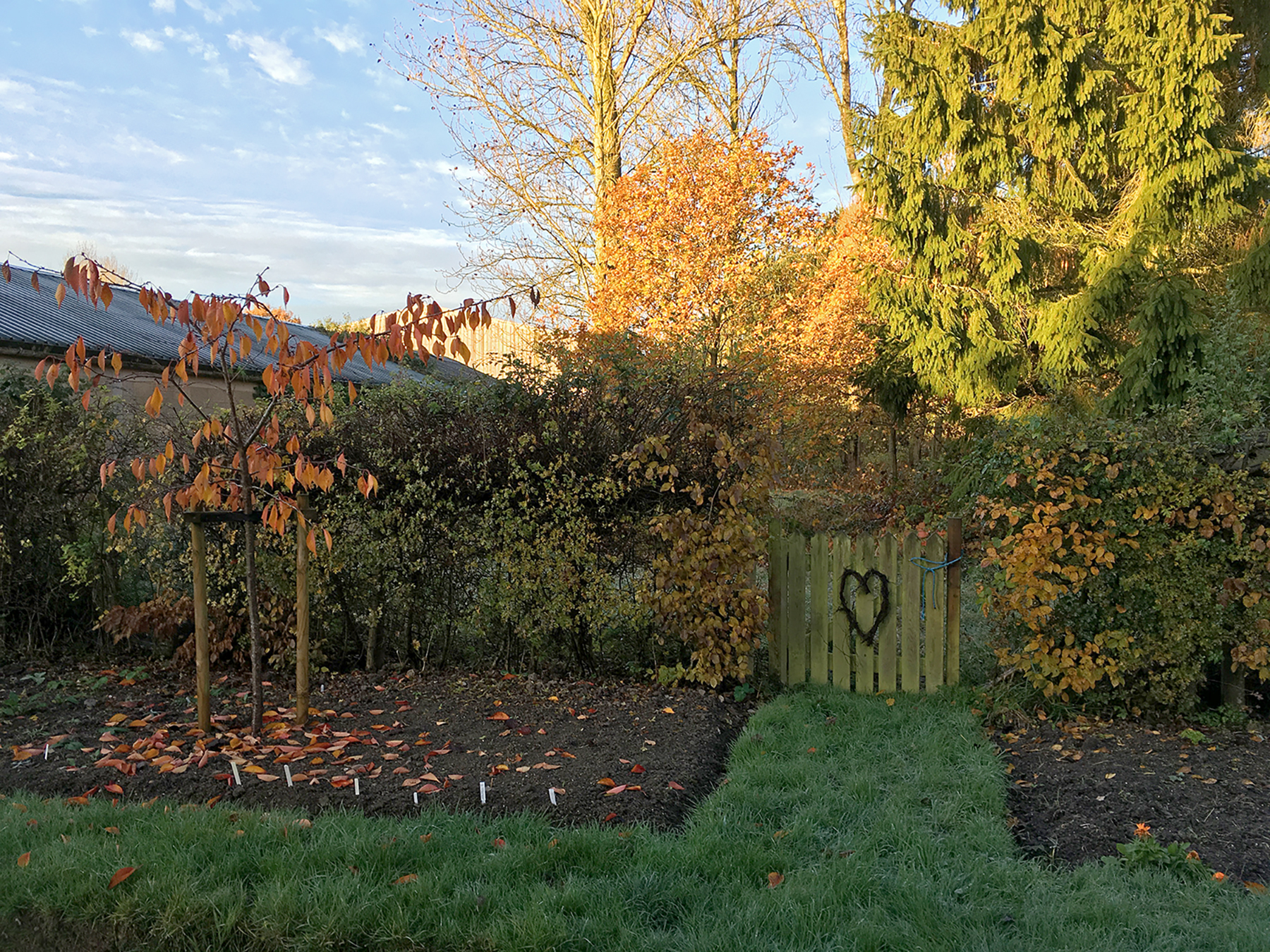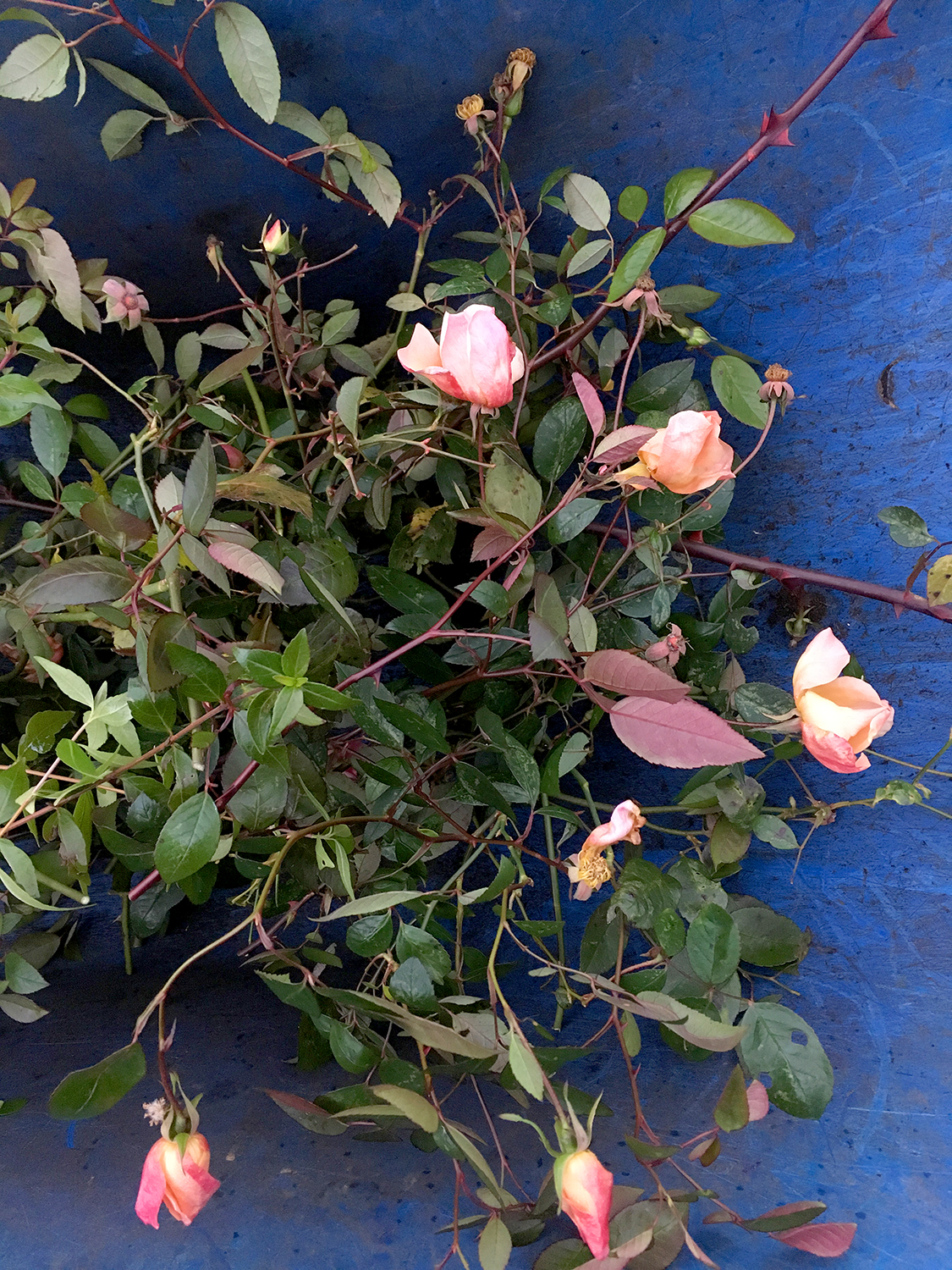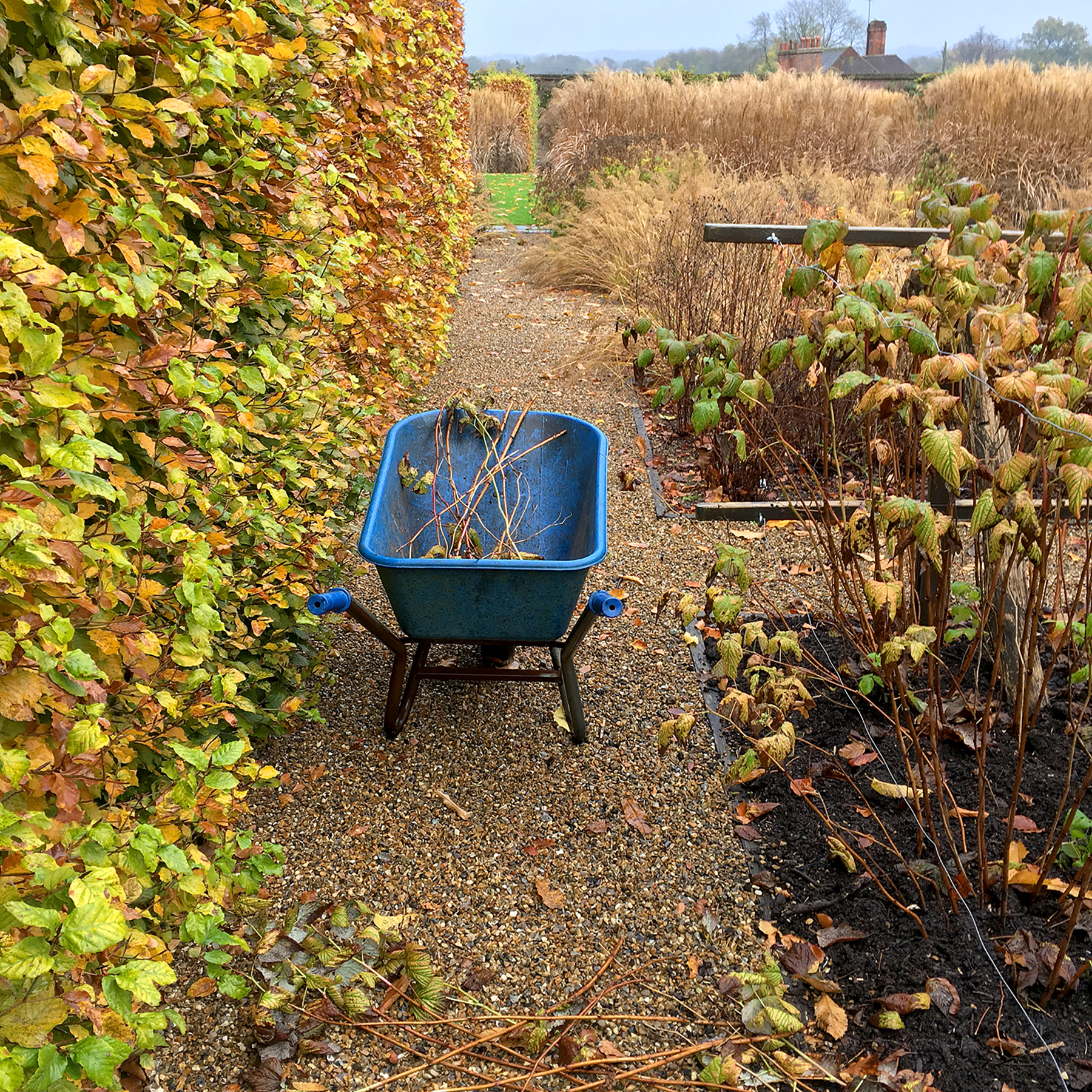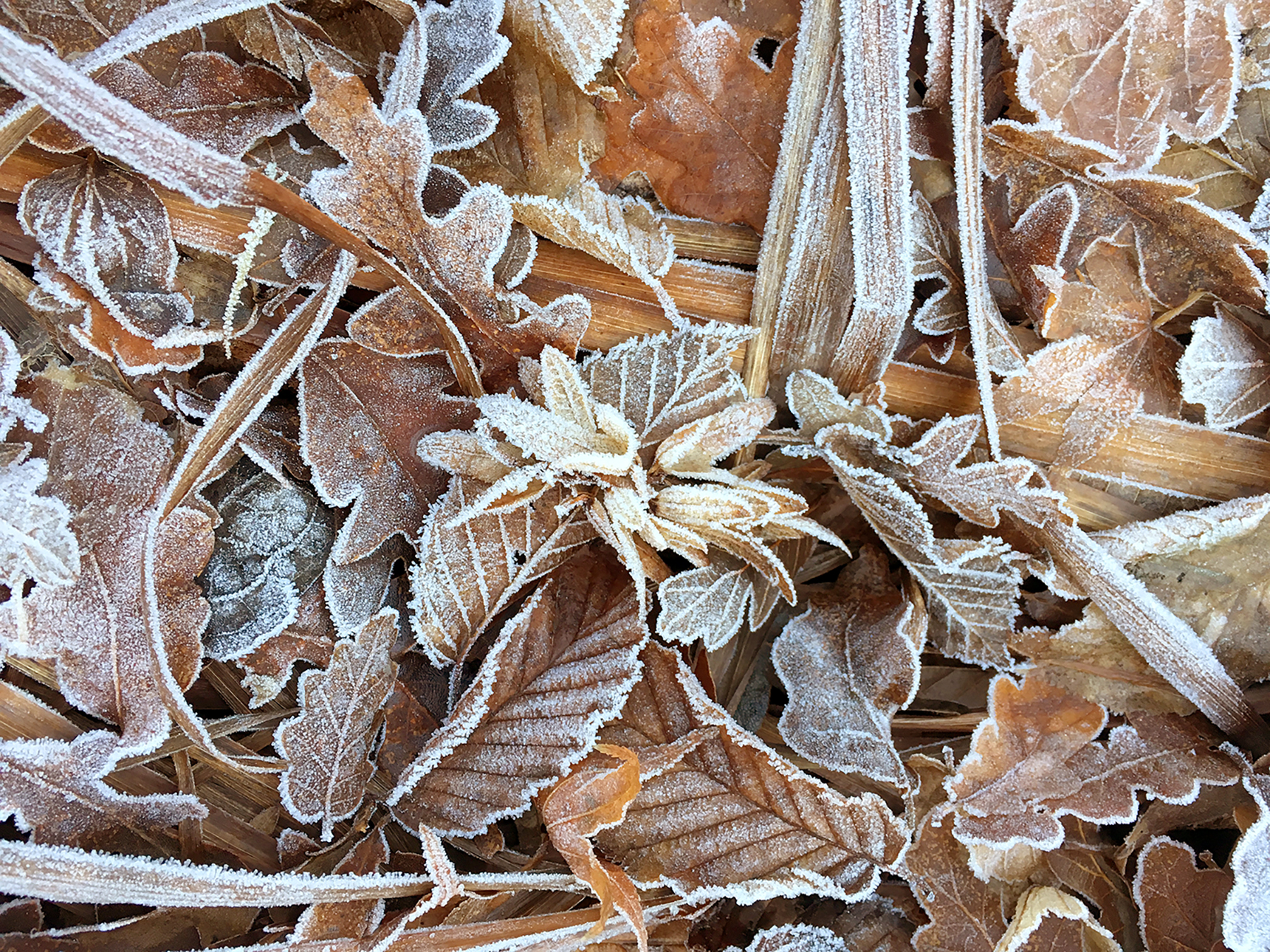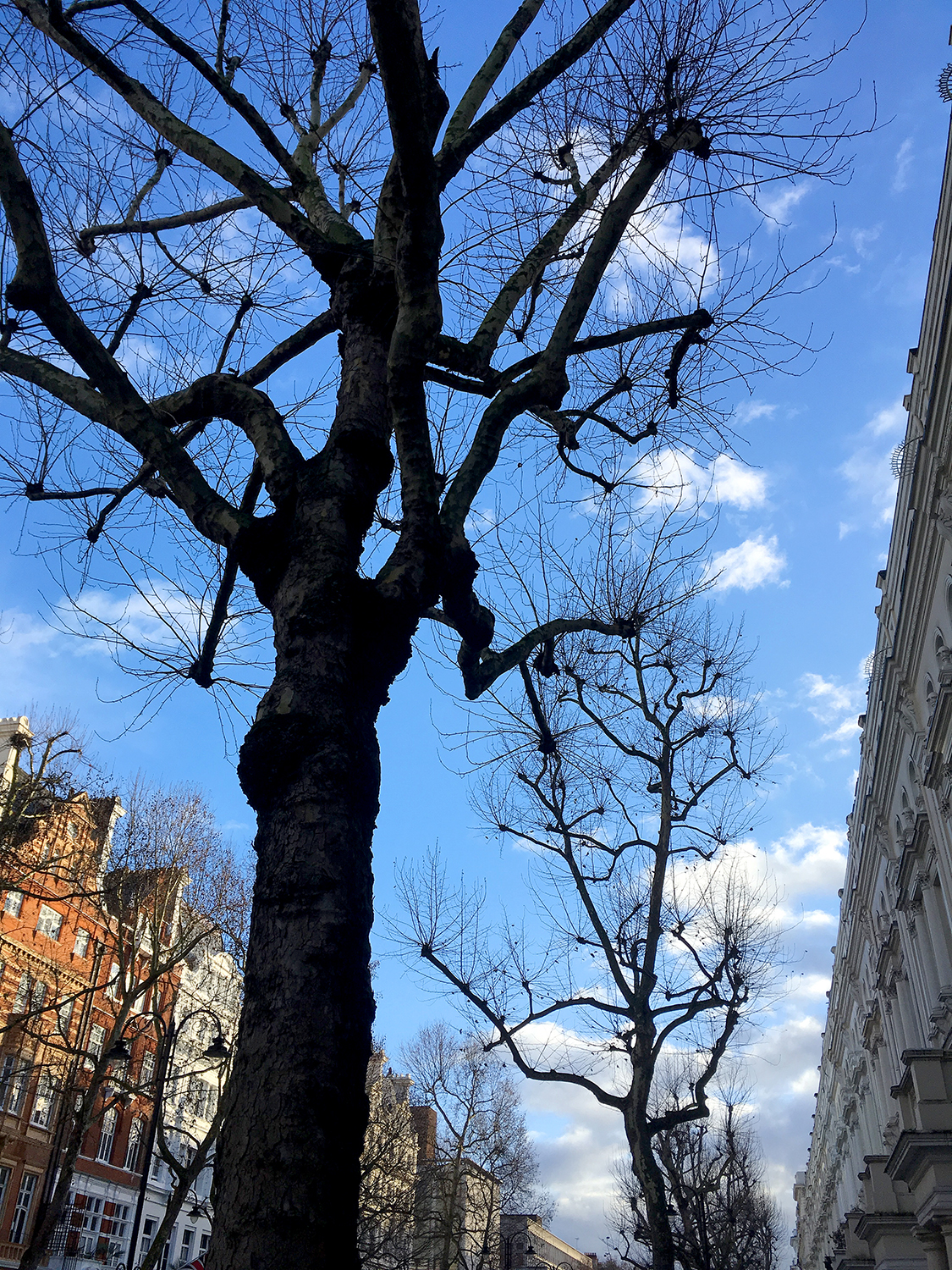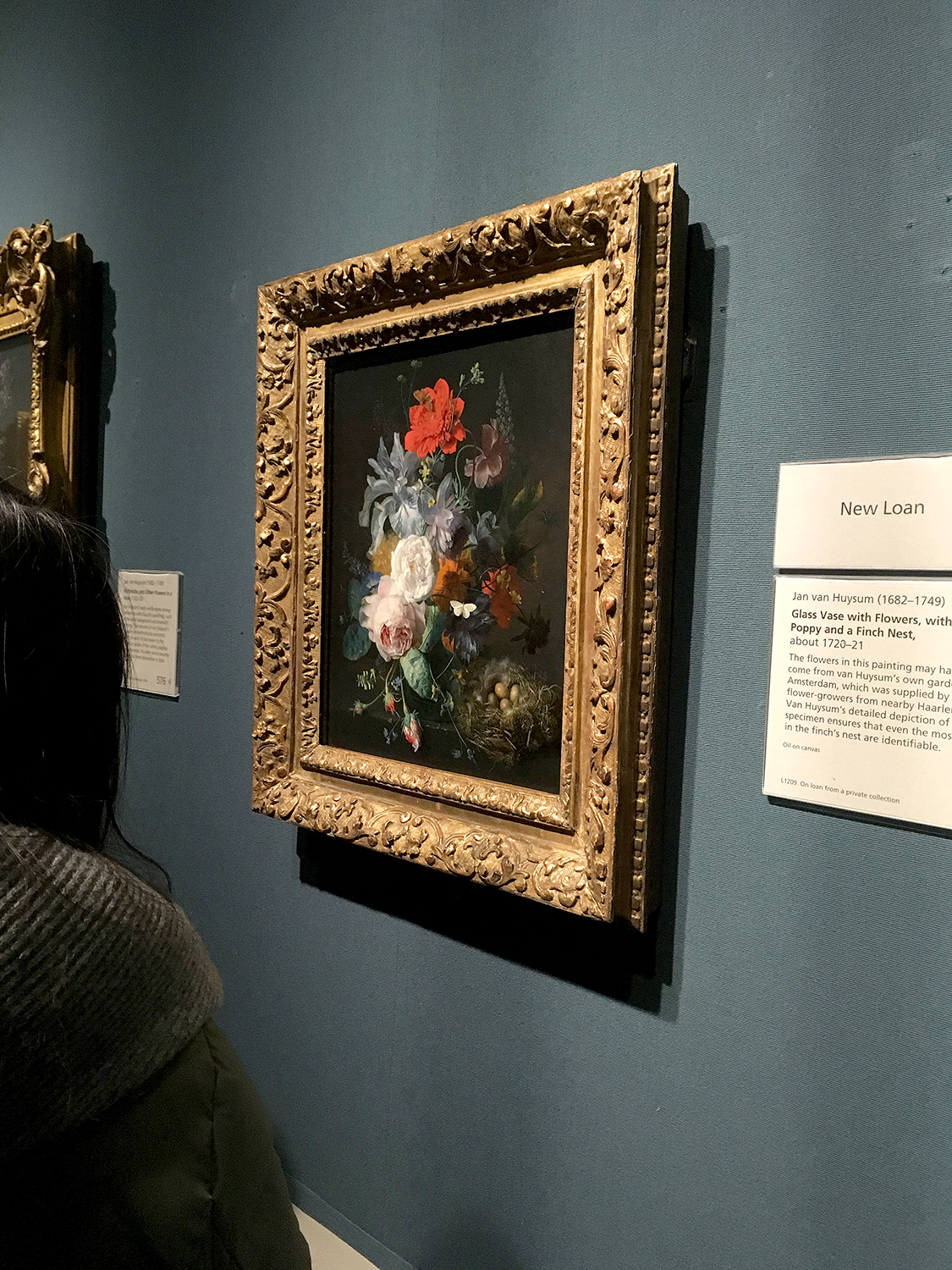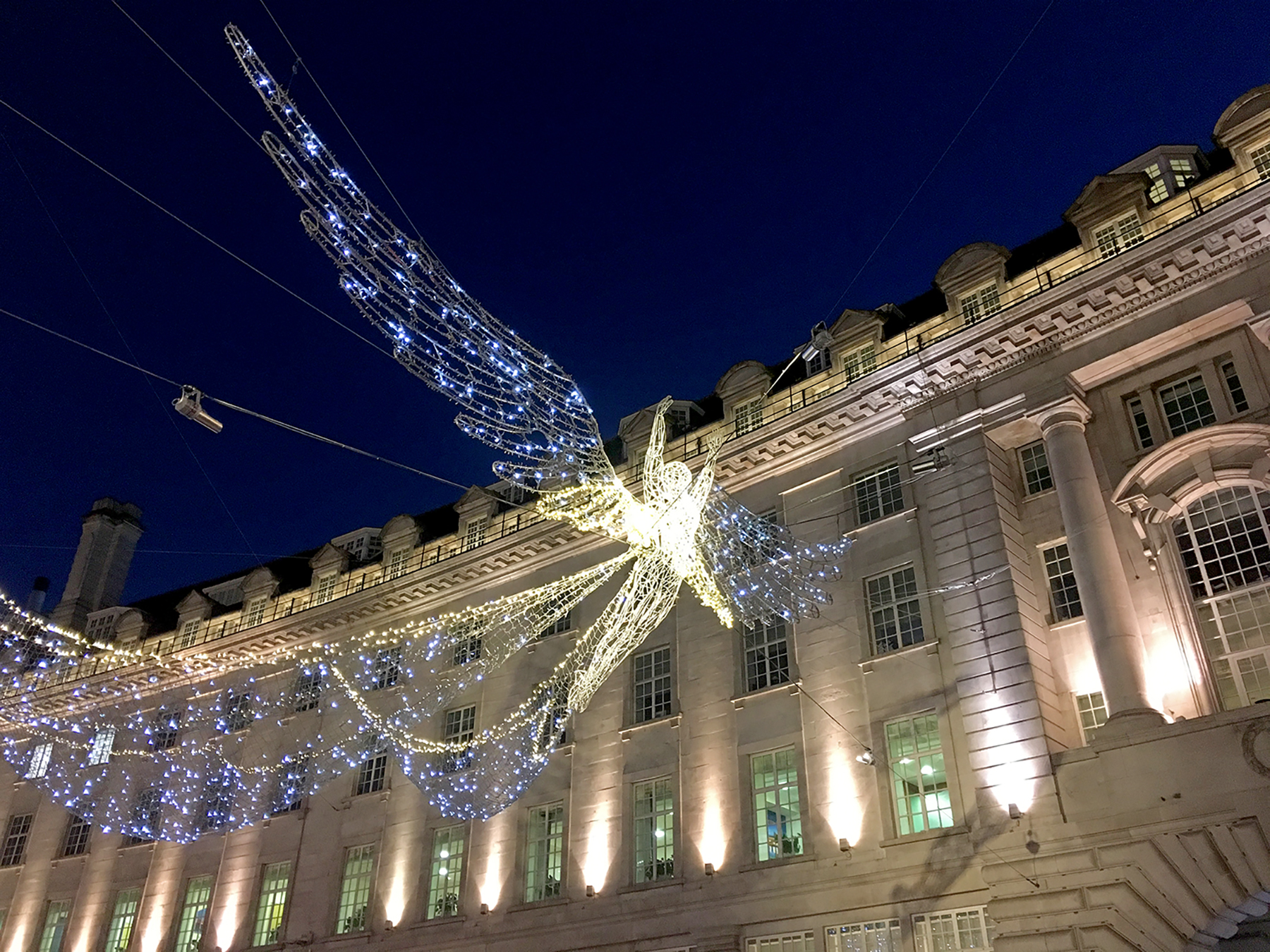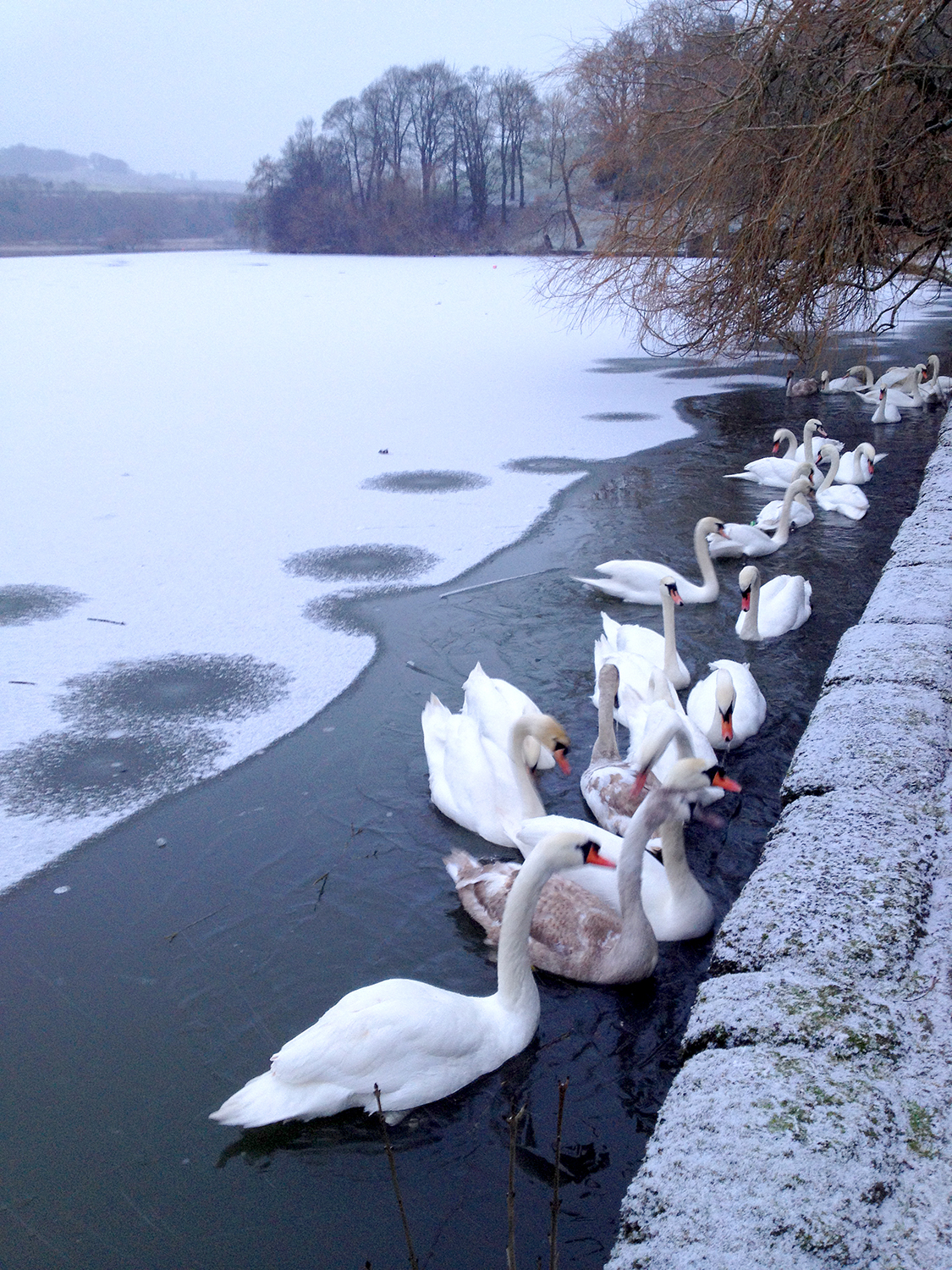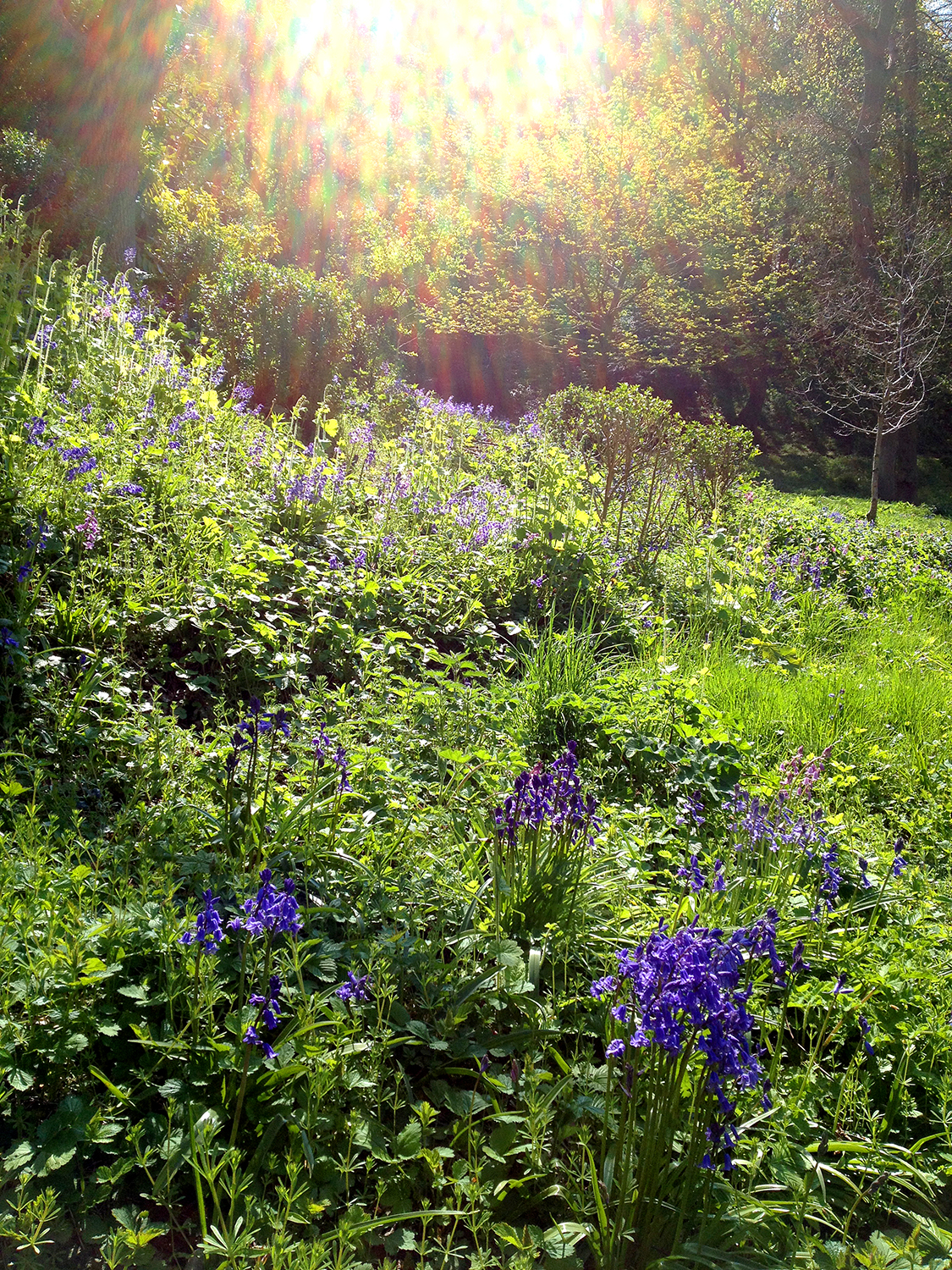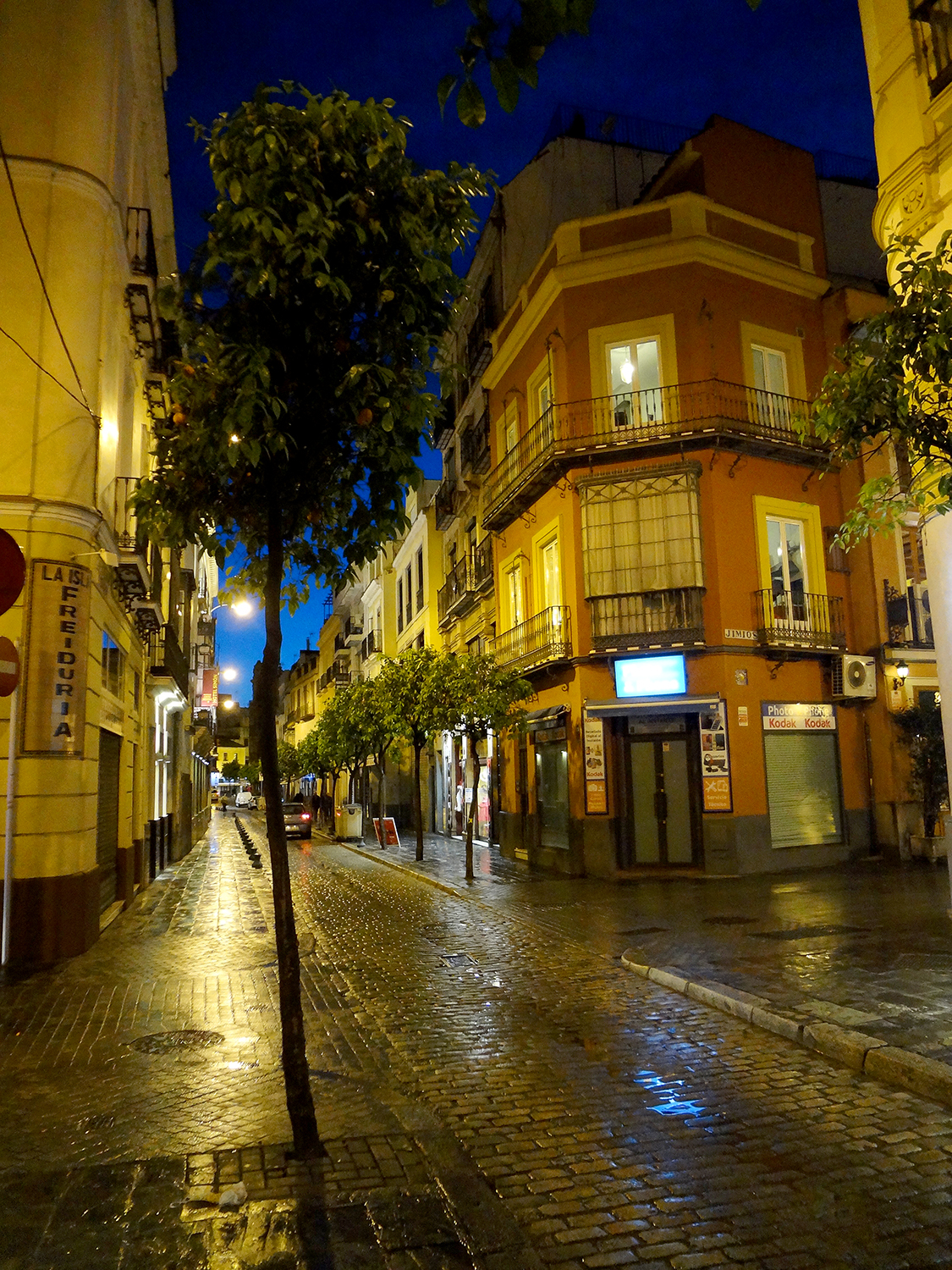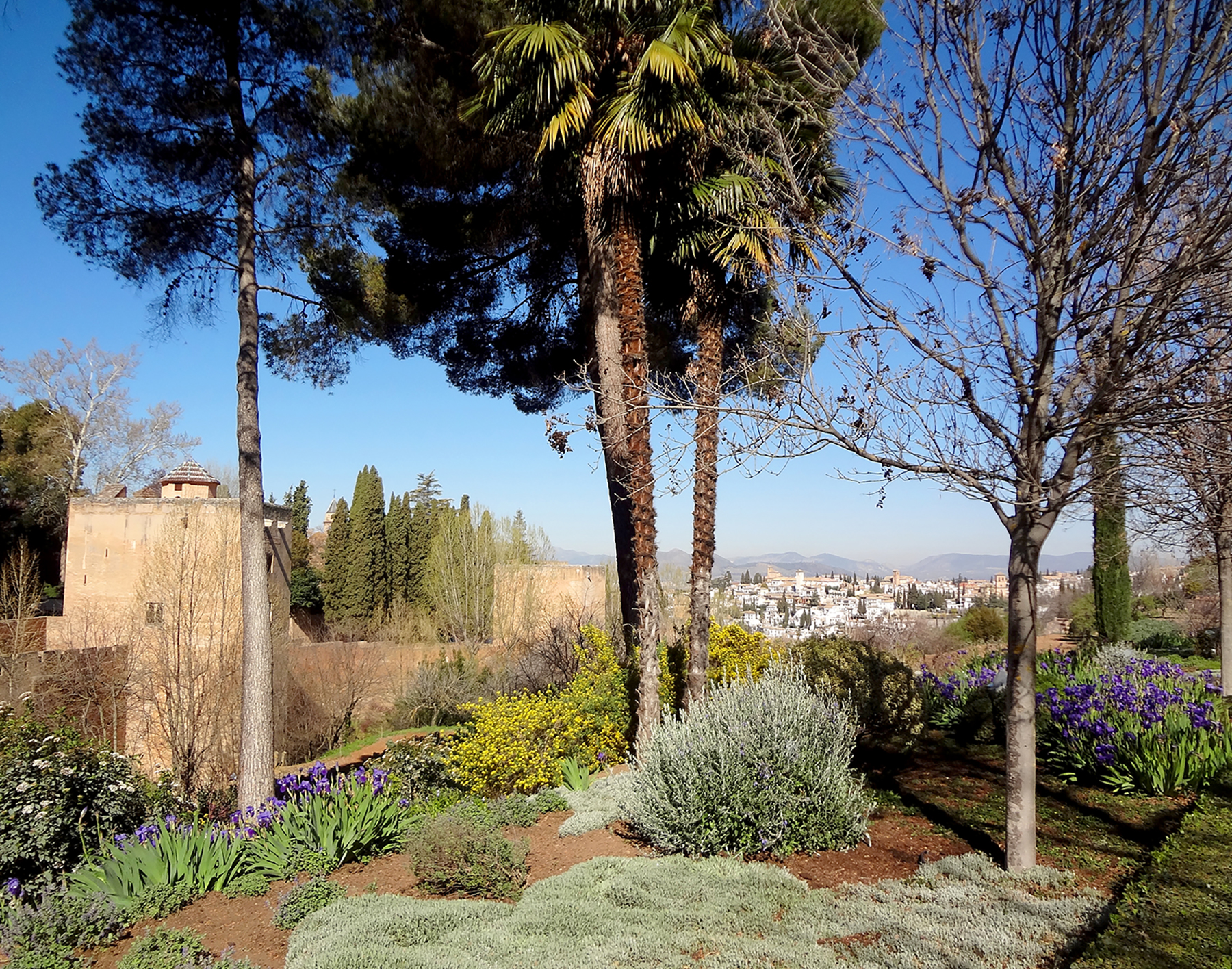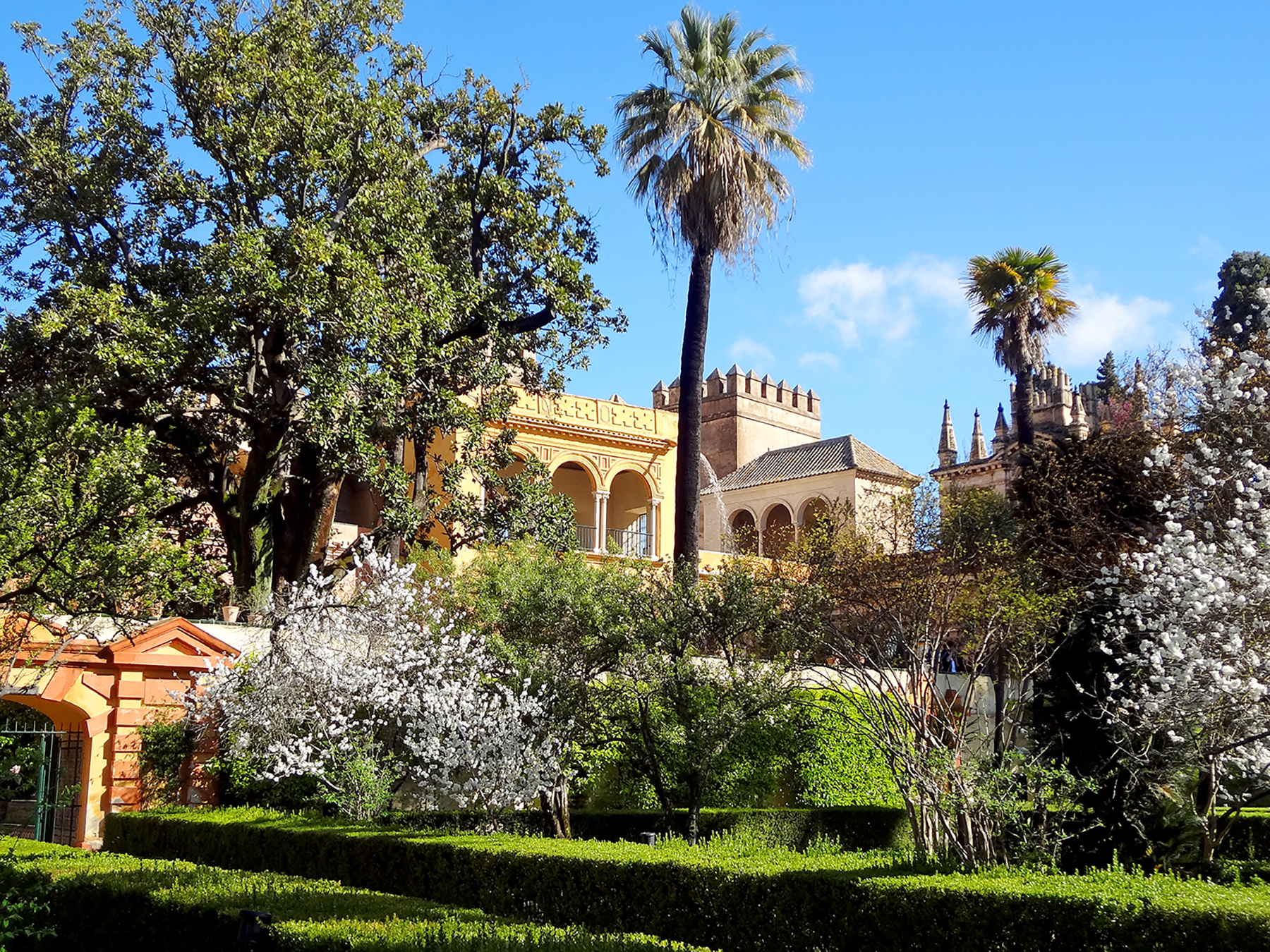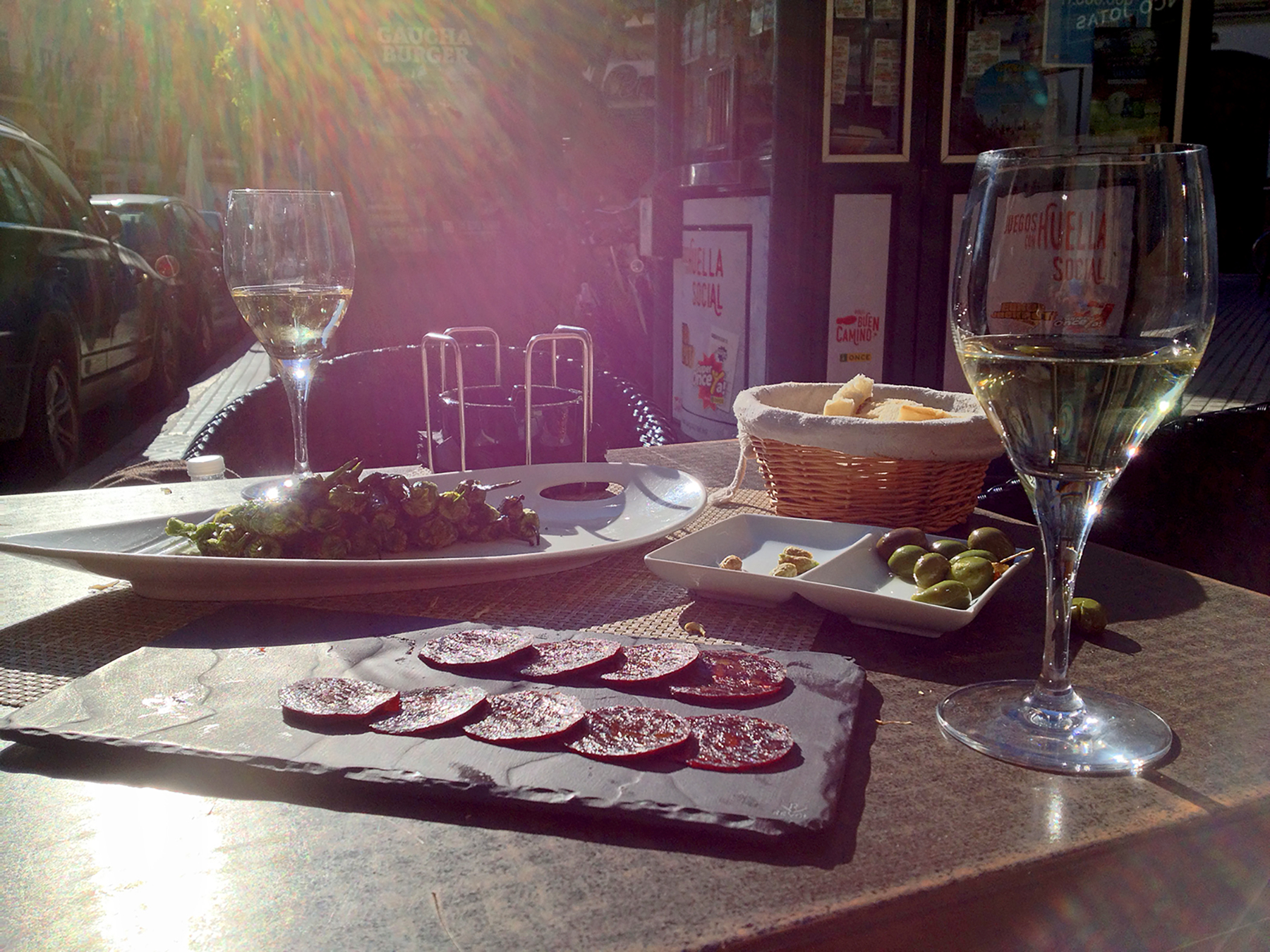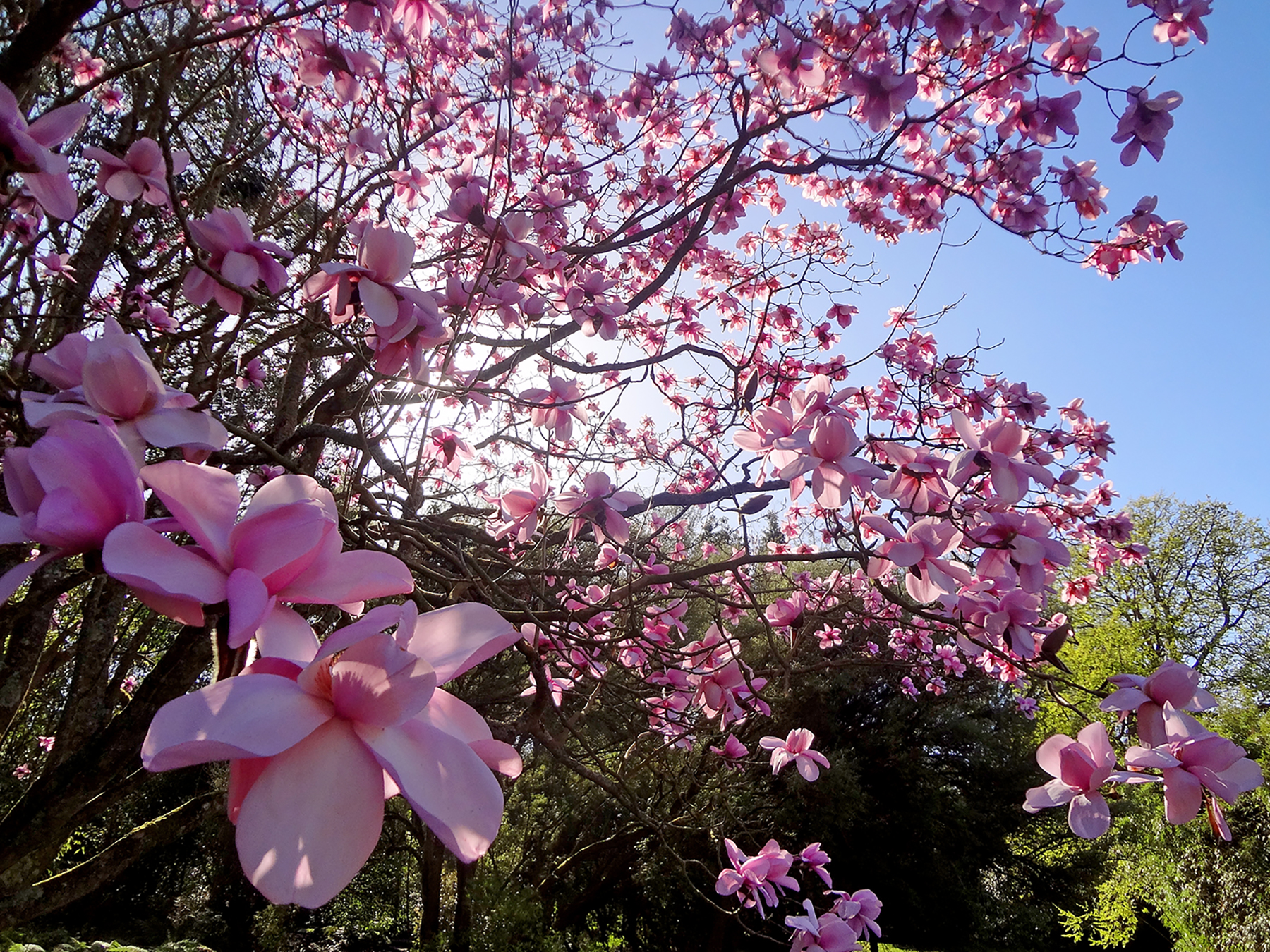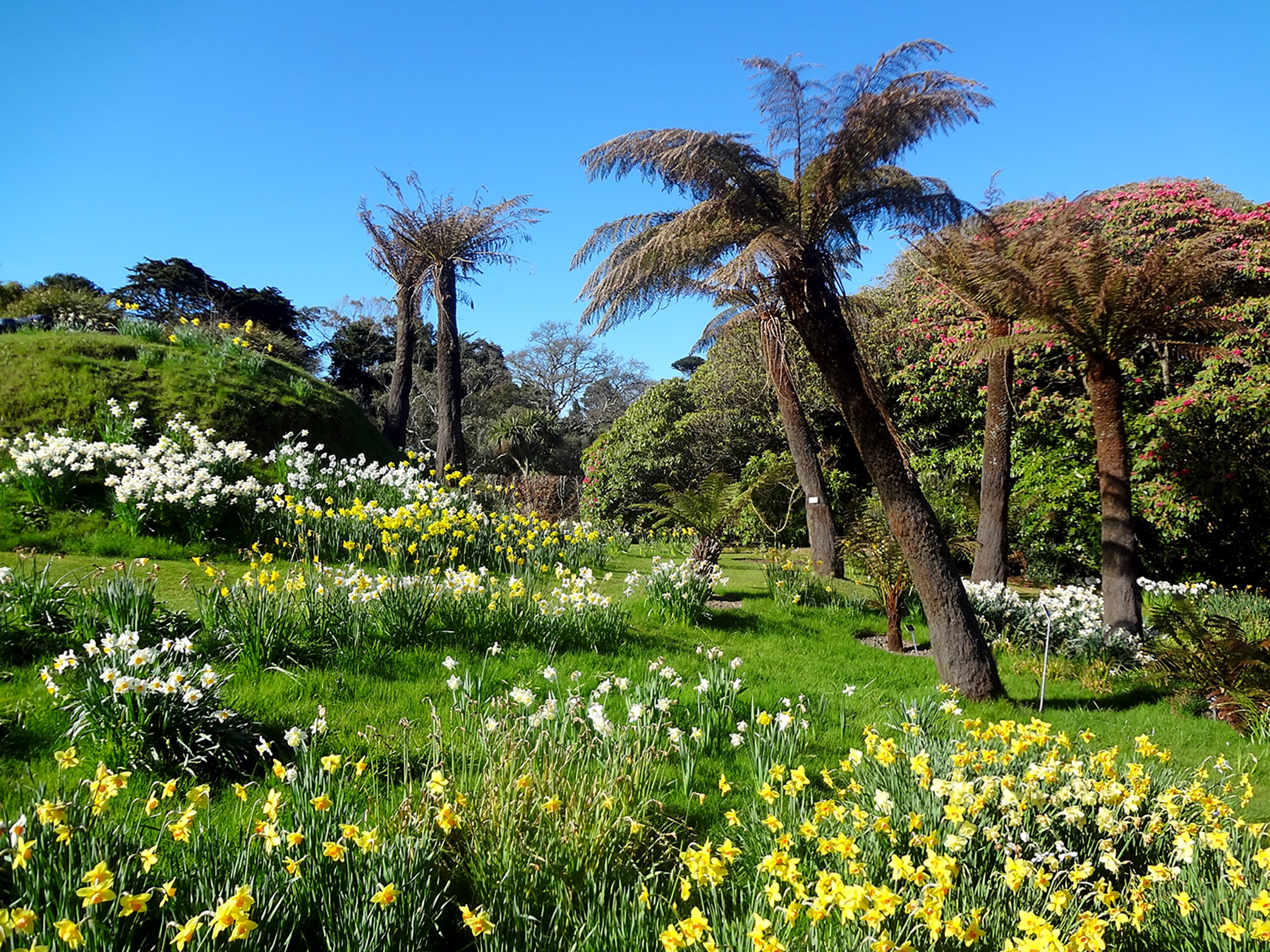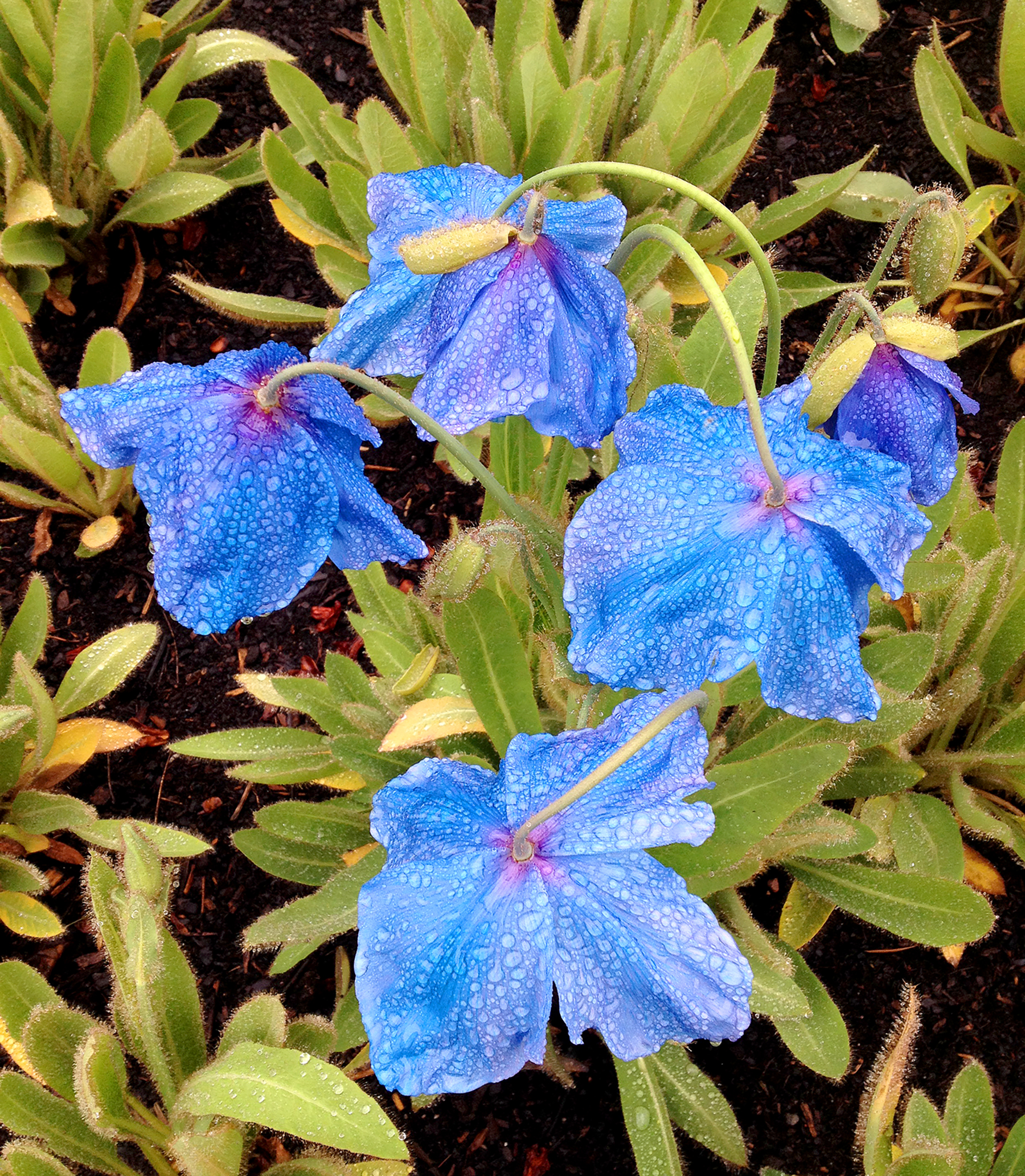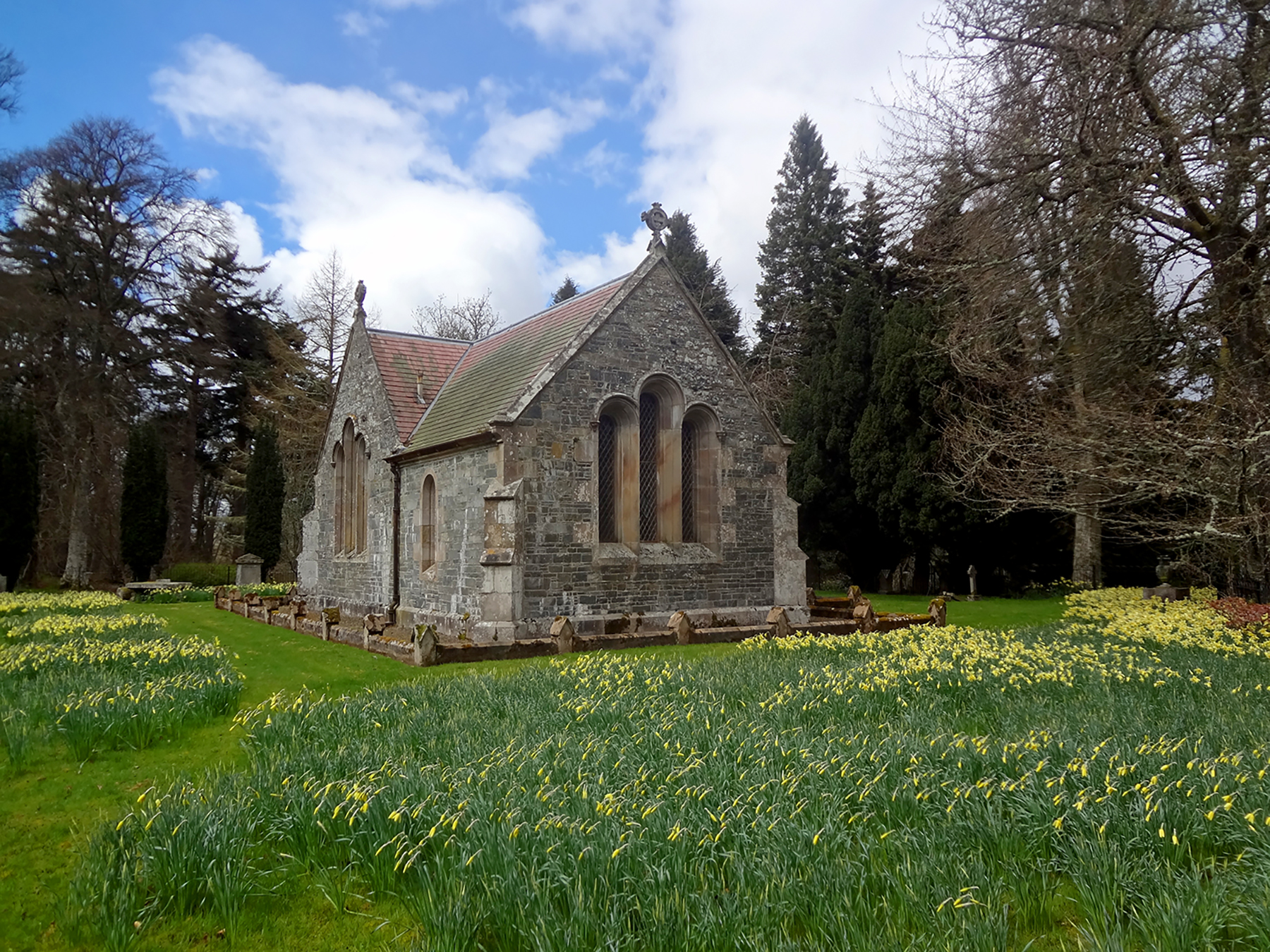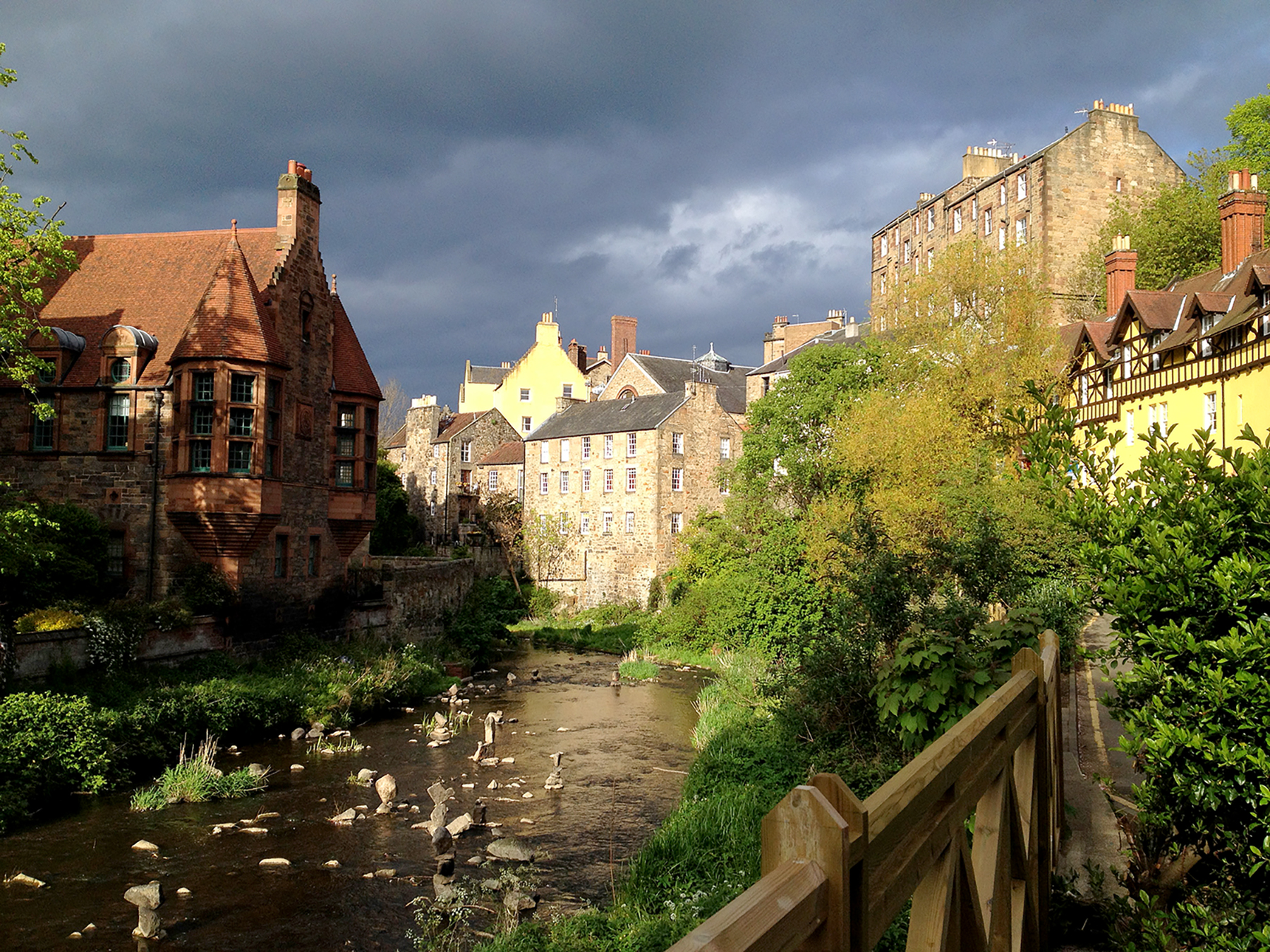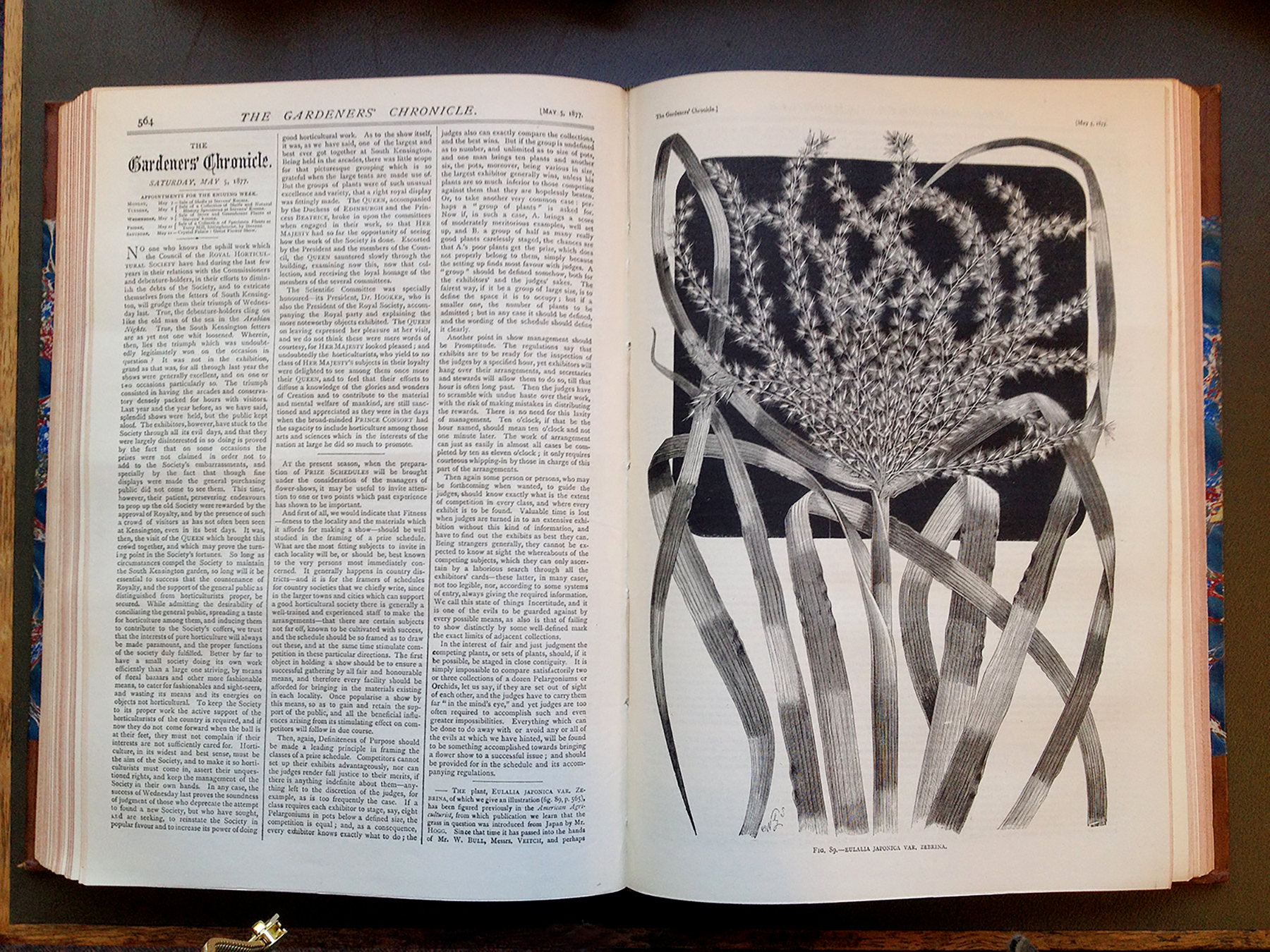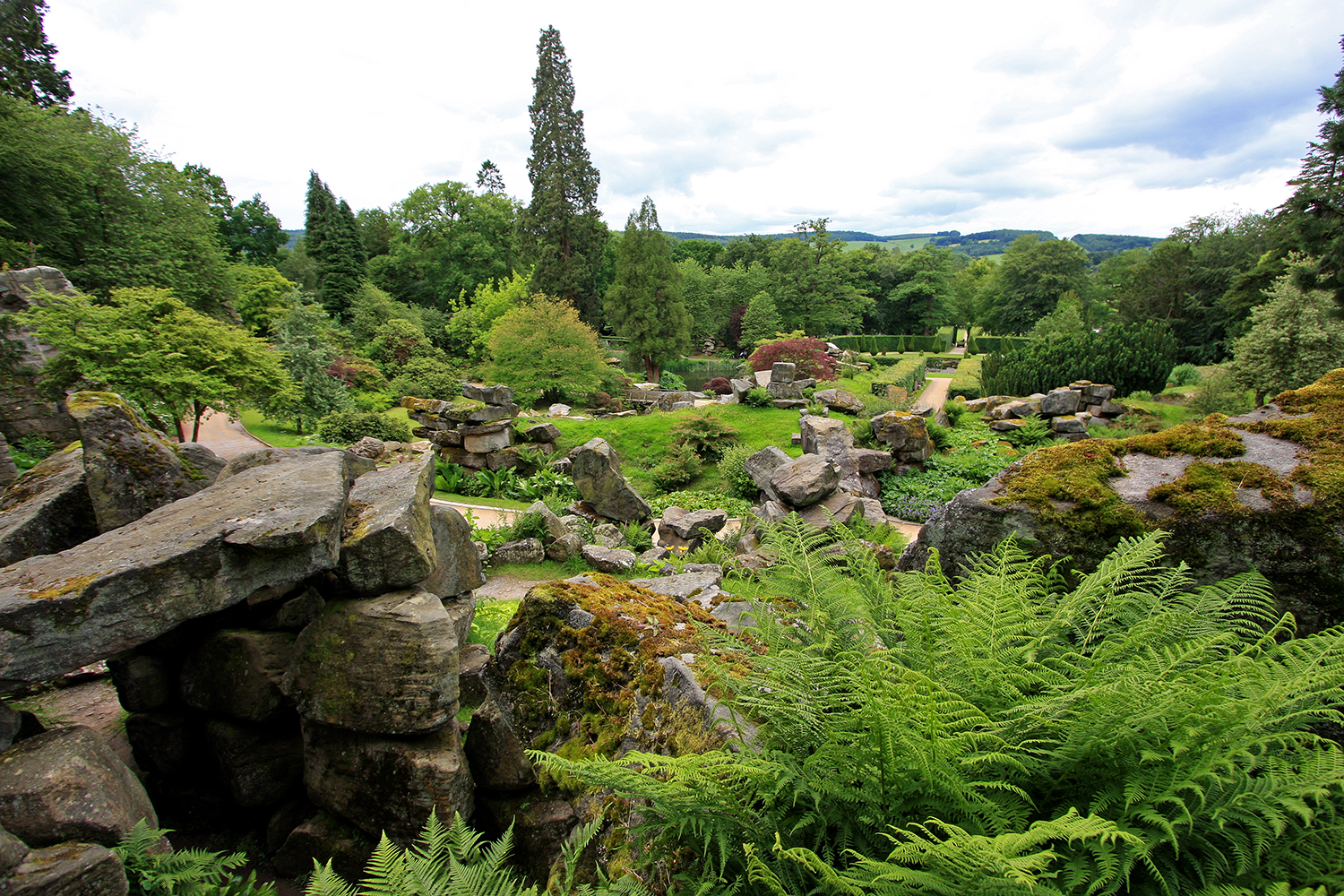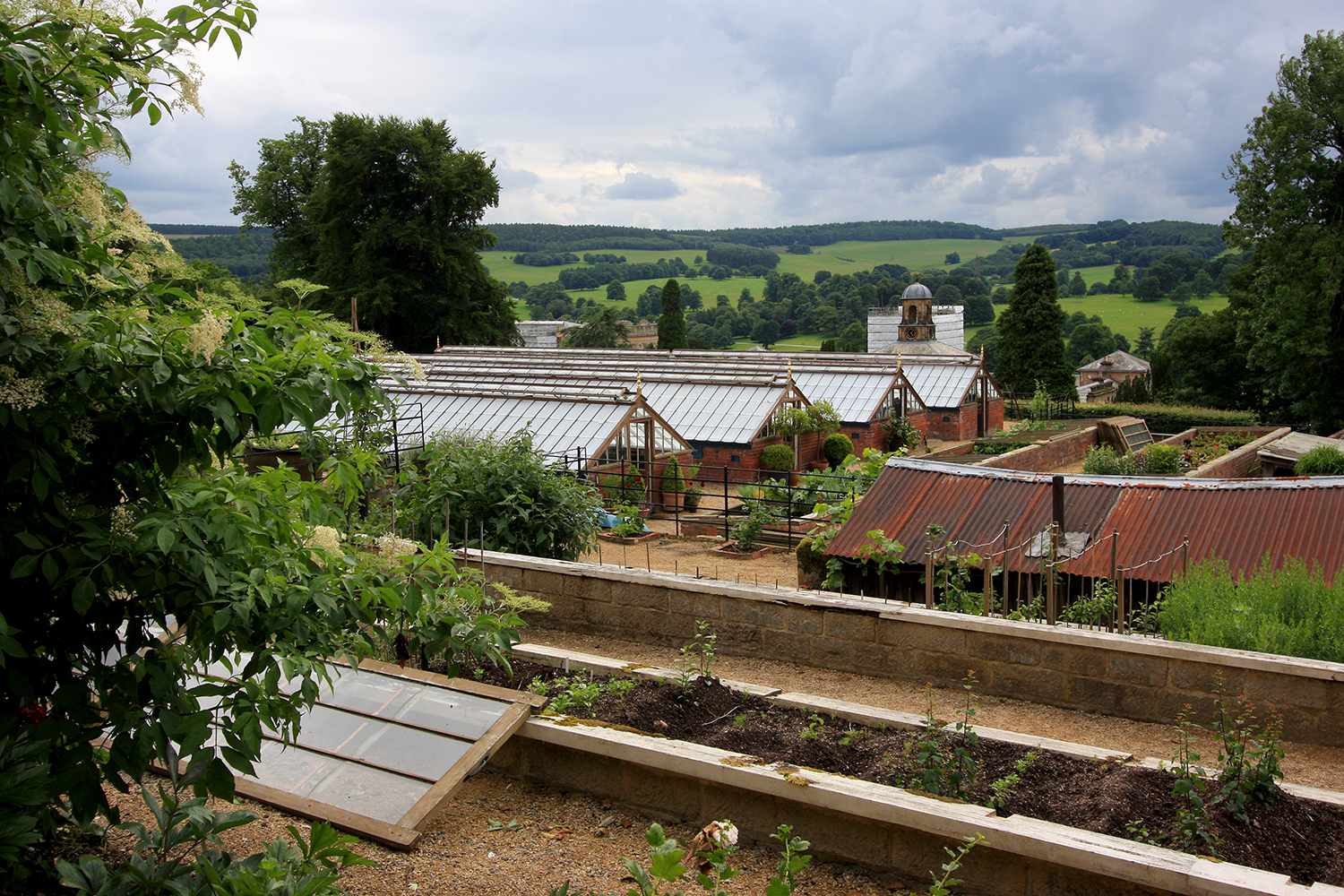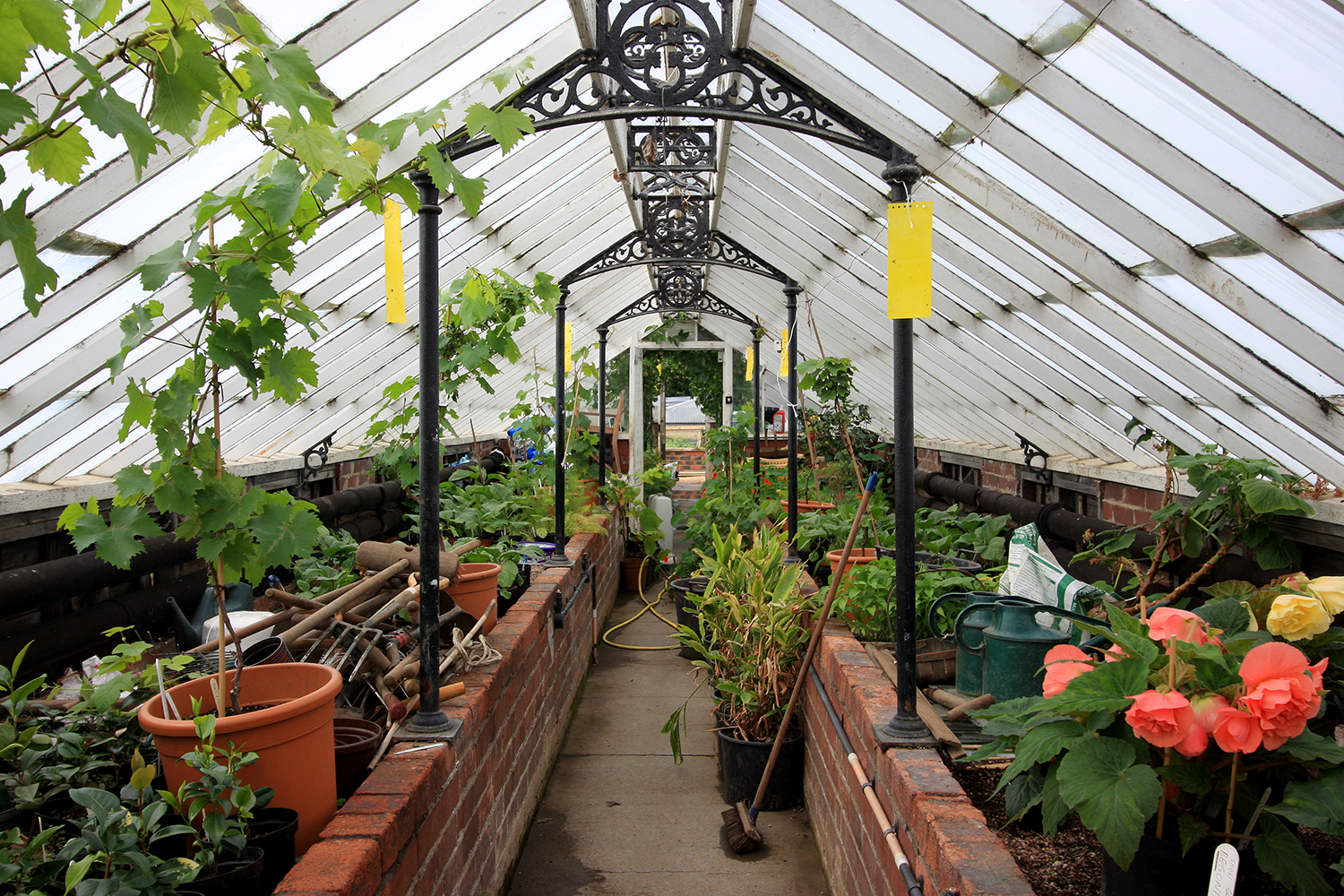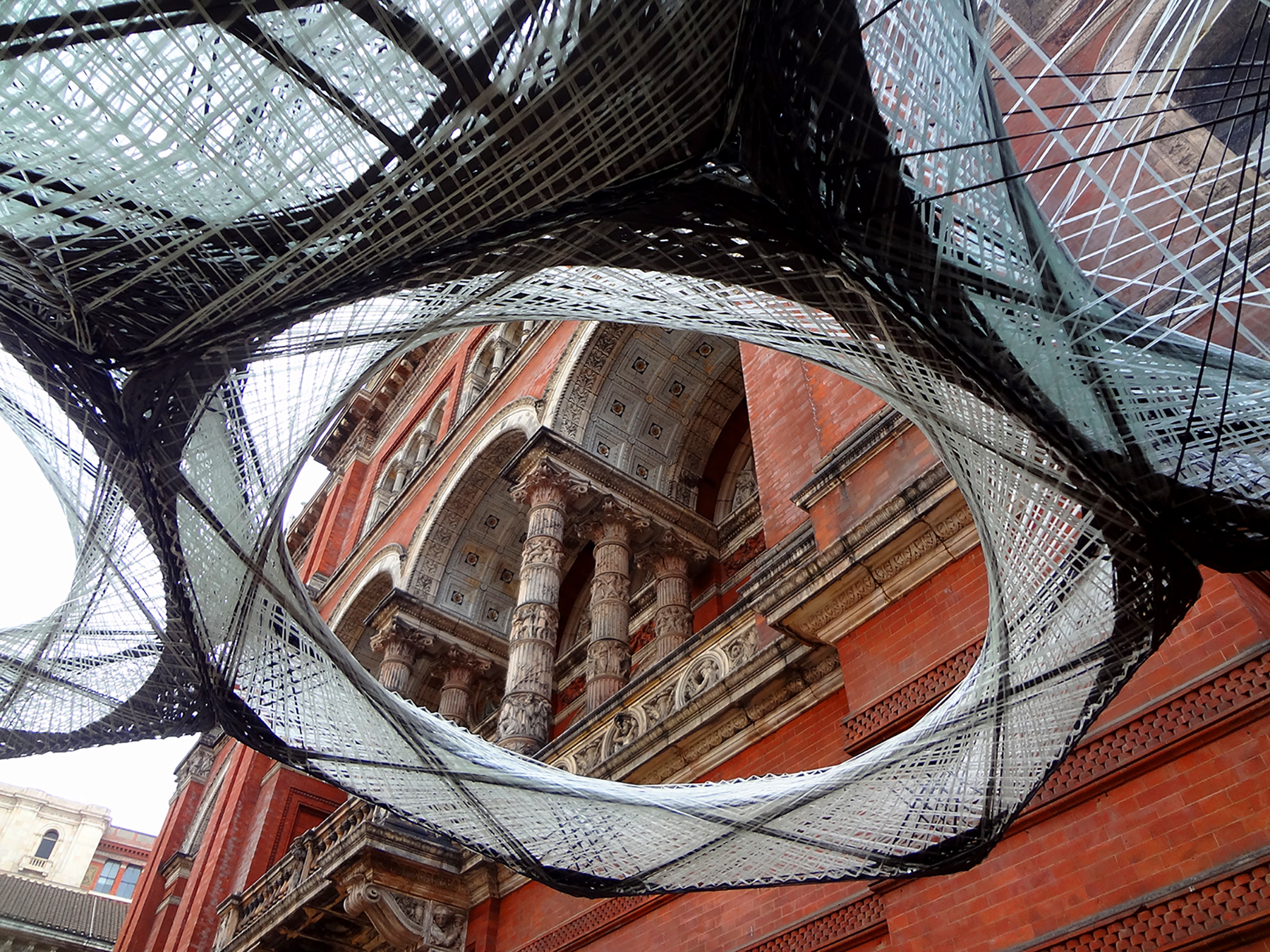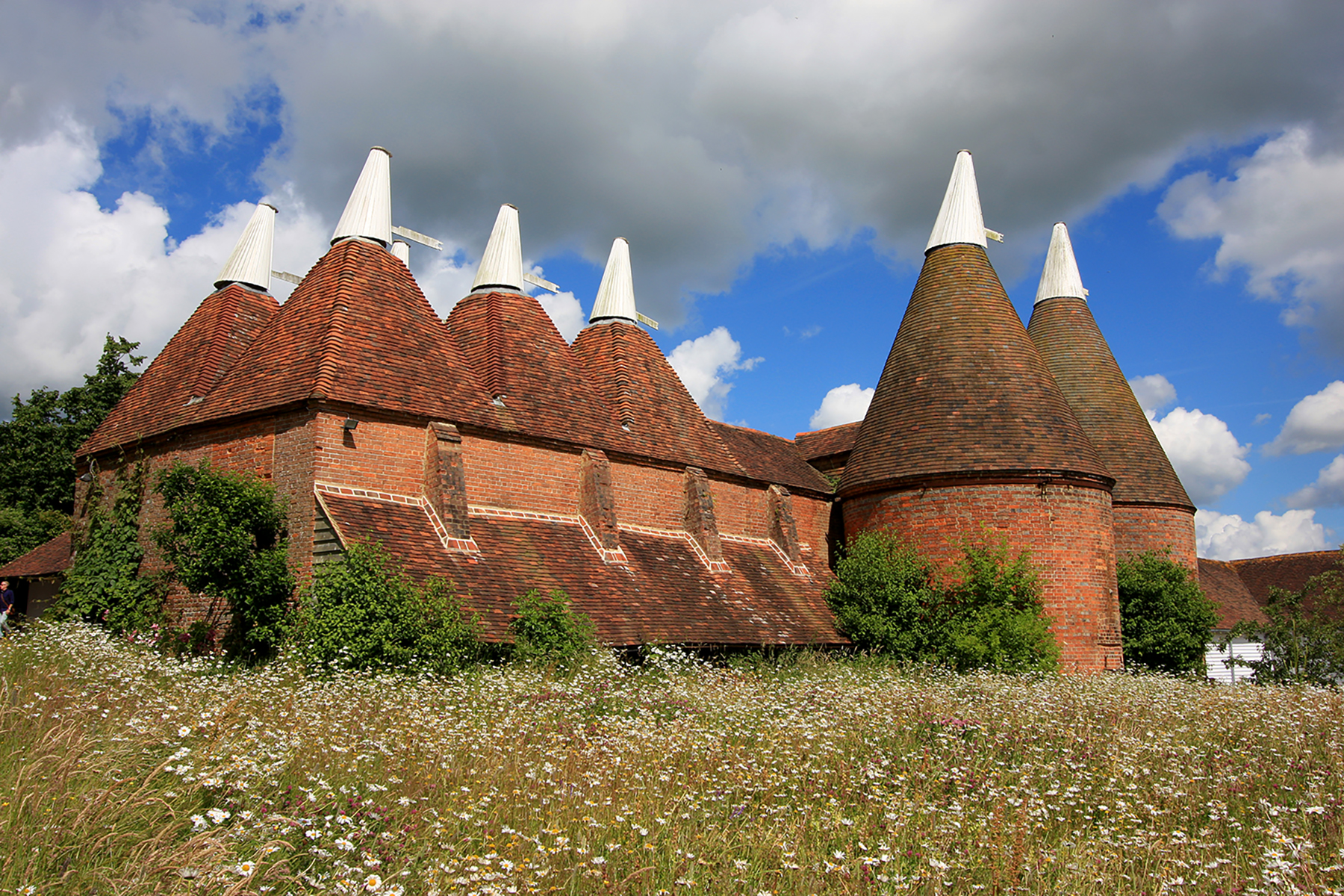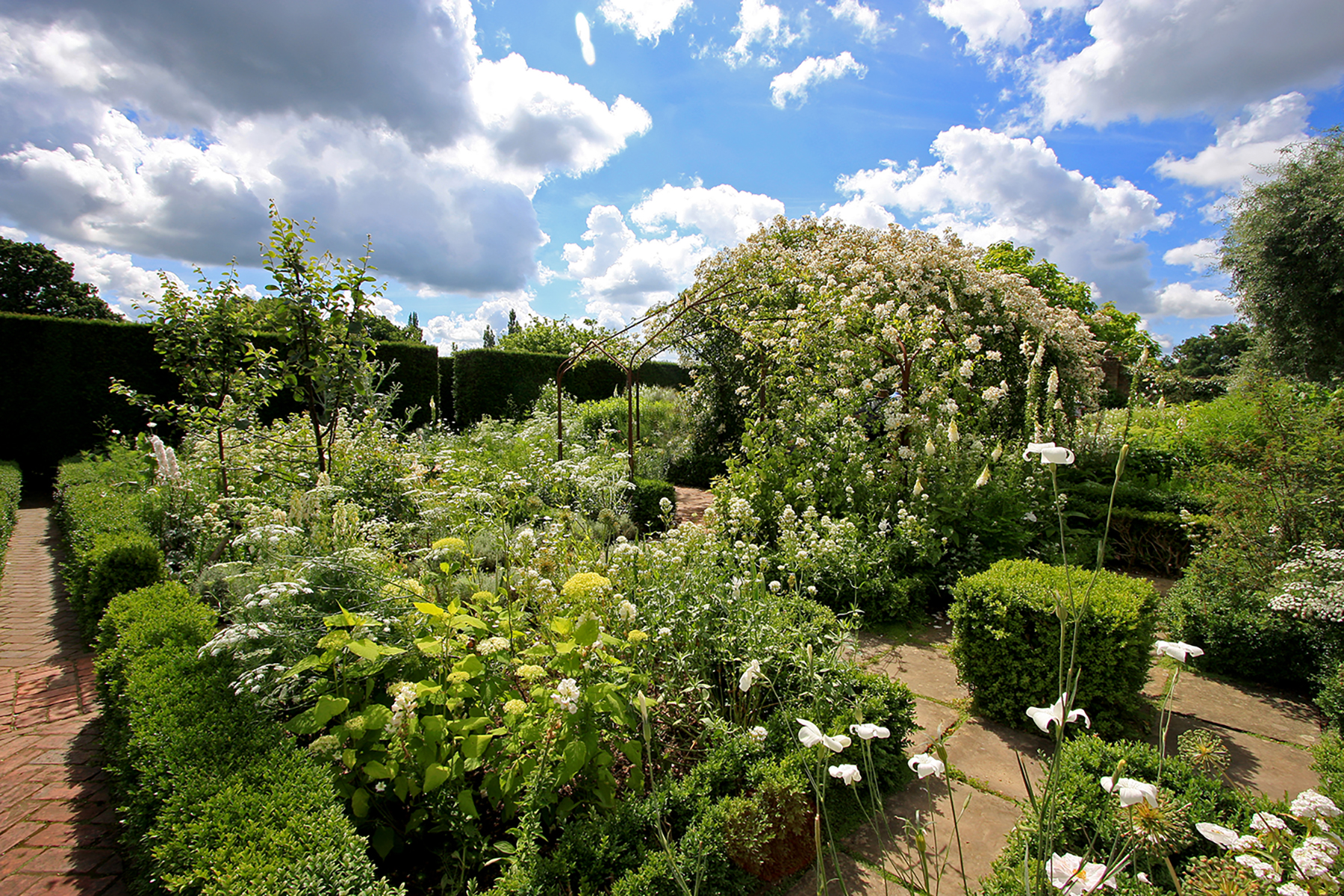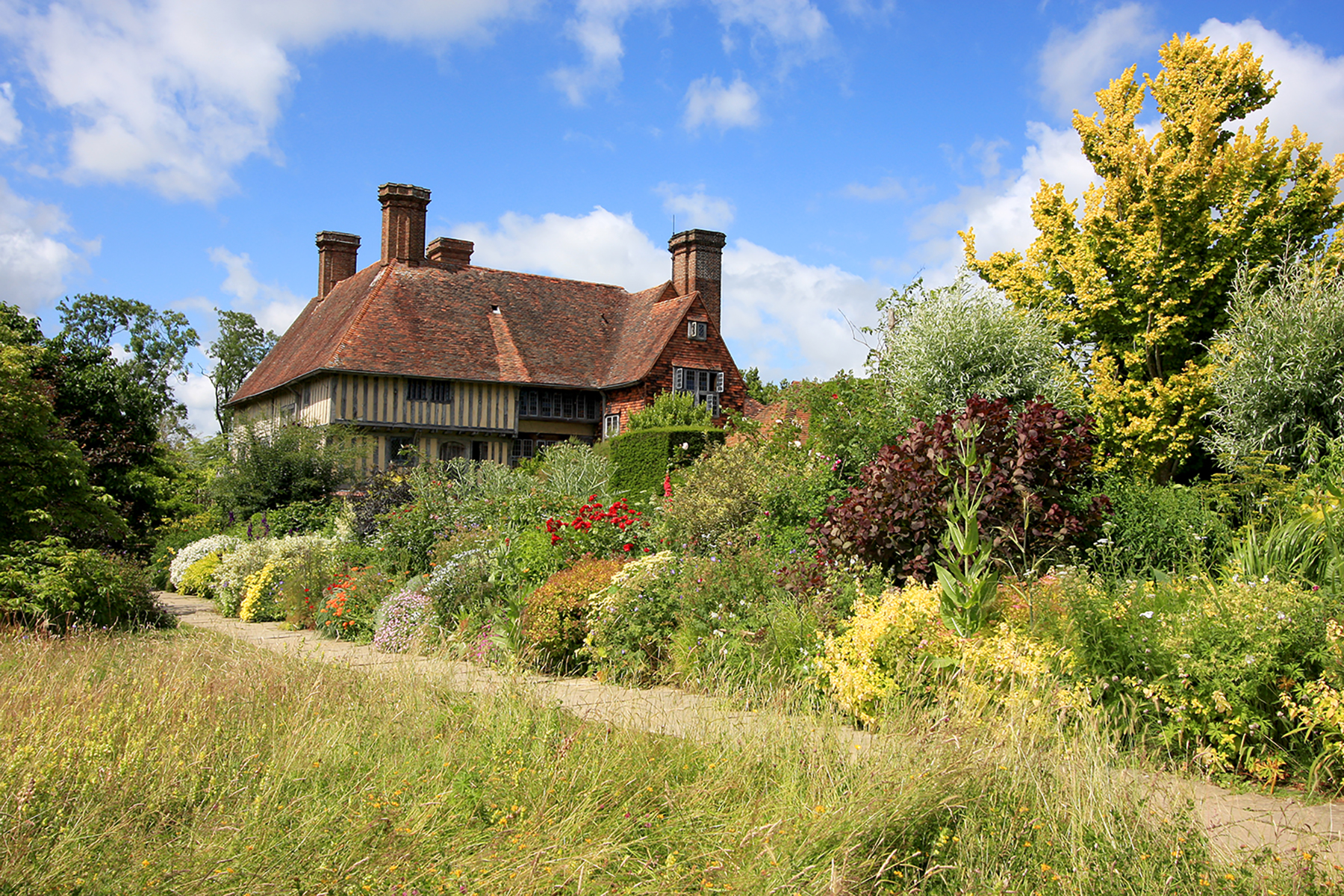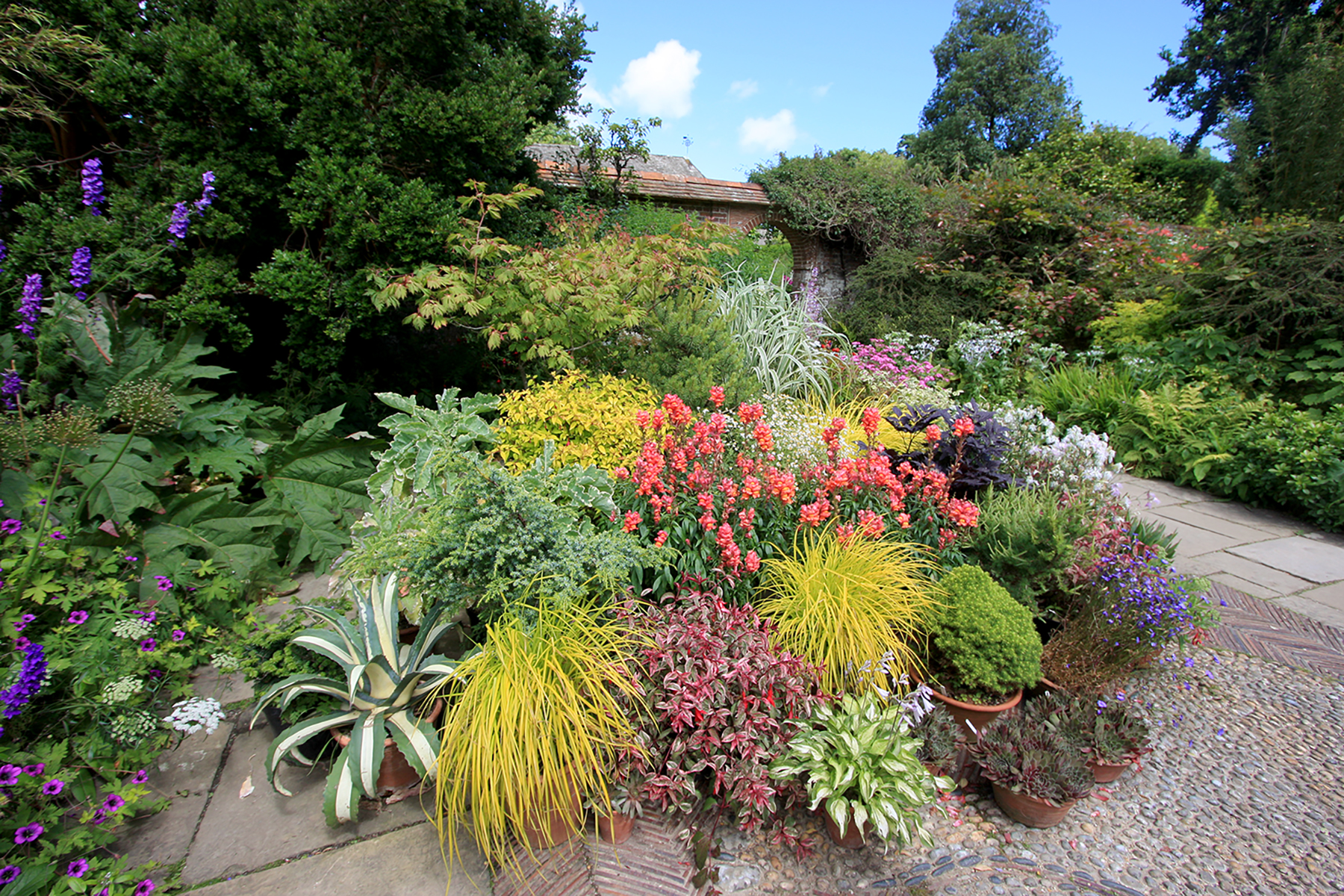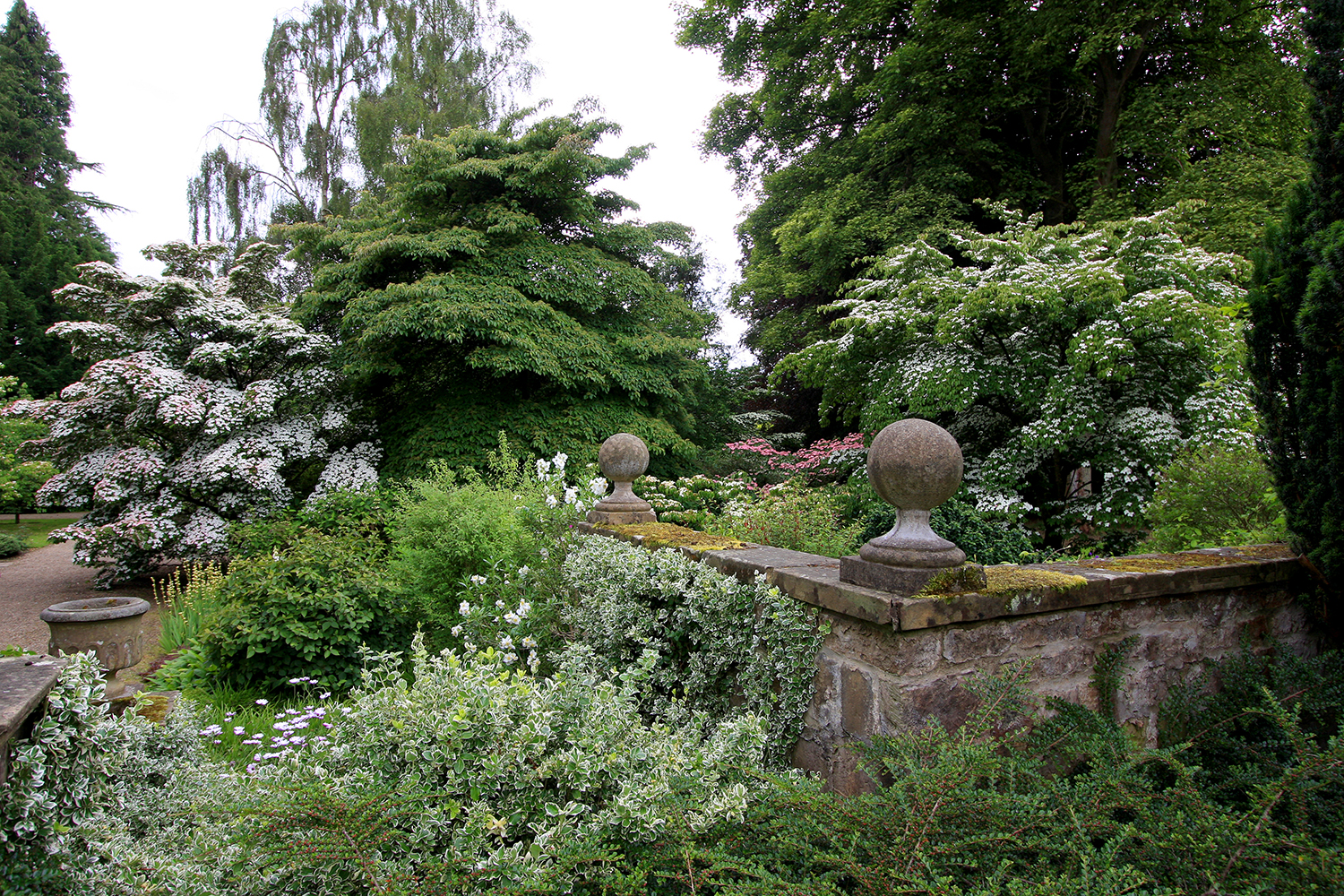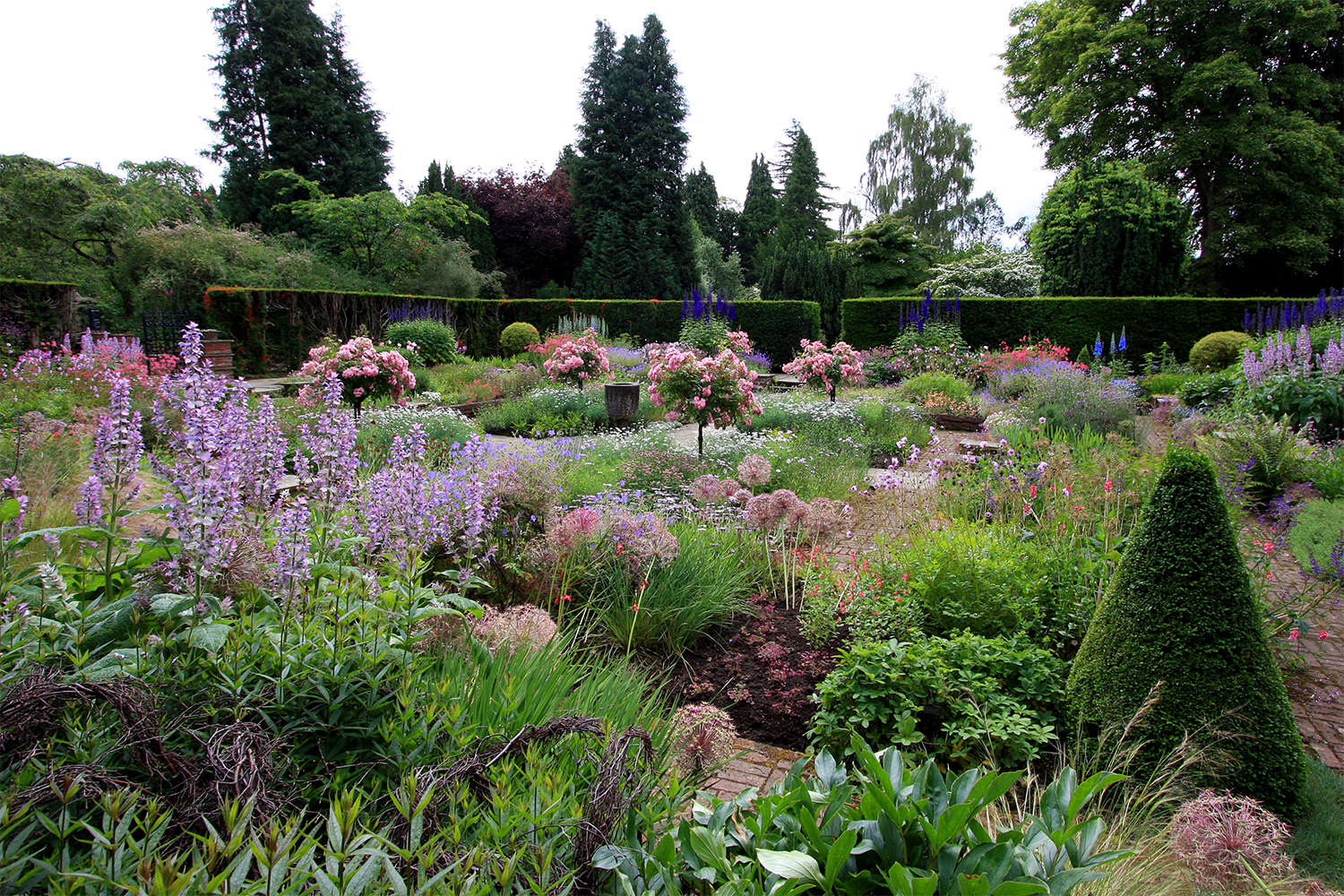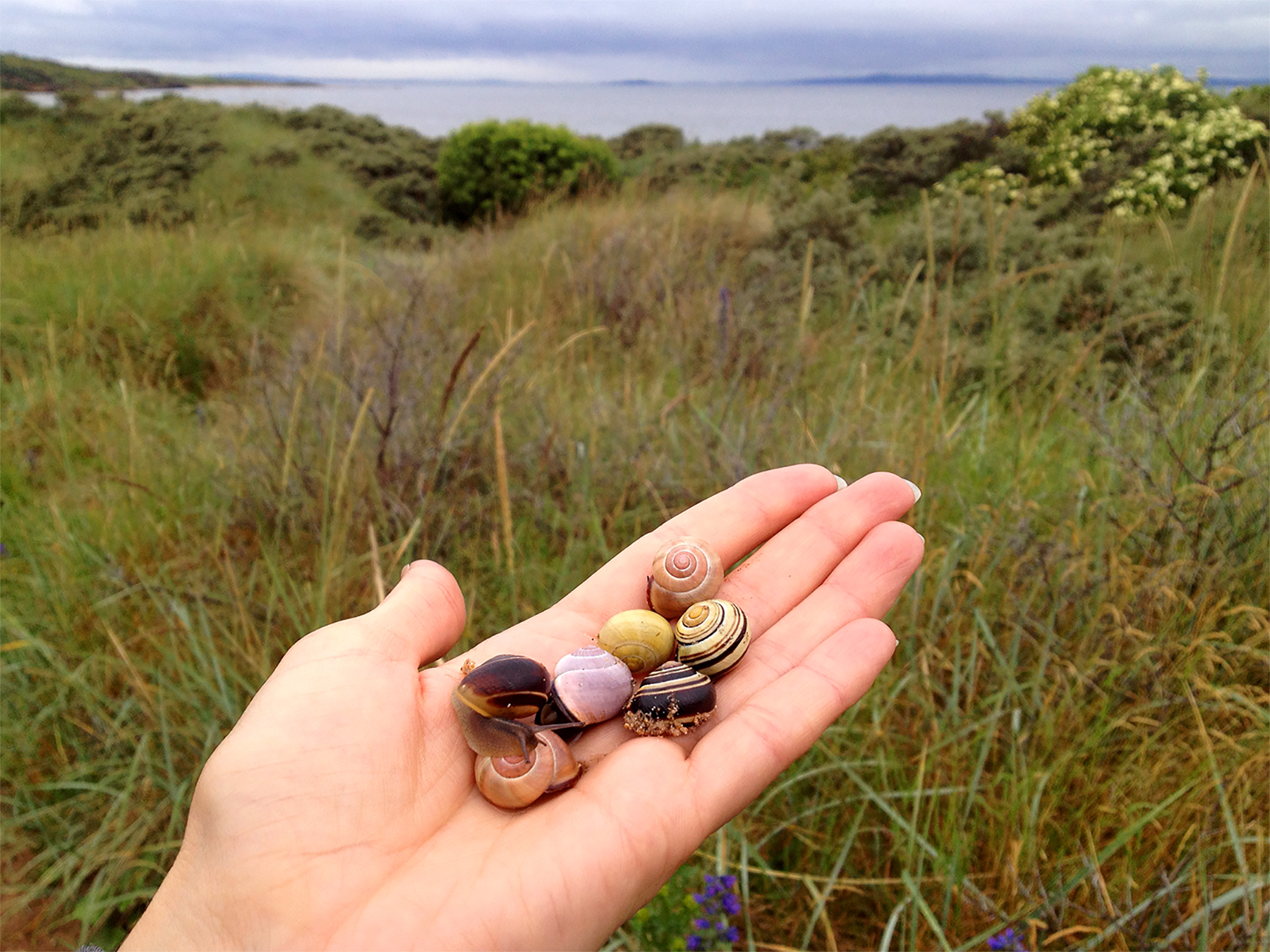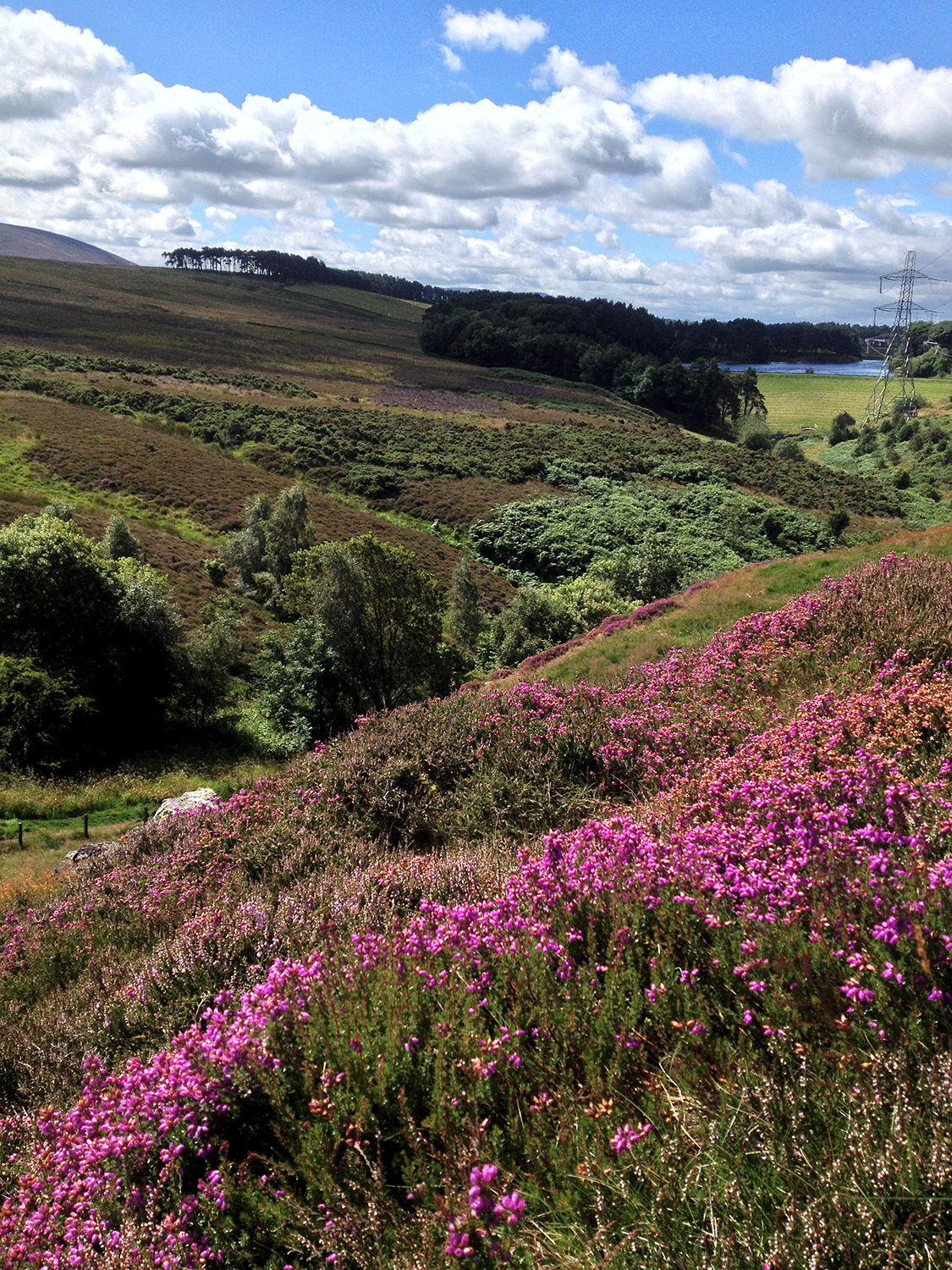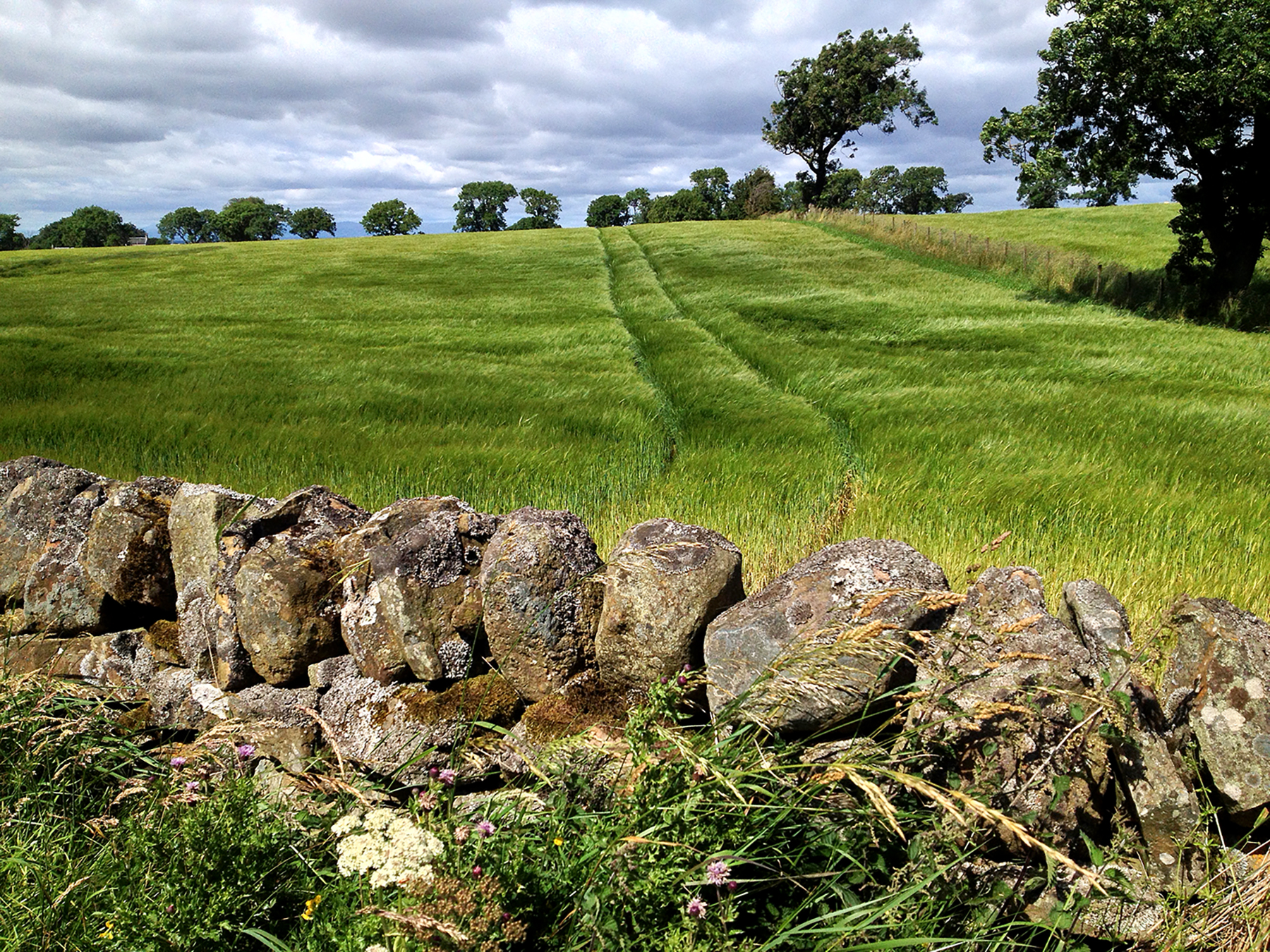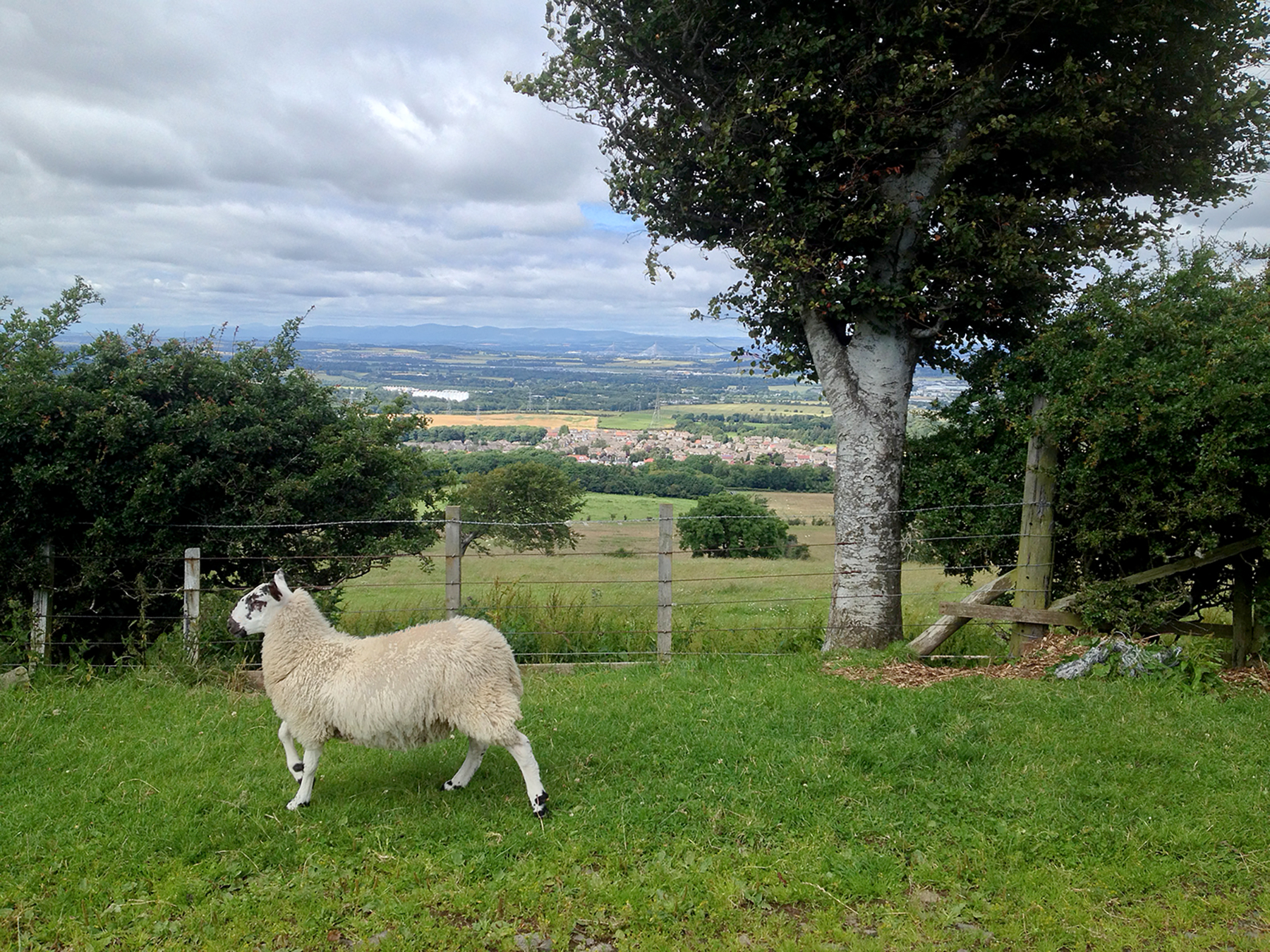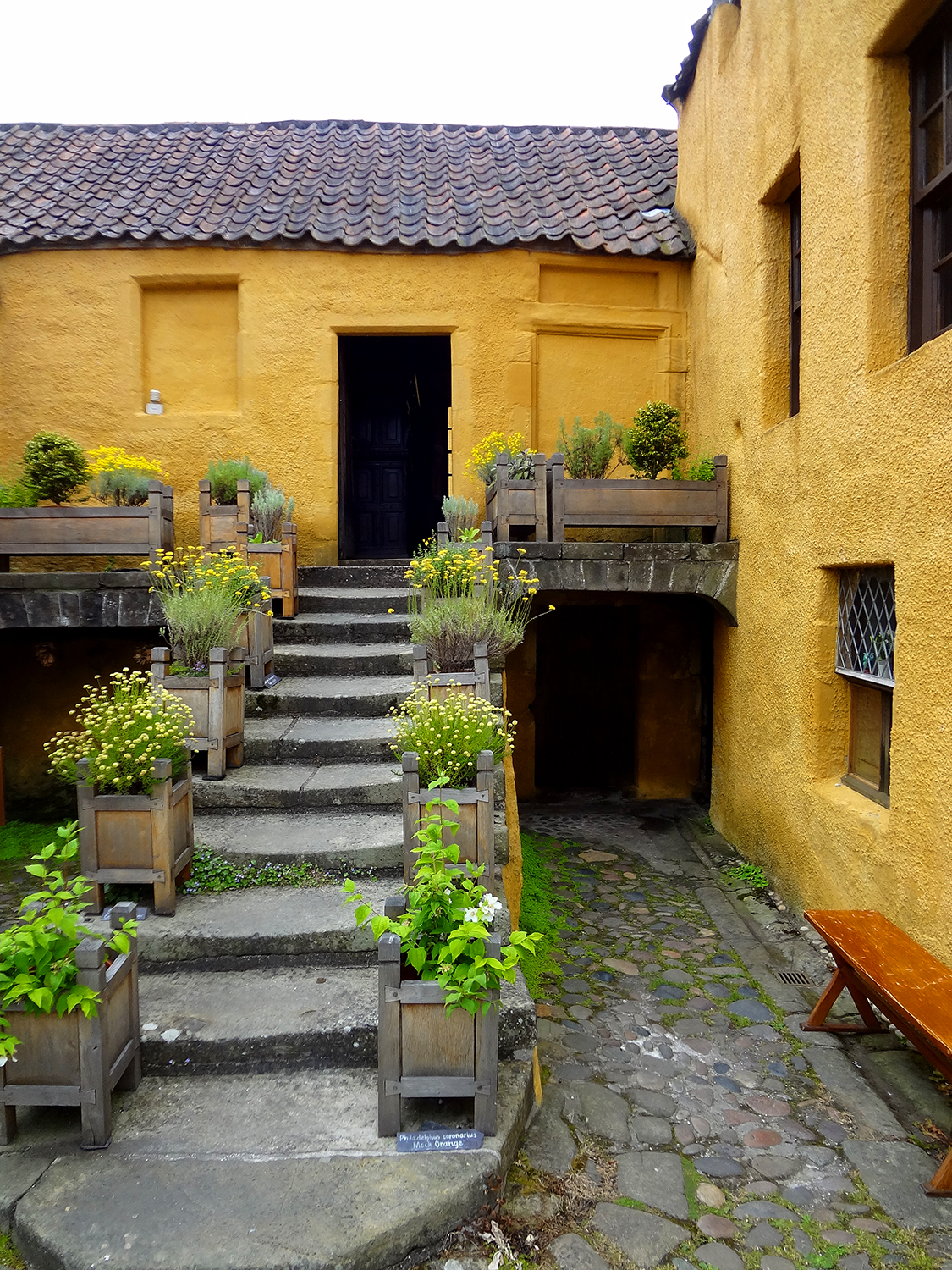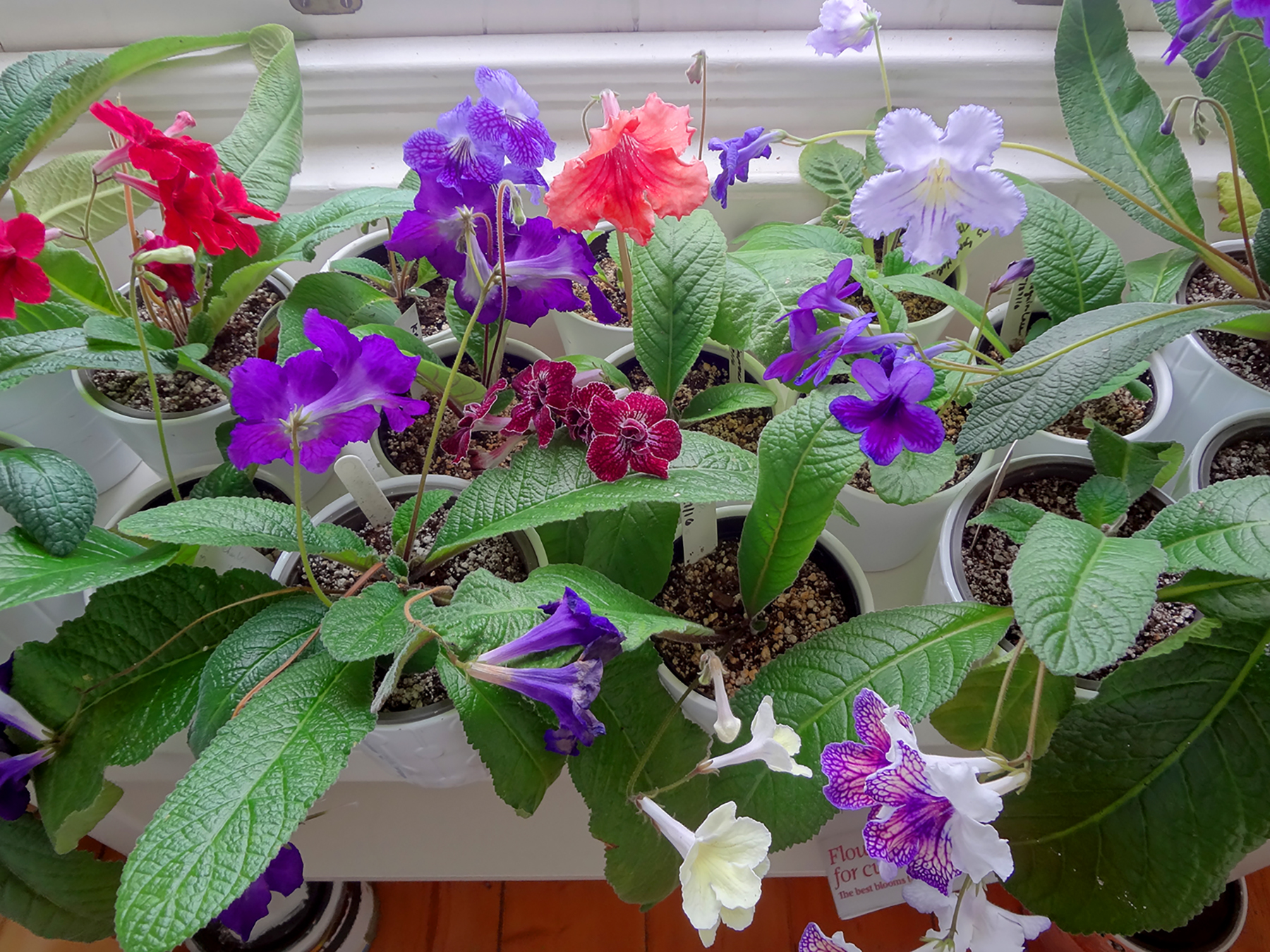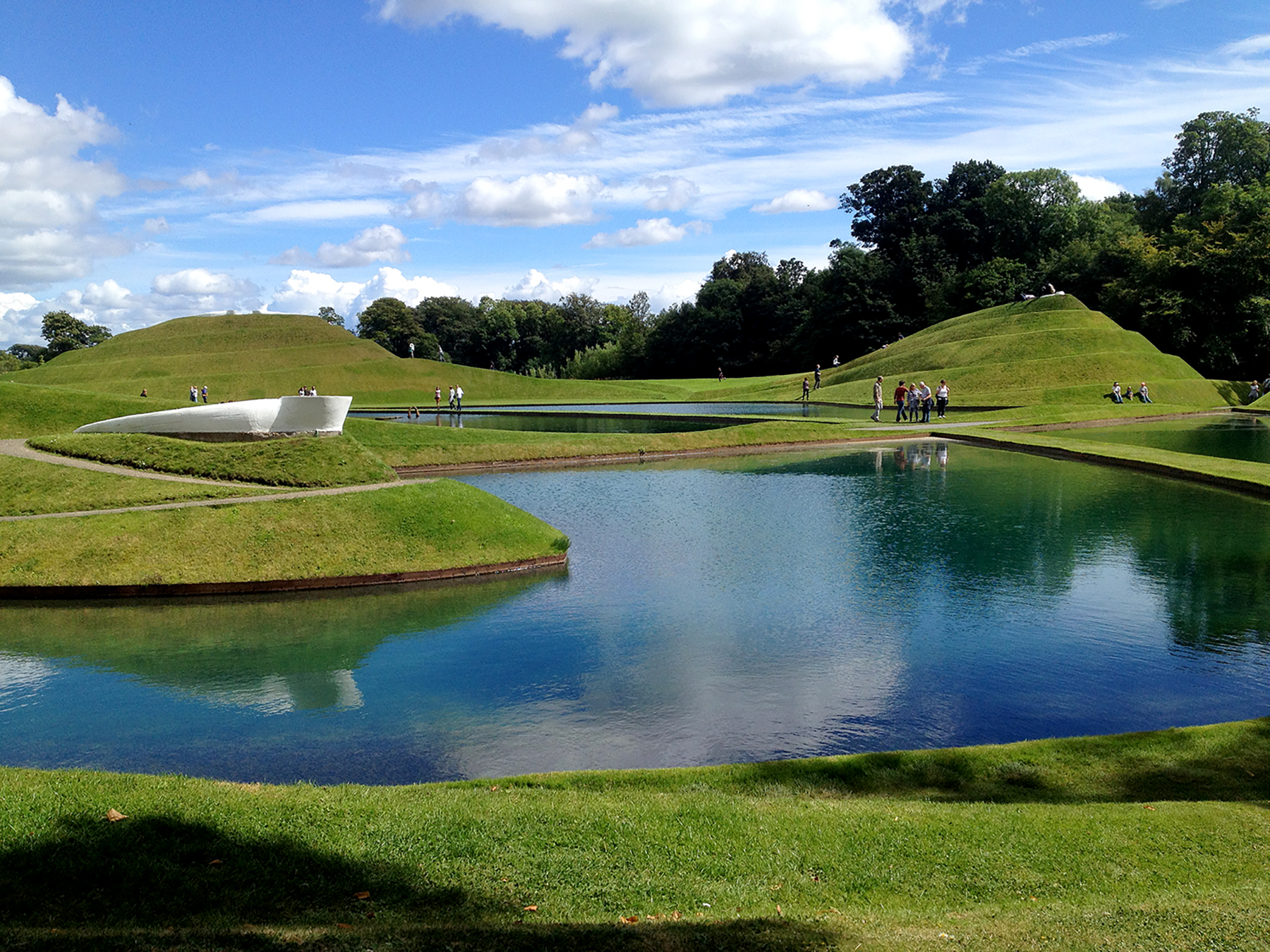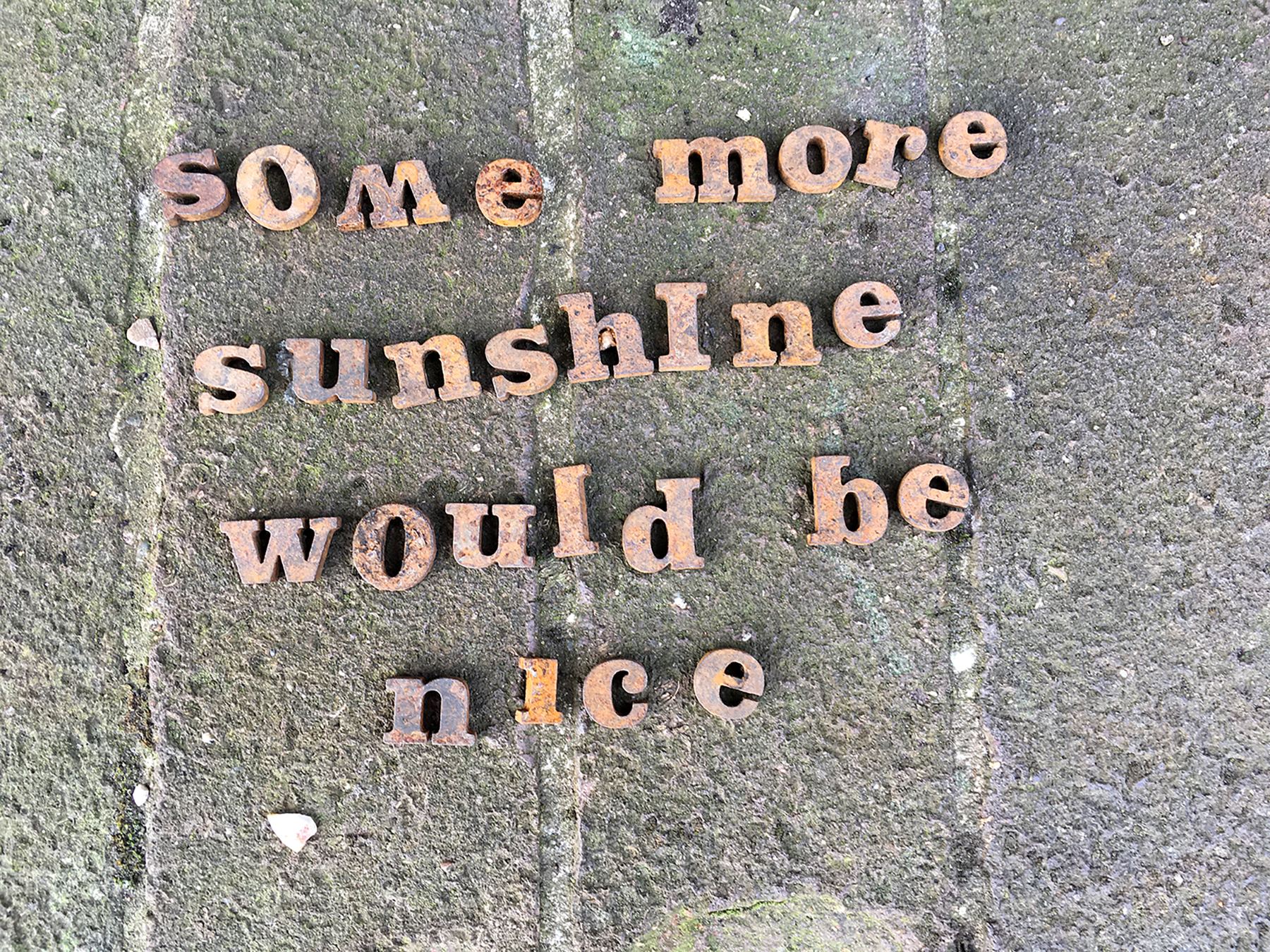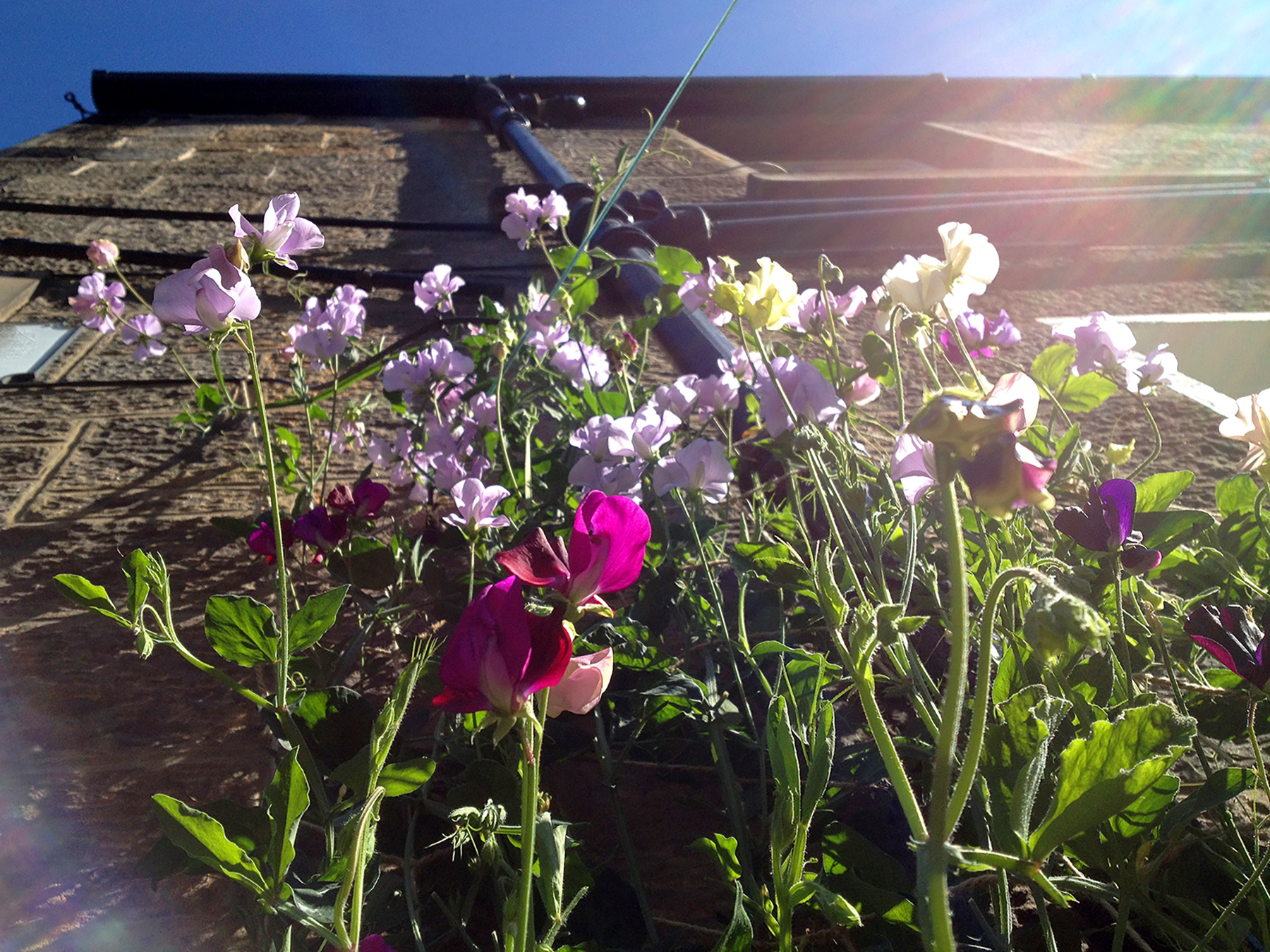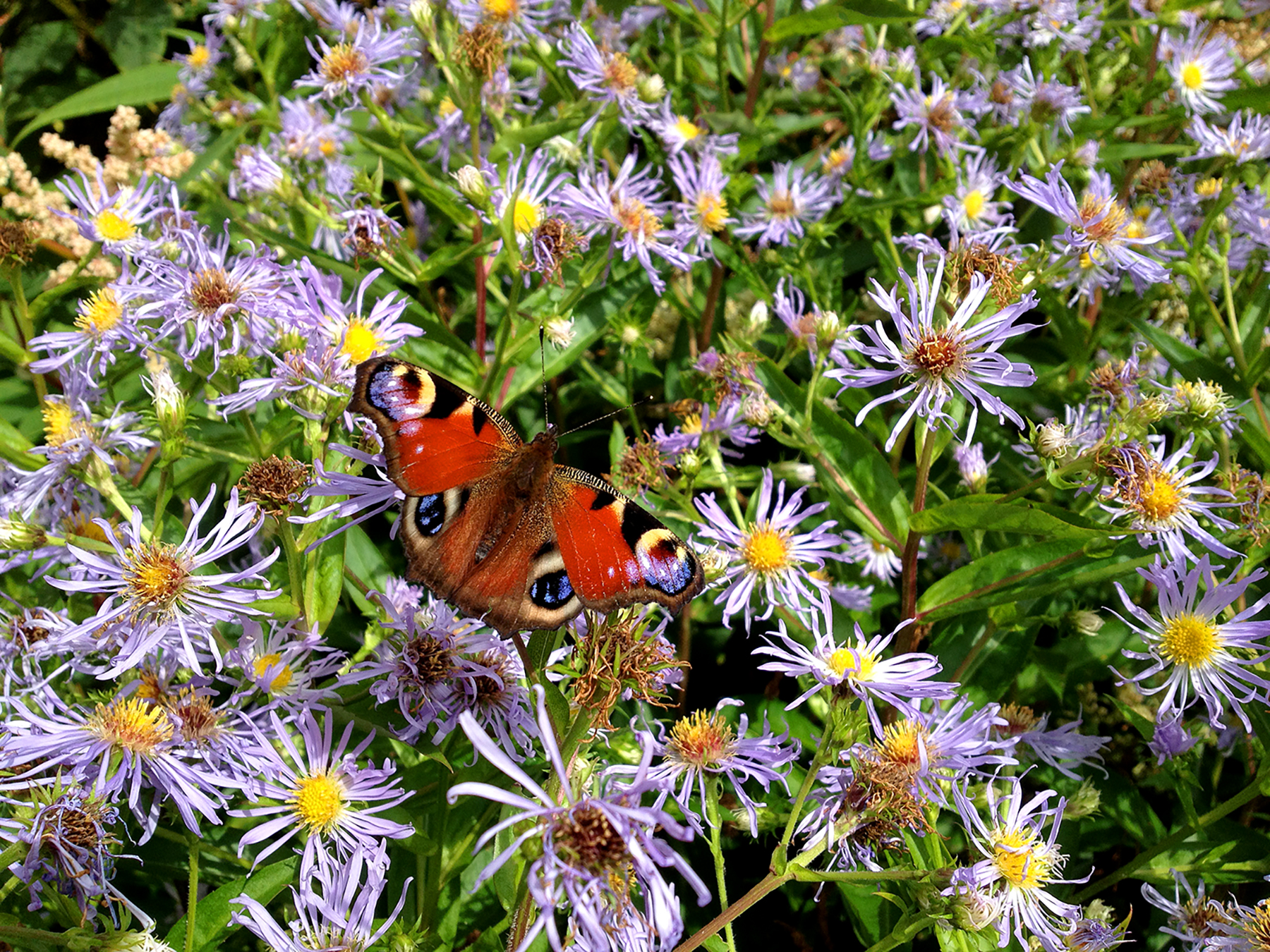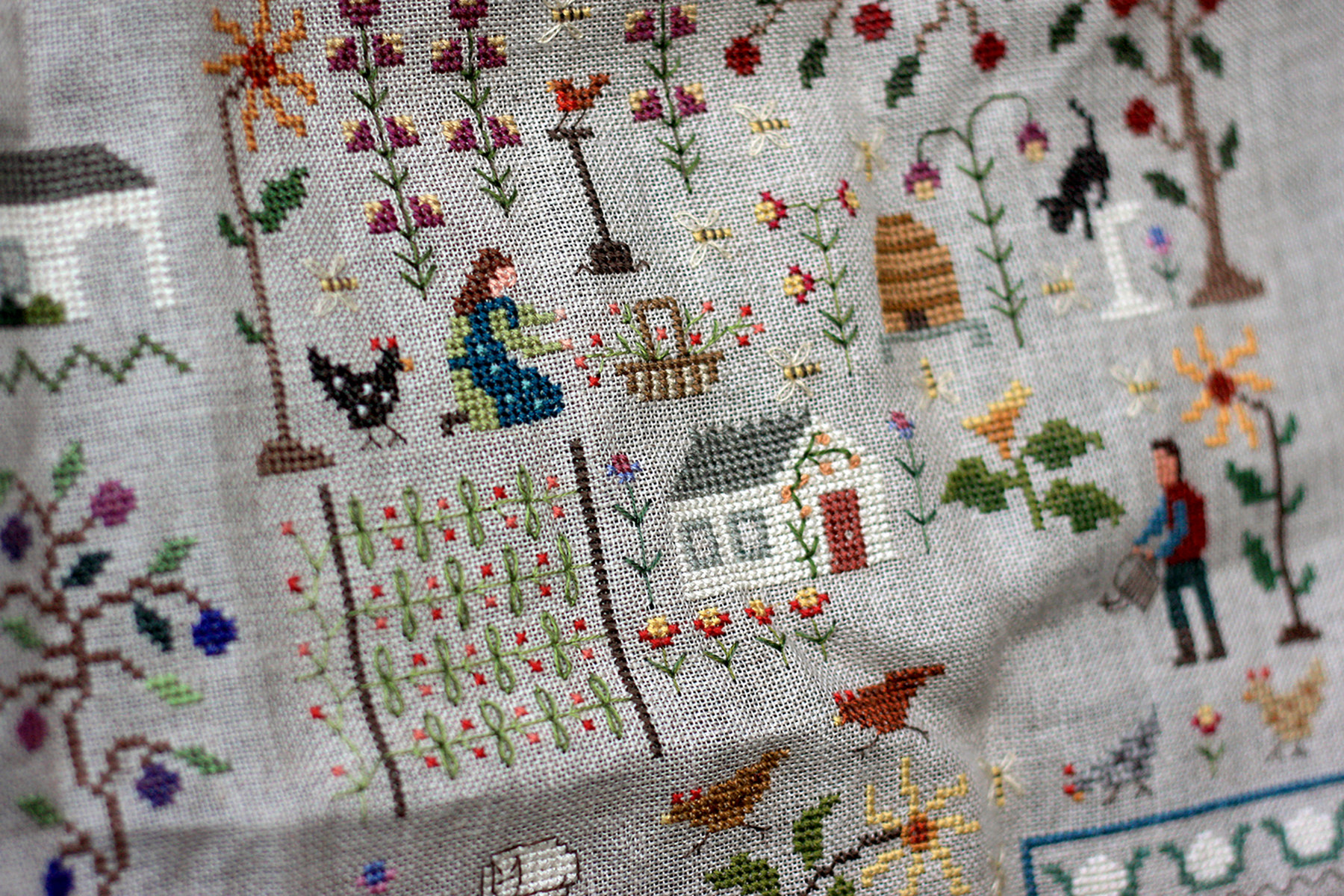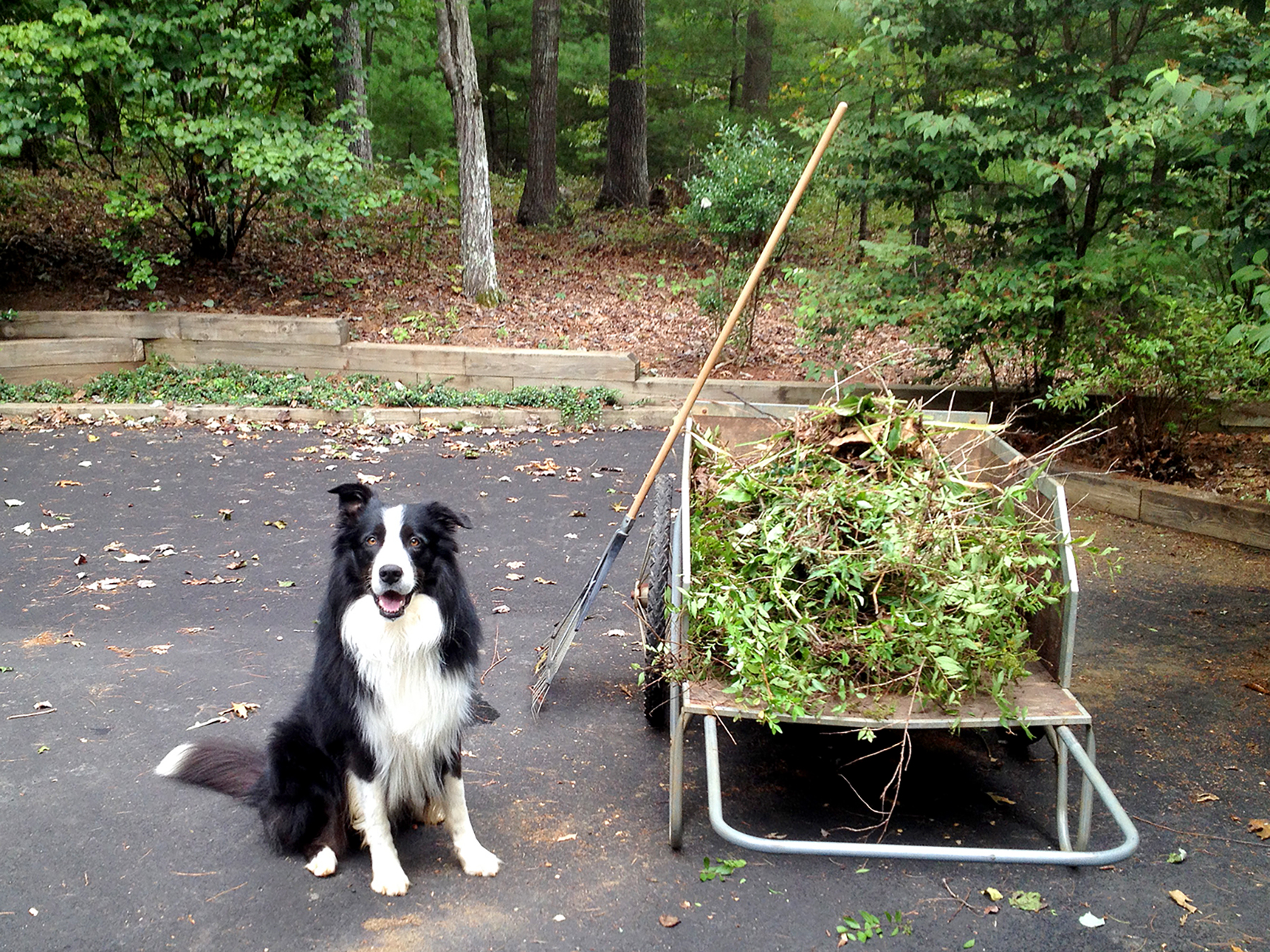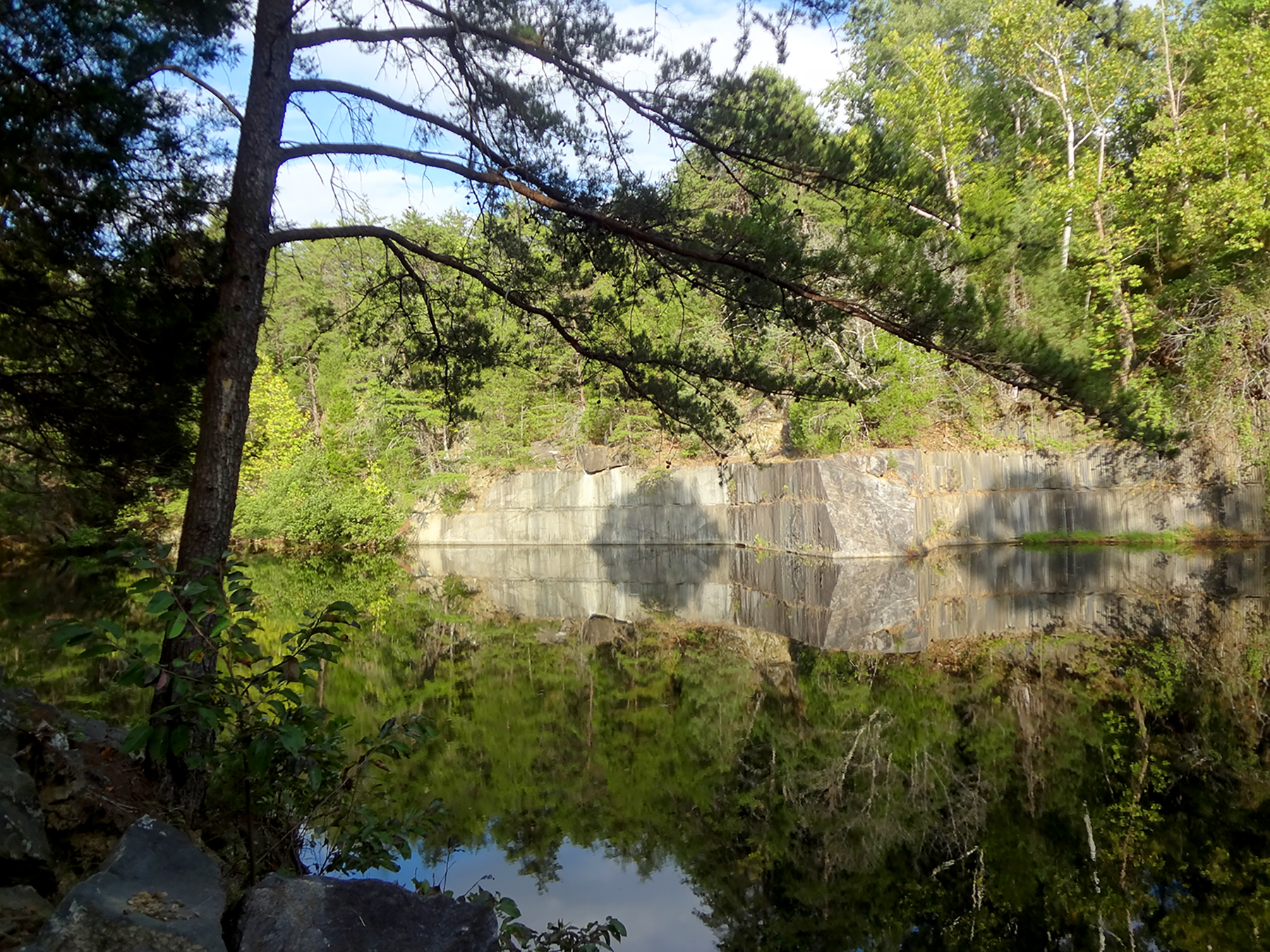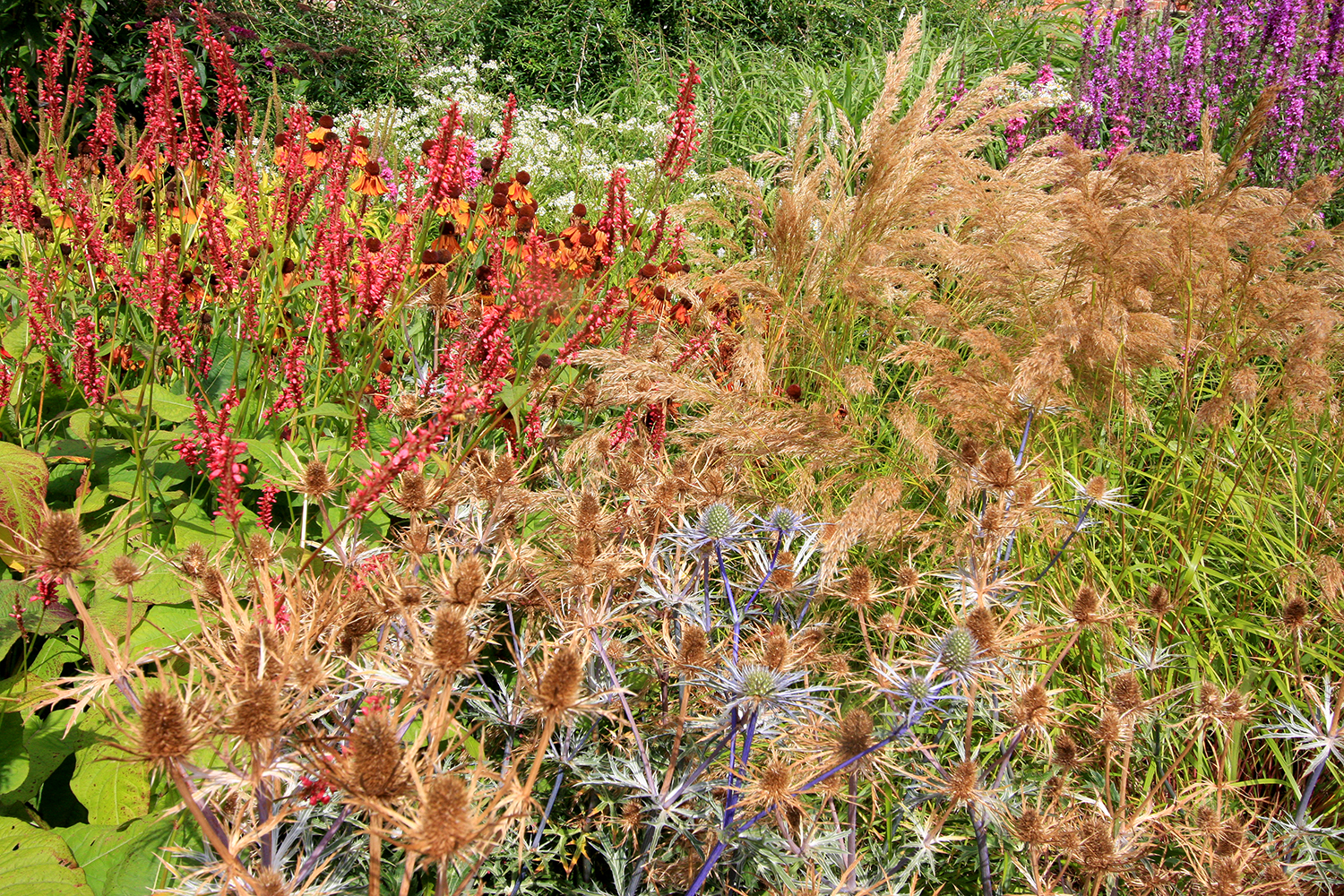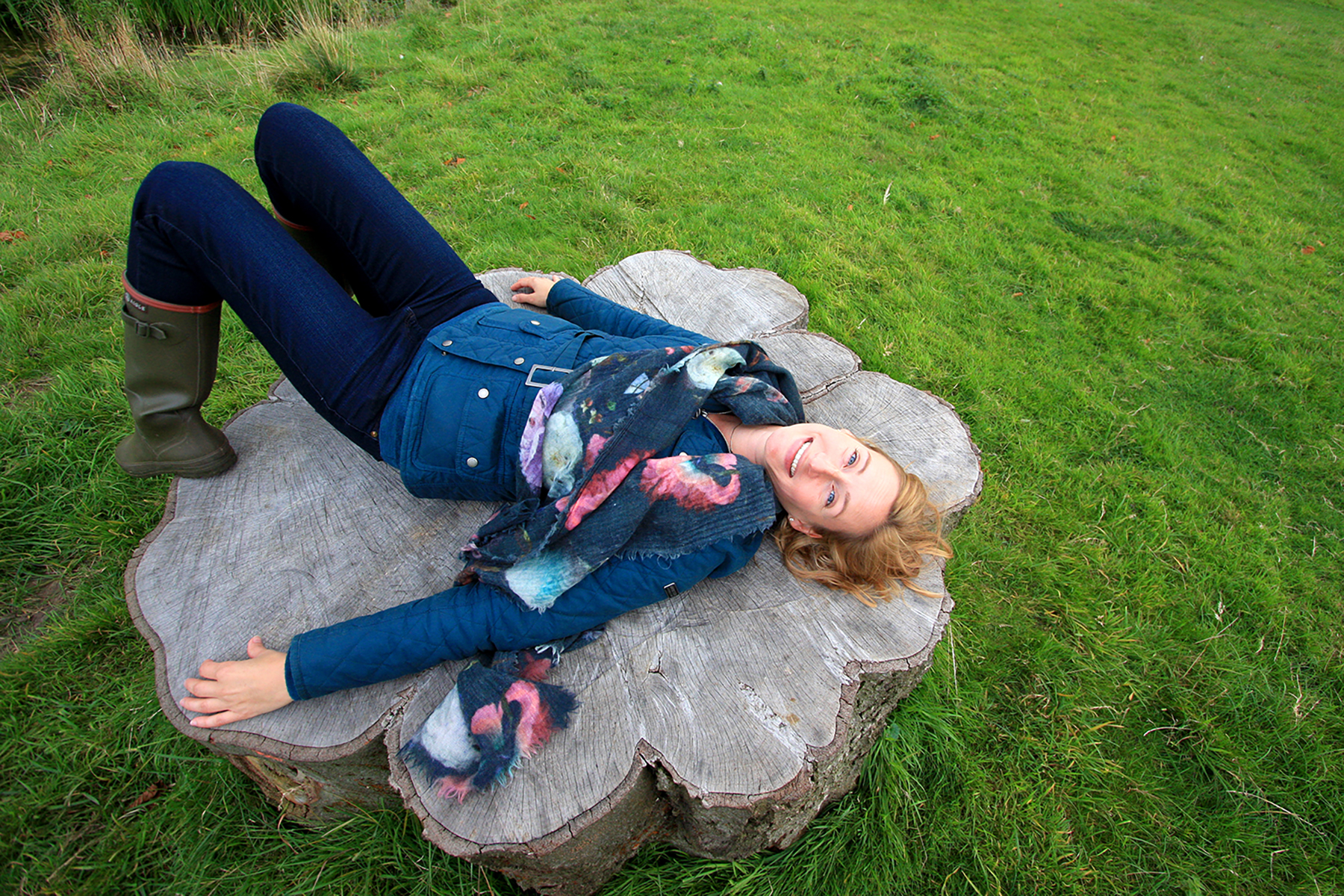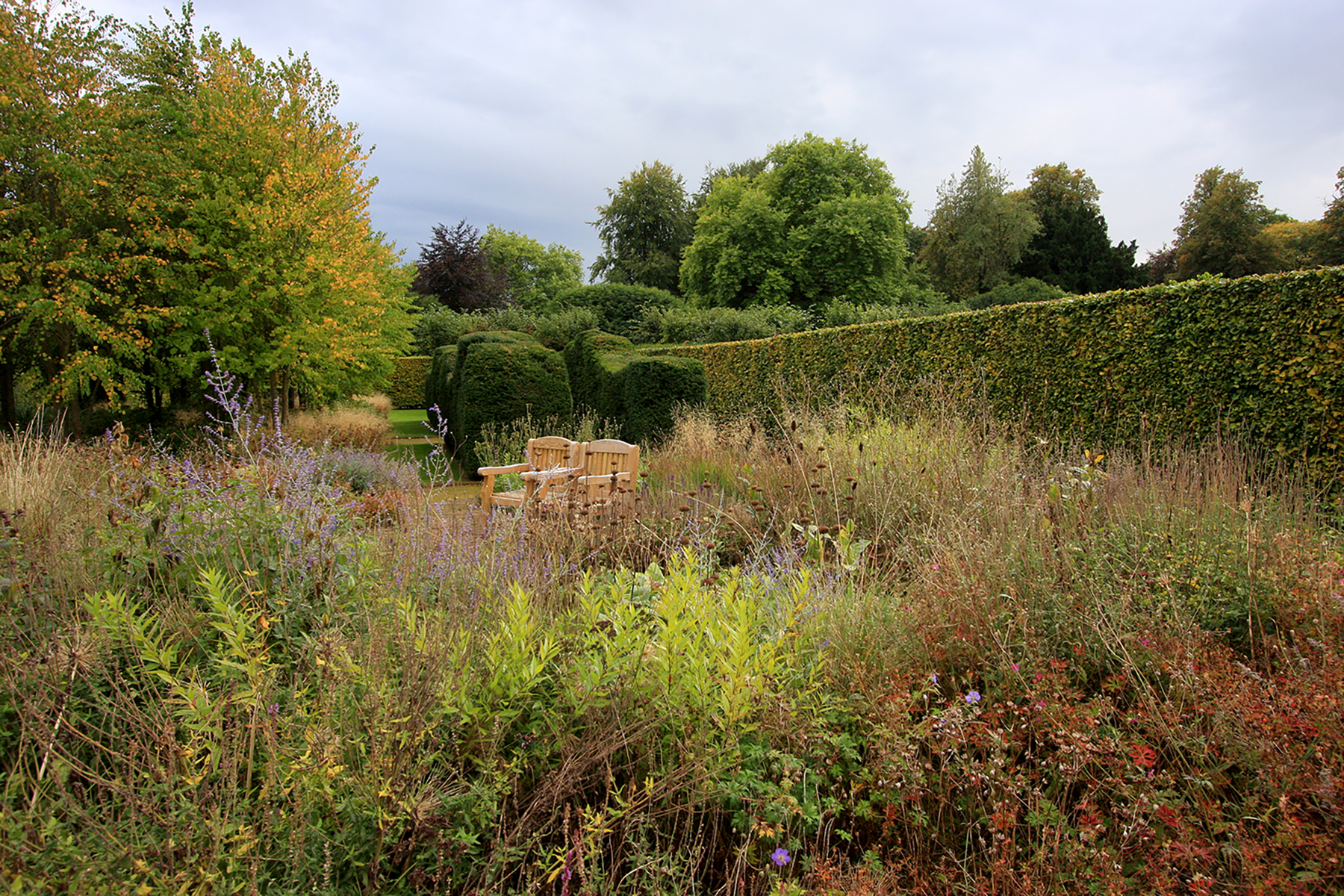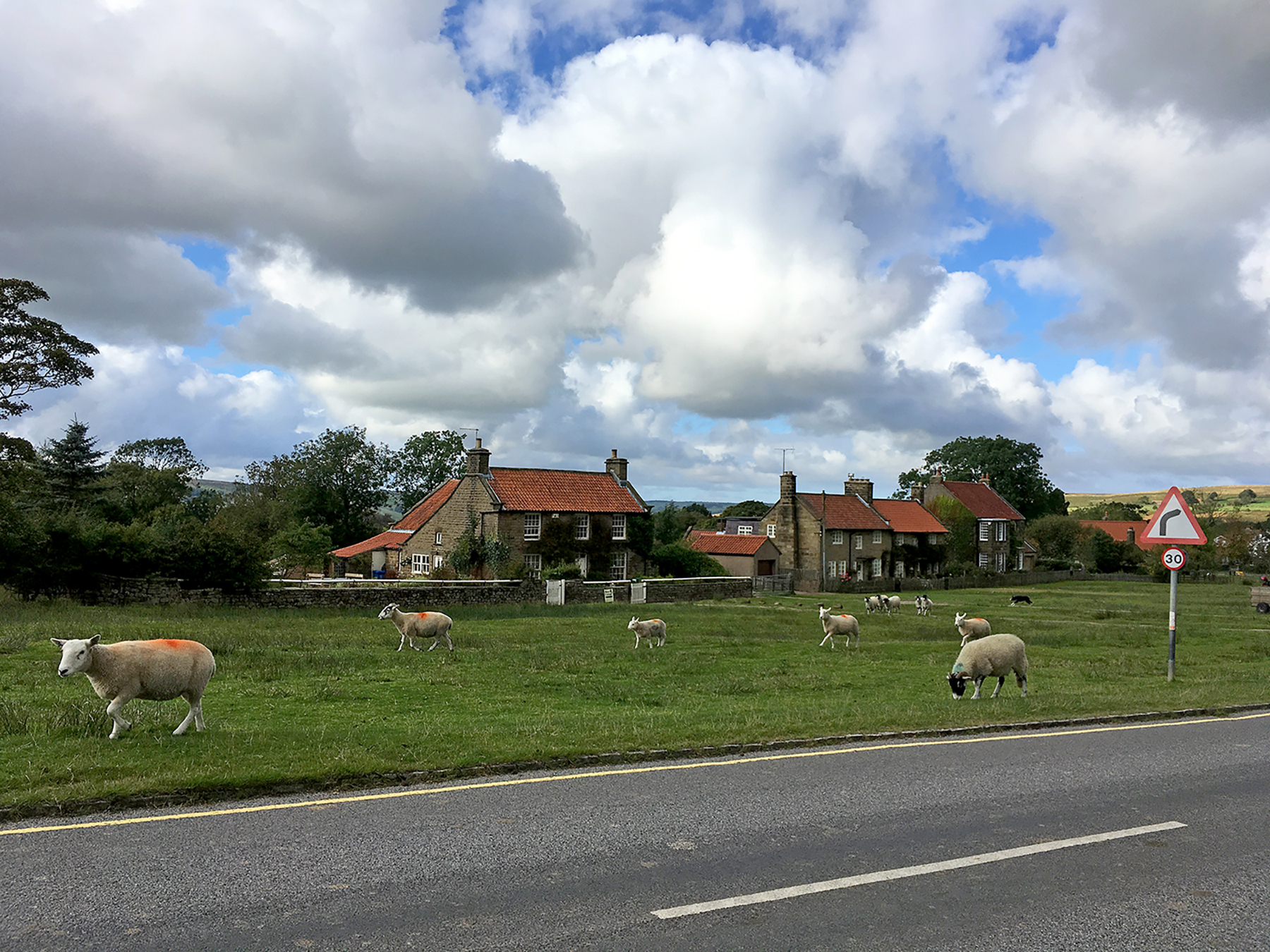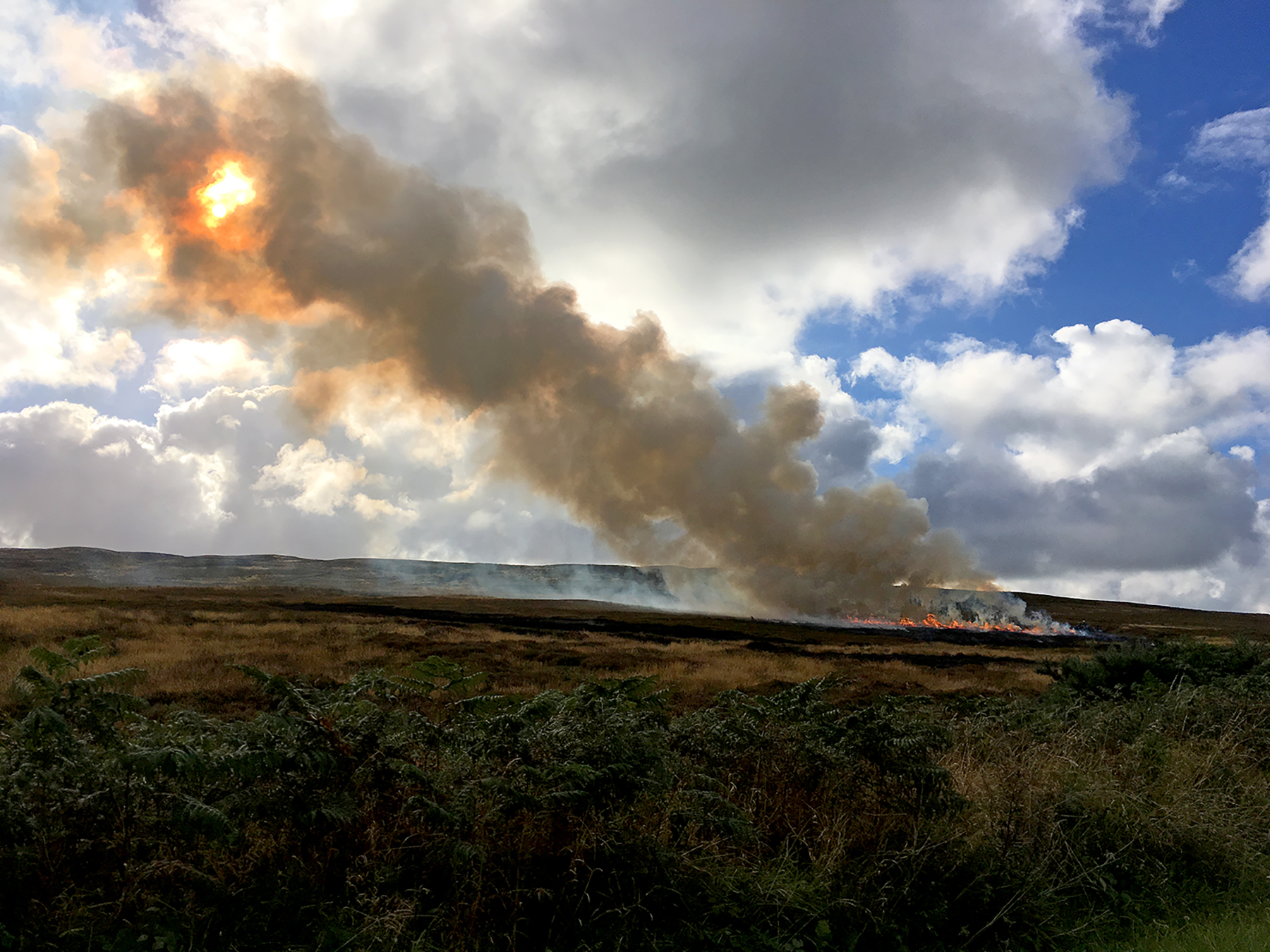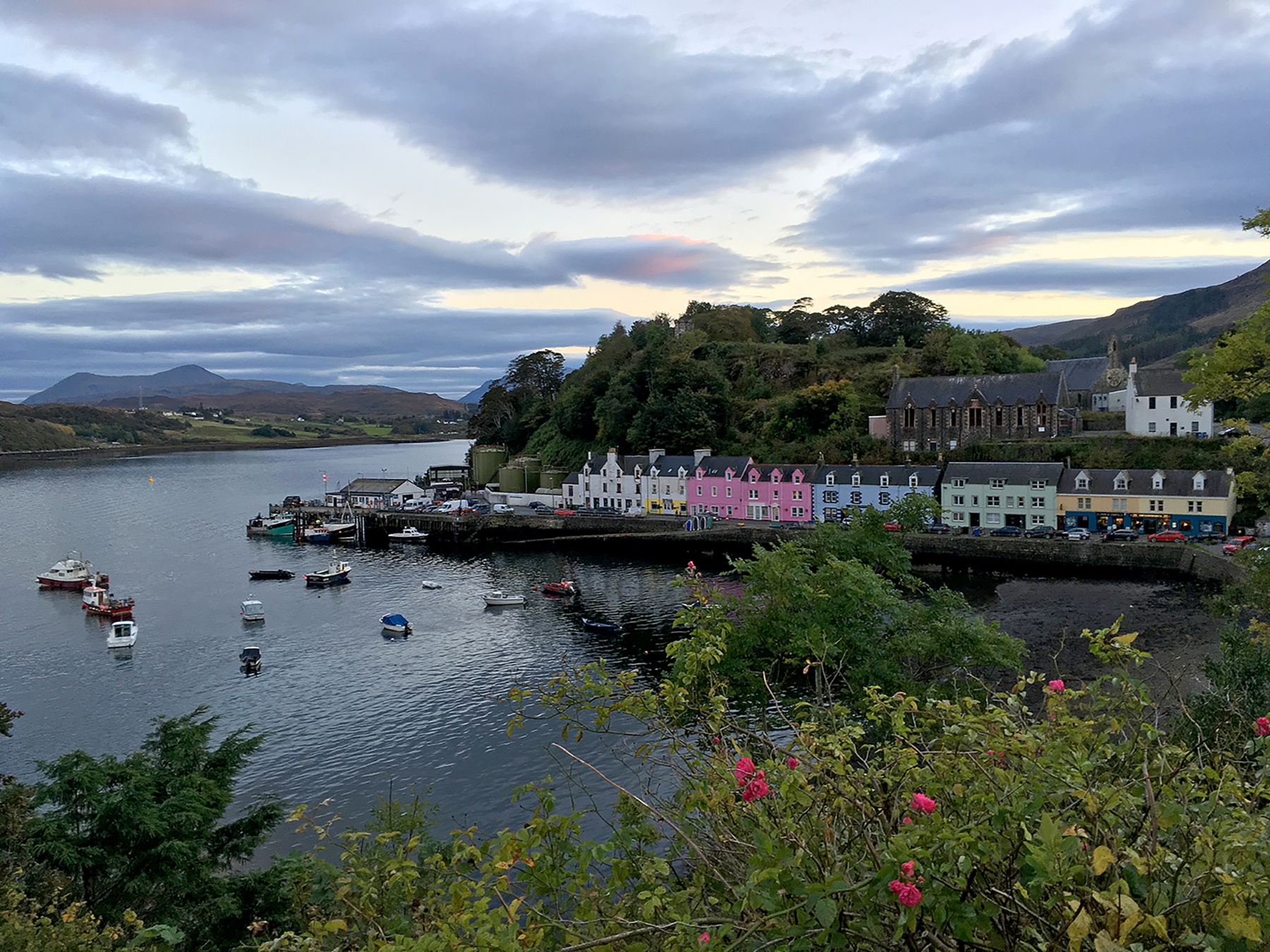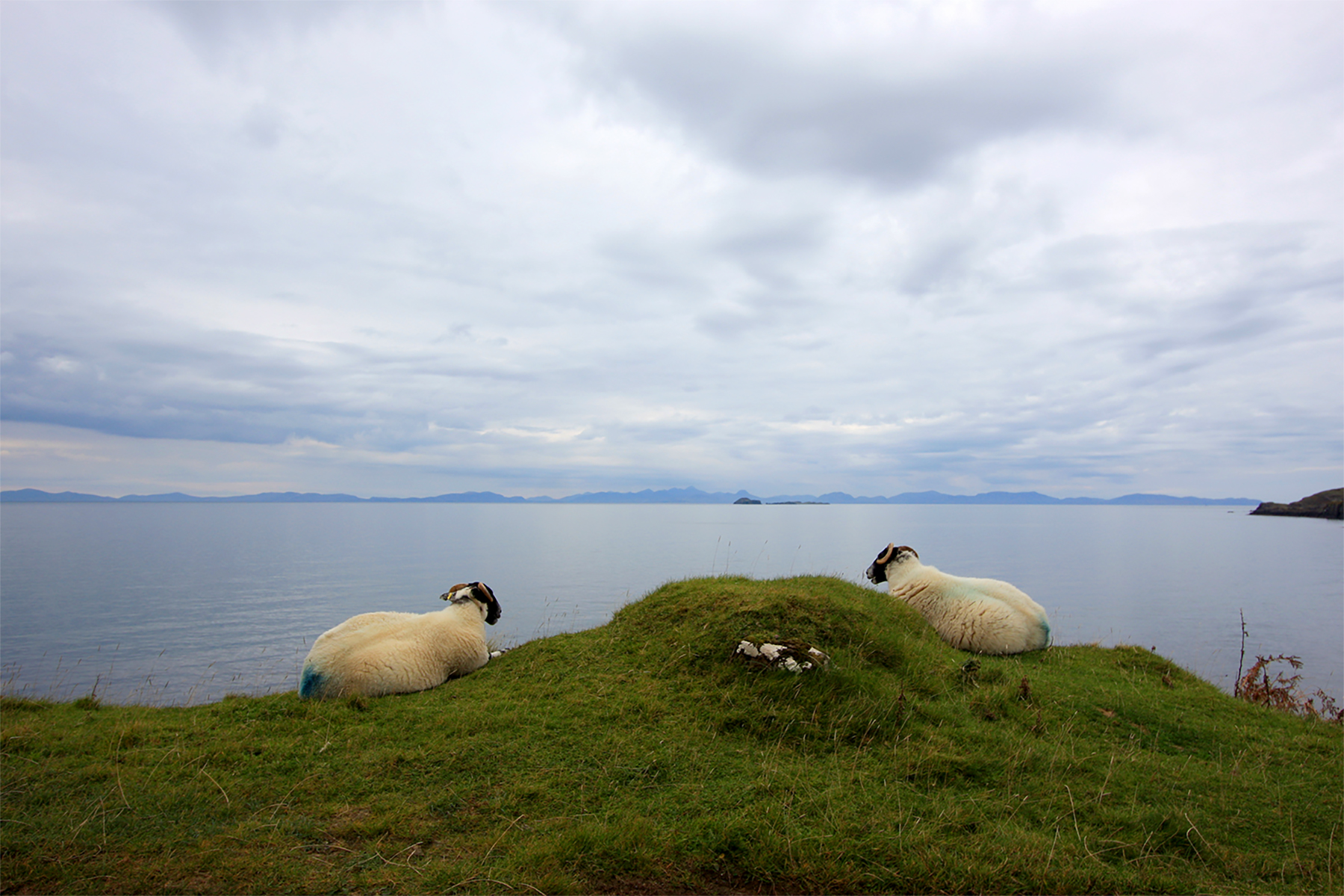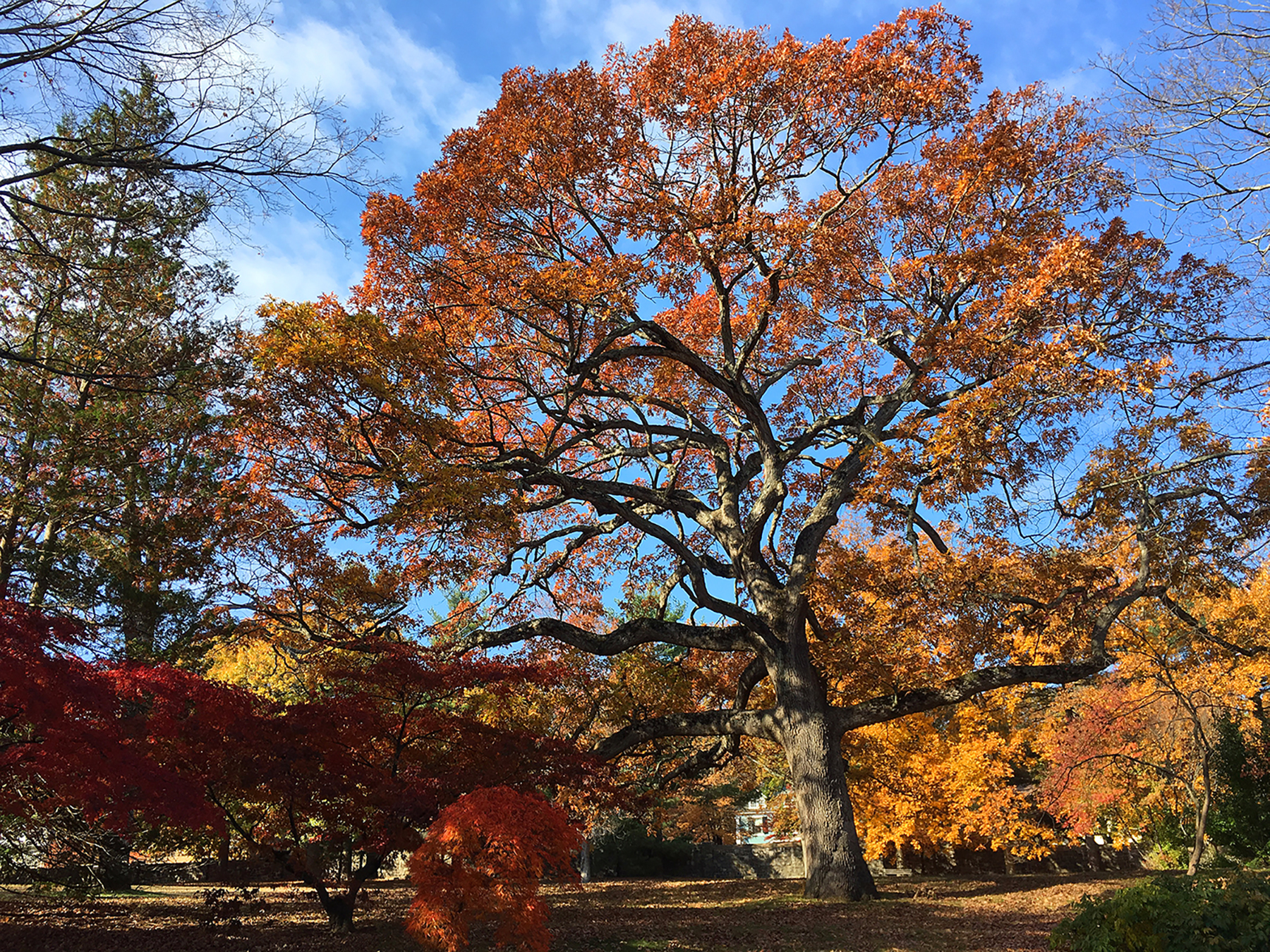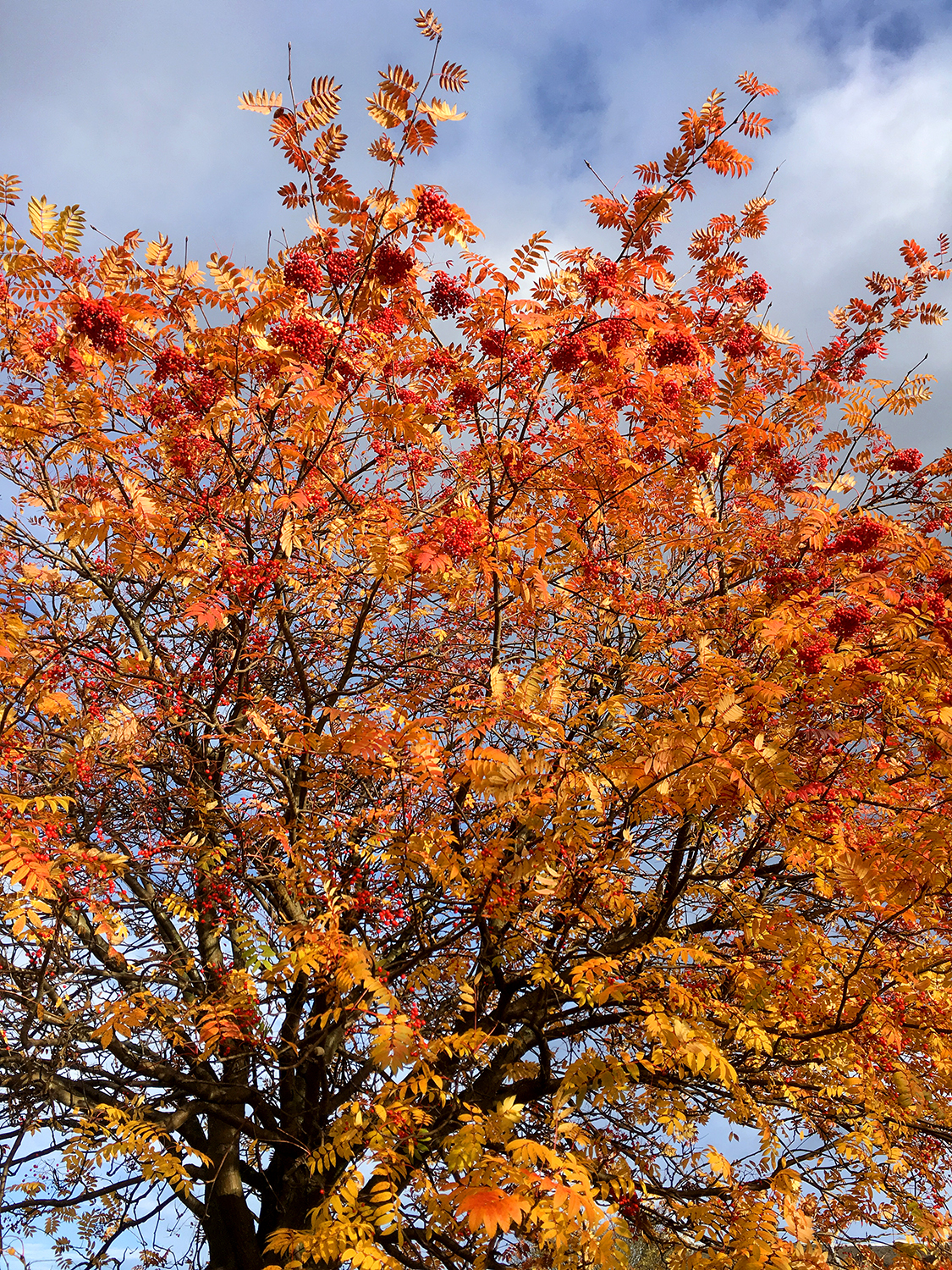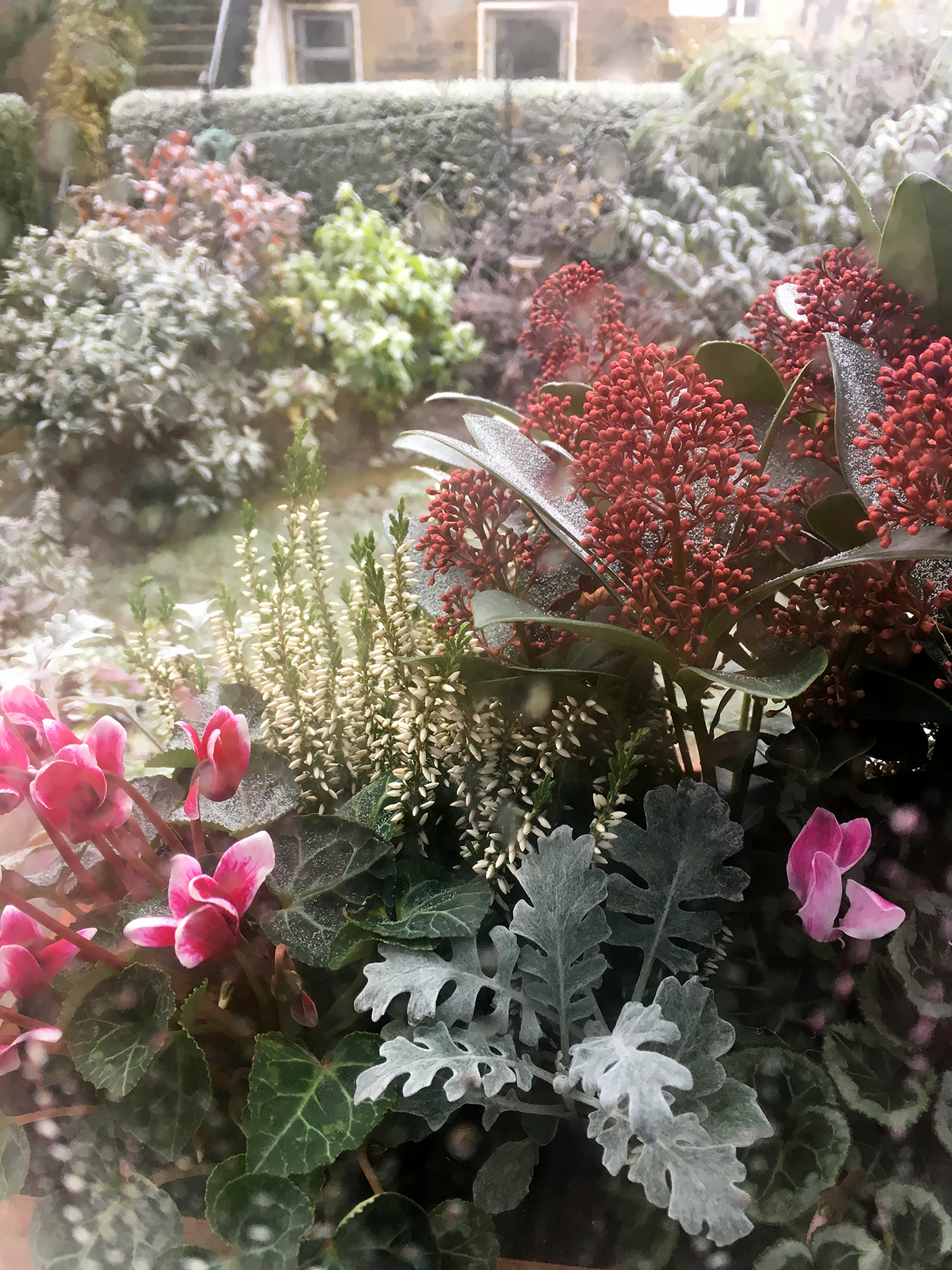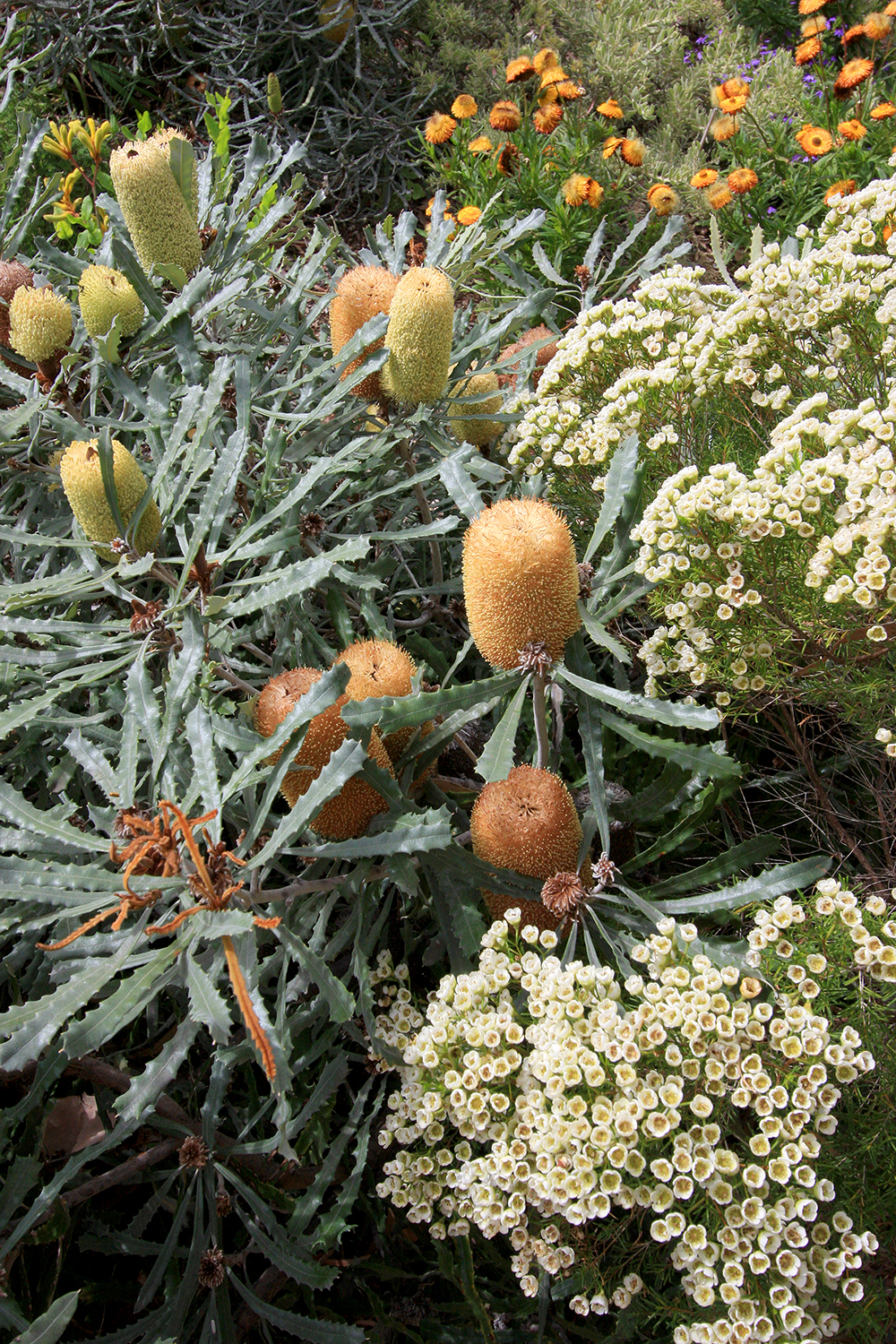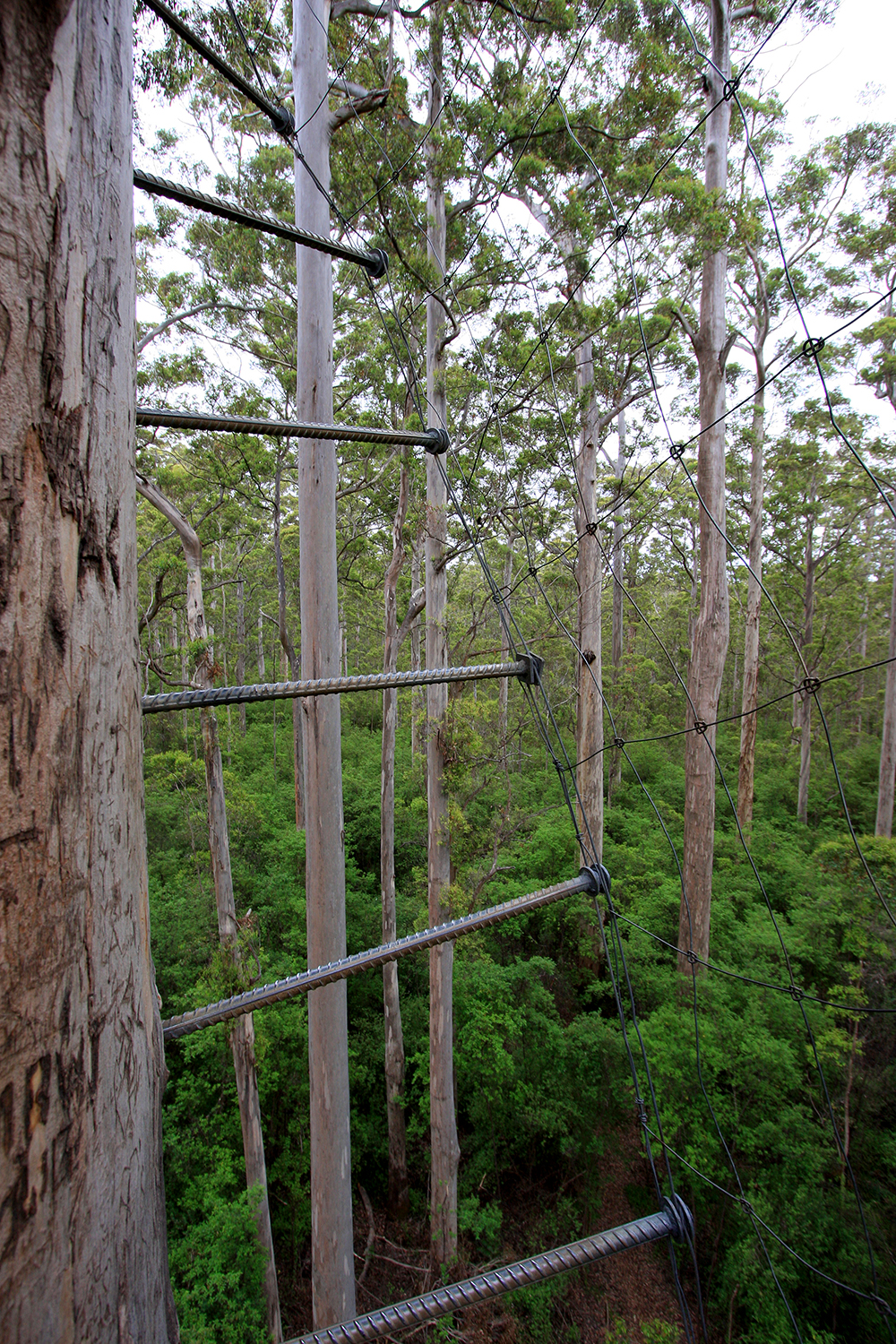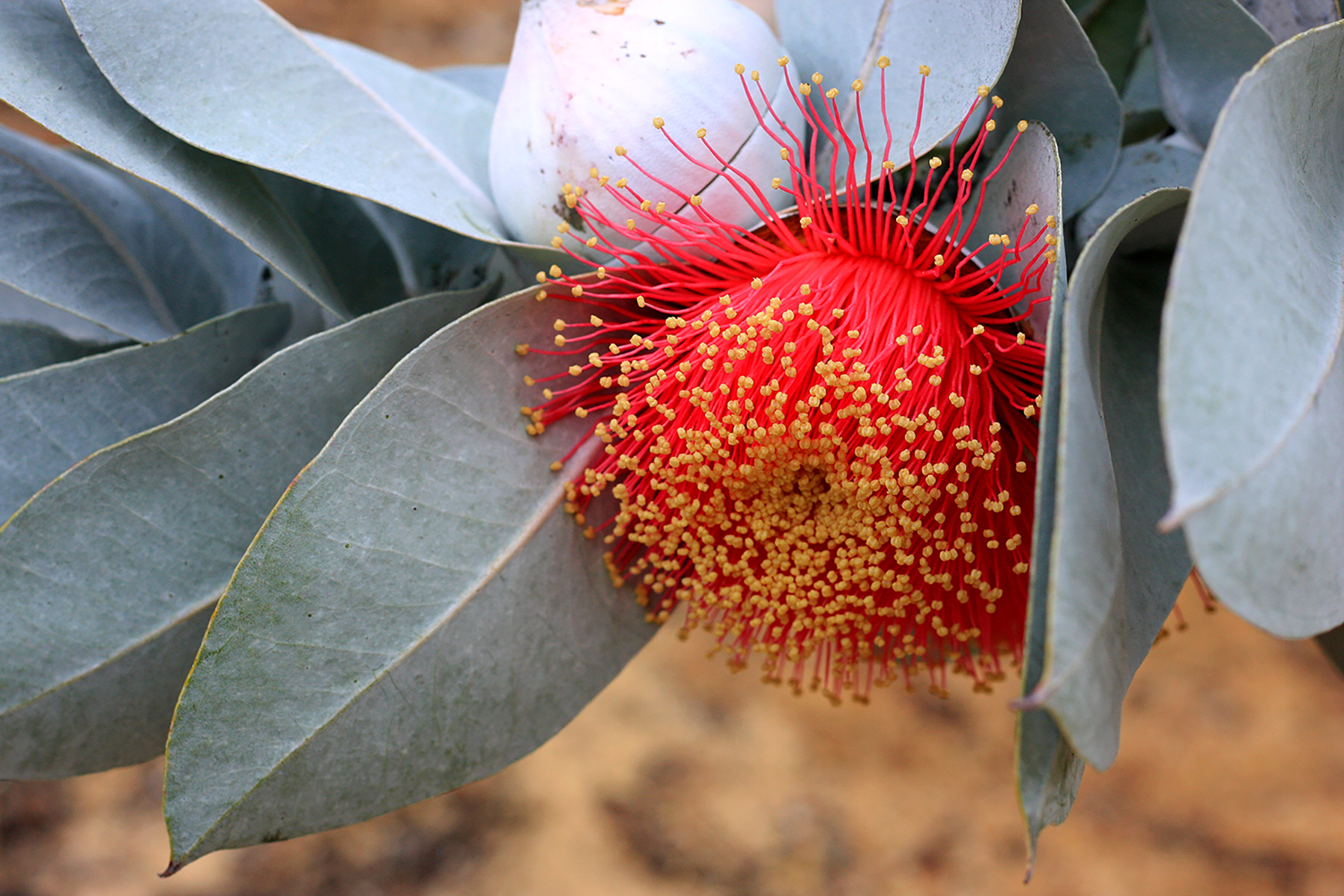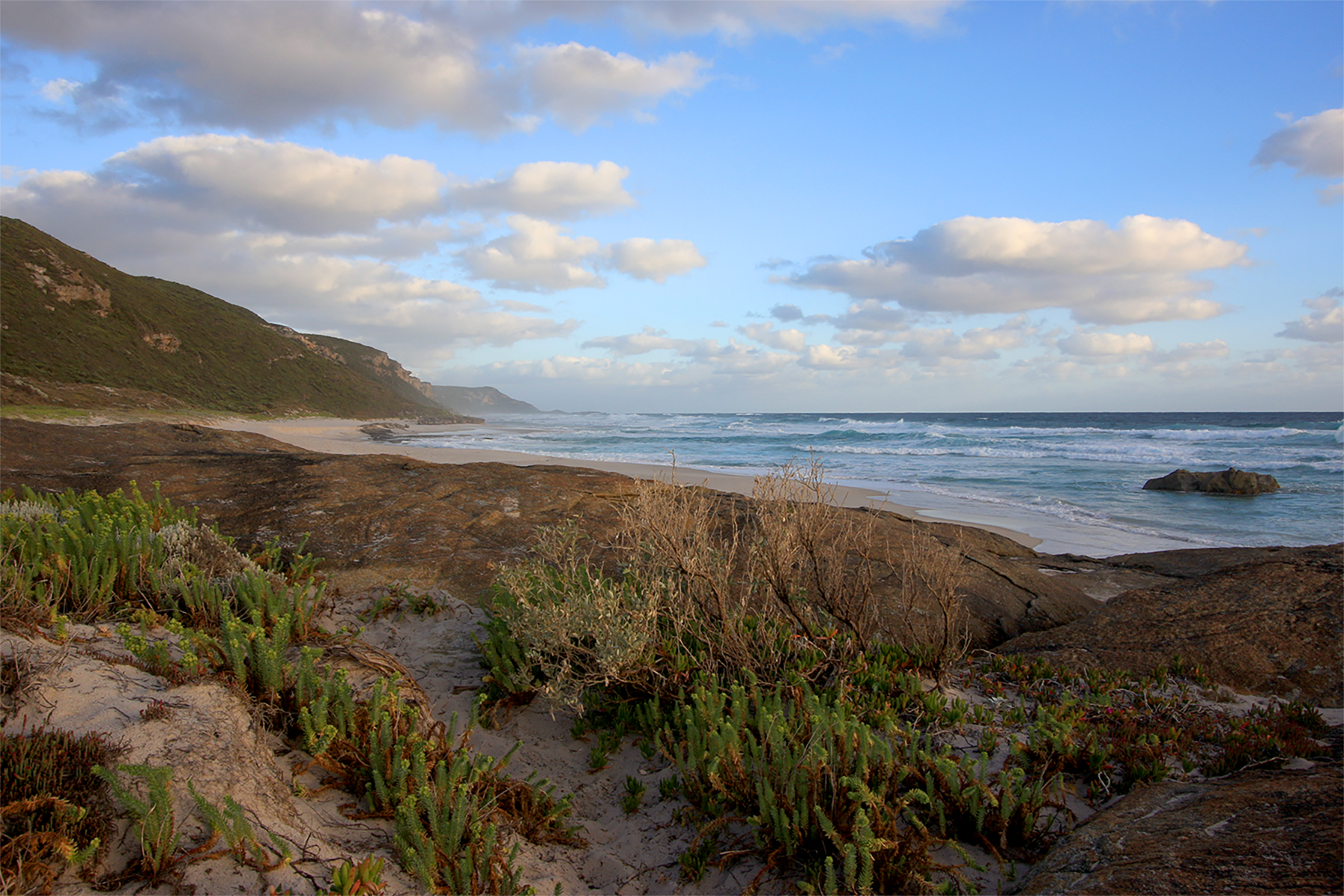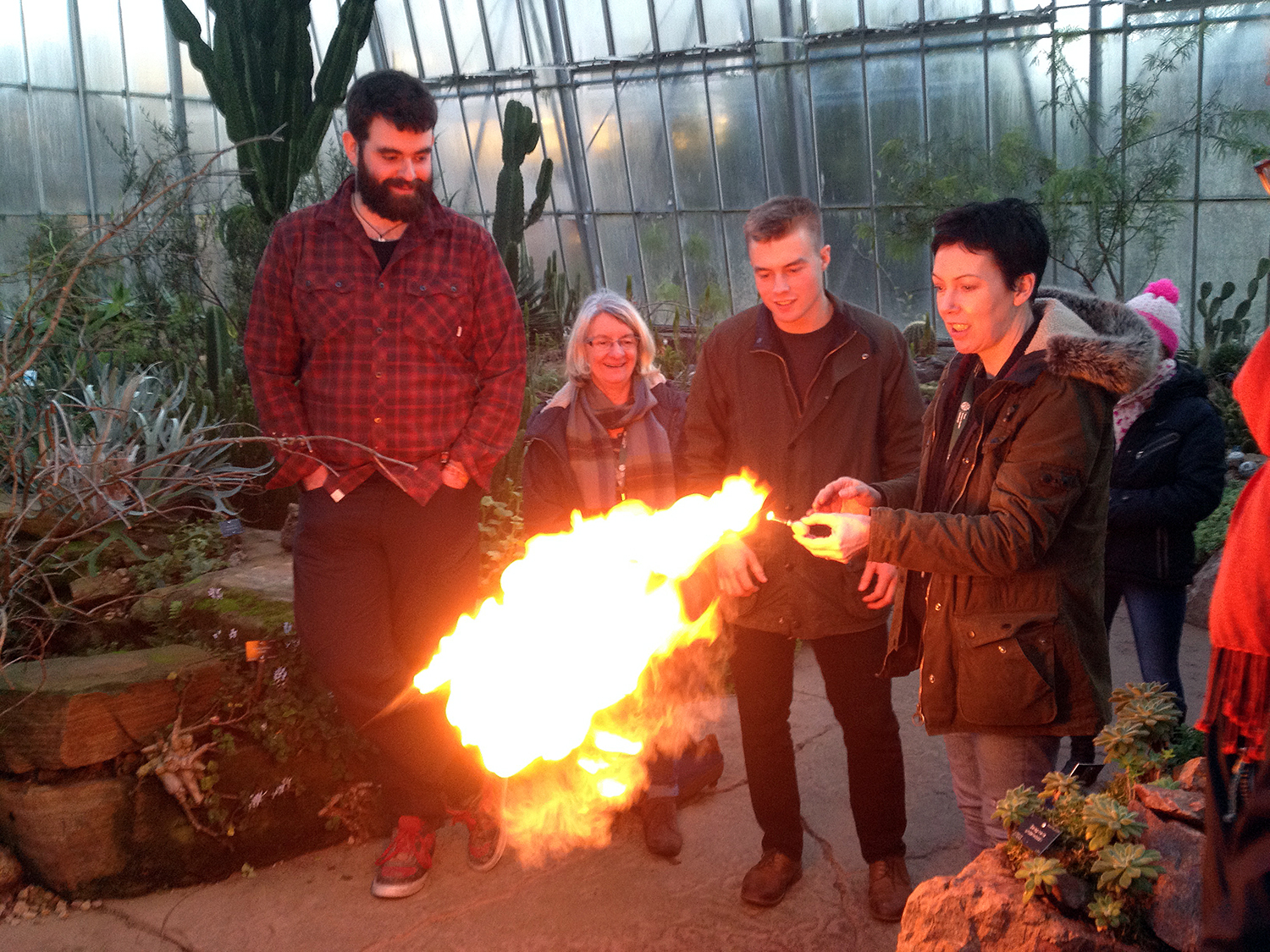Southeast England, and in particular Kent, is known to have strong orchid populations including some species that are rare in Britain. And so it was in the spirit of great plant hunters’ past that my husband and I set out for a day of orchid hunting on May 18. Unlike the collectors who walked before us, our aim was to only botanize and take a few photos, not entire plants. The practice of plant collection can, and historically has, massively damaged native plant populations and their ability to reproduce and survive. As conservation-minded and responsible horticulturists uprooting or picking plants would be the last thing we would do. It is enough to just see these beautiful plants growing wild.
Our first stop was Denge Wood, an ancient semi-natural woodland on the North Downs. We began our walk through a stunning beech forest that was doing just what makes me love beech woodlands so much, creating a dynamic interplay of light and shadow on fresh, new spring leaves. Nothing else approaches the feeling of being in a living cathedral like a beech woodland. The bluebells were just going over but I could tell they had been a stunning carpet below the green canopy.
As we continued walking the forest opened up to include other tree species, including conifers and birch, and more grassland. It was then that we found what we were after: our first Lady Orchid, Orchis purpurea, growing tucked up right next to a yew. It was huge, with a raceme that was about eight inches long. You can see how the orchid gets its name—look for the lady in her dark bonnet and fluffy skirts.
As we continued along the track we met an older man walking the unlikely combination of an Afghan hound and a miniature poodle. We stopped to chat and as he’d visited the site for years he filled us in on all the orchids in the area and what we could expect to see. Once he learned we were botanists he fed us all sorts of intel about orchiding in Kent. Then he motioned us toward Bonsai Bank, where our horticultural lives changed forever.
The open forest/scrubland was full of Lady Orchids as far as the eye could see. In addition to Lady Orchids we saw many Common Twayblades, Neottia ovata, which are easily overlooked because they are the exact color of the surrounding grass. Once you “get your eye in,” they are easy to spot by their relatively large and rounded leaves.
While I was photographing the orchids I heard a rustling nearby and just caught this grass snake navigating under a thick layer of moss. In the almost five years I have lived in Britain I have seen only two snakes, both tiny and inconspicuous, as well as one slow worm (a legless lizard). Coming from a land where snakes are usually much larger, sometimes venomous, and have a penchant for living around human dwellings I admit the relatively smaller size and harmlessness of British snakes is one of the things I love about living here.
We continued on walking amongst the orchids, enjoying a display that had us both in awe. I really enjoyed seeing the variation in the Lady Orchids. Some were almost white and others deep purple. They were so thick it was hard to photograph them for fear of treading on others, or the later-flowering species yet to come.
There were a few other orchid enthusiasts on the bank, mostly men with great big camera gear, but it was quiet enough that we could easily be alone with the orchids. A very common plant in this area is a native British dogwood, Cornus sanguinea, growing at the base of the Lady Orchid below.
The man we met on the path had told us that a White Helleborine, Cephalanthera damasonium, had been spotted in this general area but was hard to find. And wouldn’t you know it, I found two while wandering alone down a path. They were growing right next to a Lady Orchid and a Common Twayblade, with other, later orchid species waiting to flower. Three orchid species in one photo is a pretty great find. Can you spot the White Helleborine and Common Twayblade, below?
We brought along a text we spent a lot of time with while studying botany at the Royal Botanic Garden Edinburgh: The Wild Flower Key by Francis Rose. It takes a bit of practice to learn to use a floral key, as well as a good understanding of plant anatomy in order to differentiate your sepals from your stipules. But with time it is an excellent way to correctly identify specimens. Here we’re working on IDing this yet-unflowered orchid.
We had a few more stops planned on our great orchid-hunting day, so with reluctance we left Bonsai Bank and hiked back out through the magical beech woodland.
In Part 2, we continue our day of orchid hunting in Kent with some new discoveries and a woodland so beautiful it put everything at Chelsea to shame.
